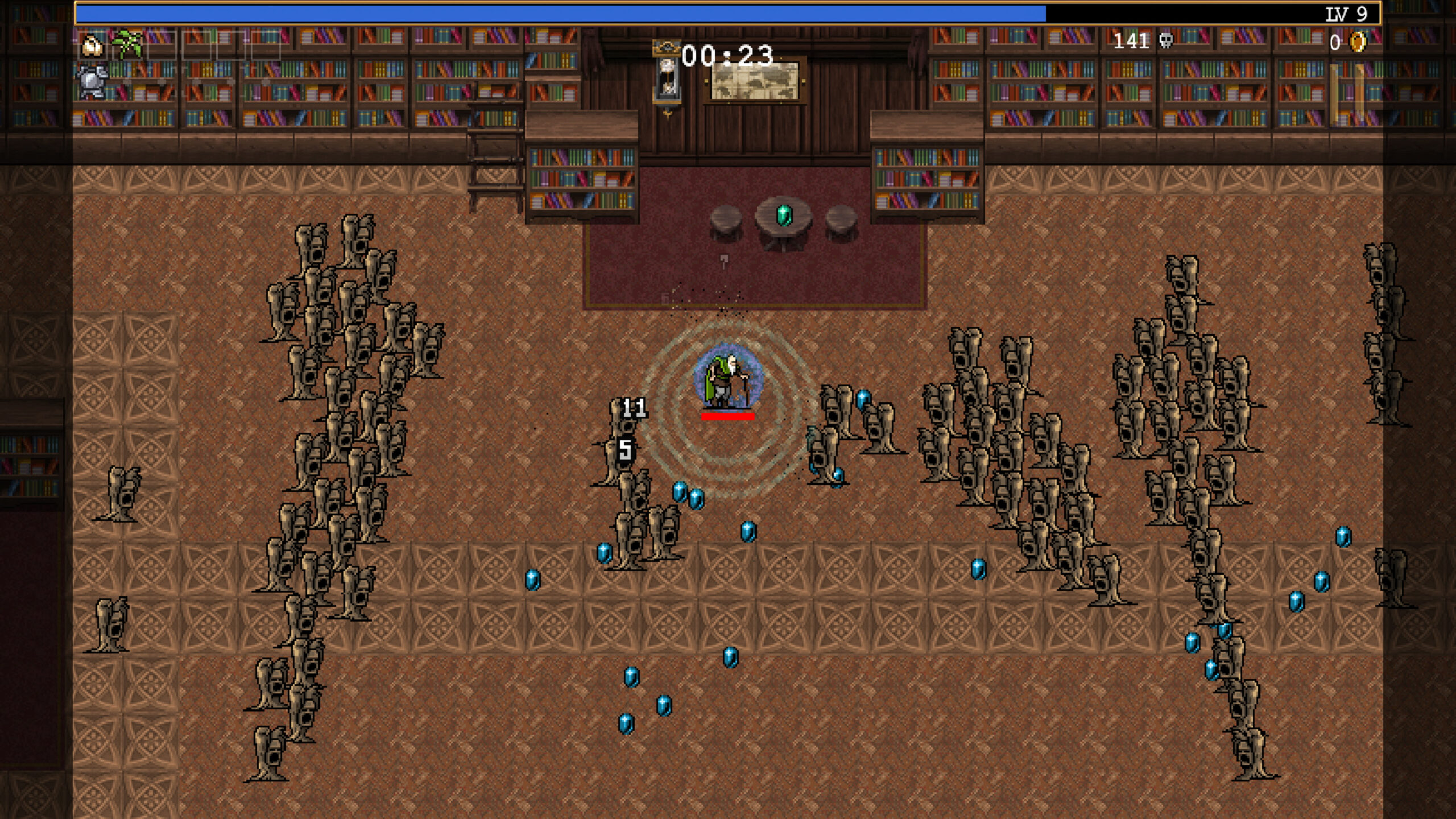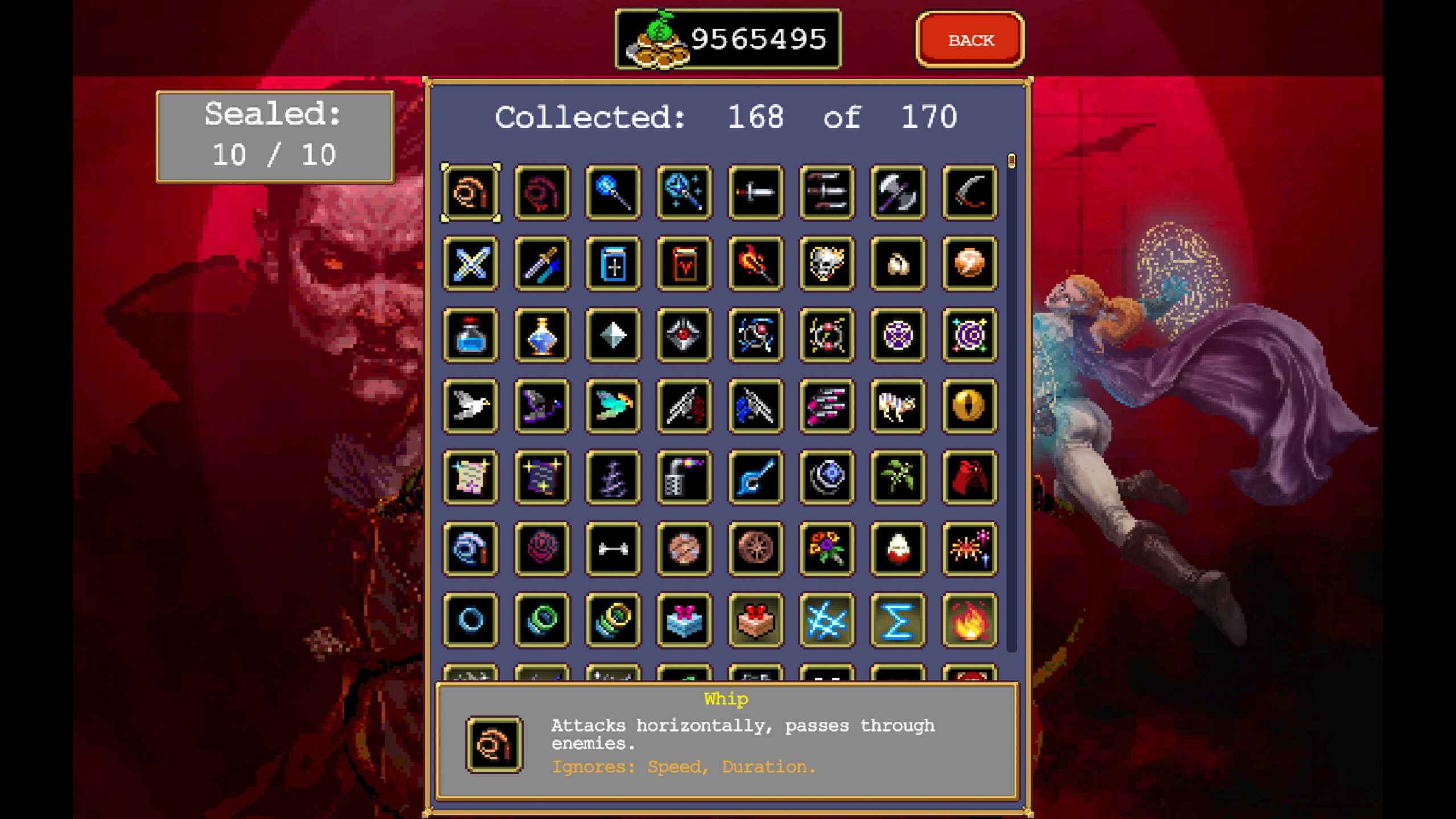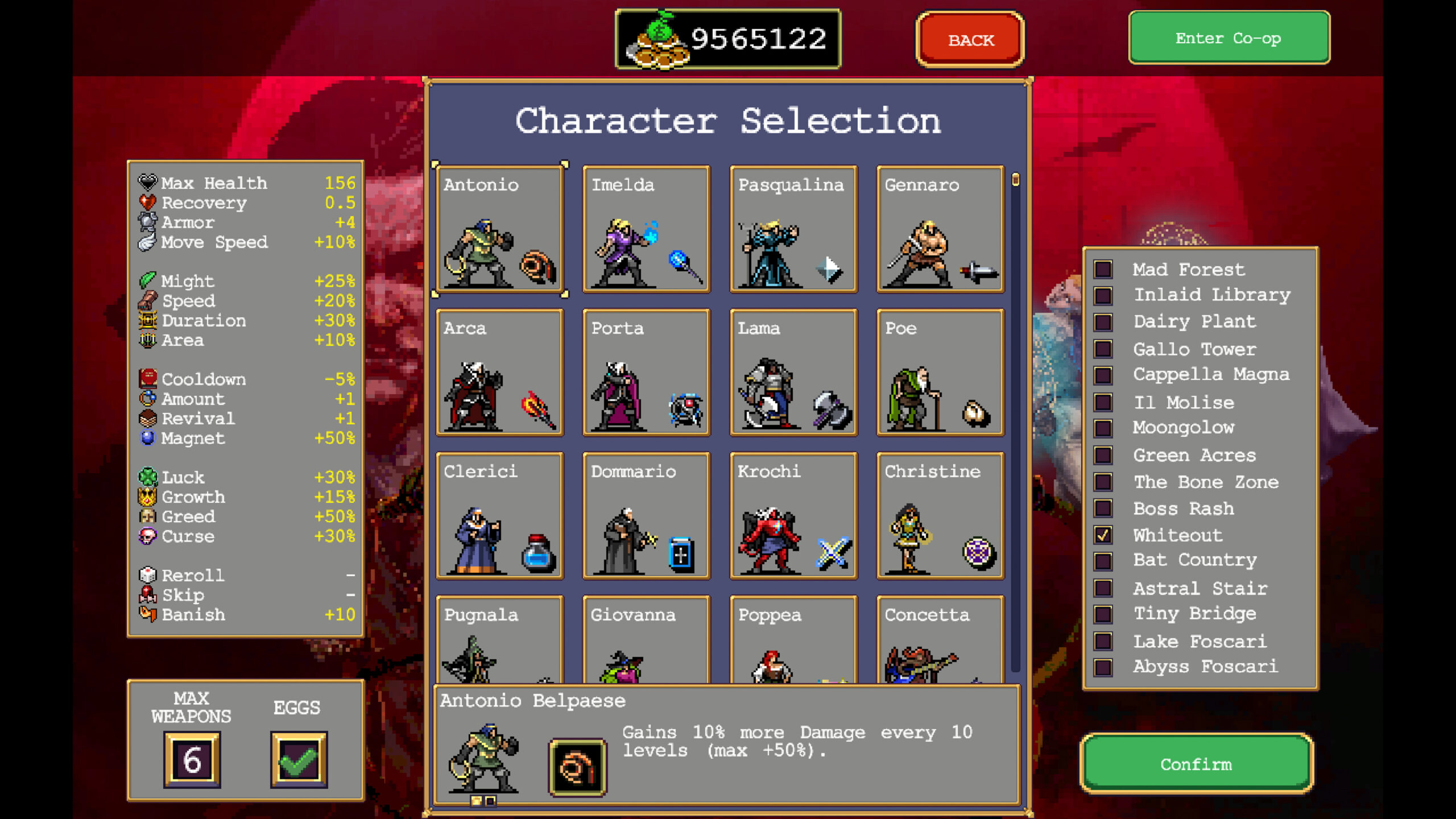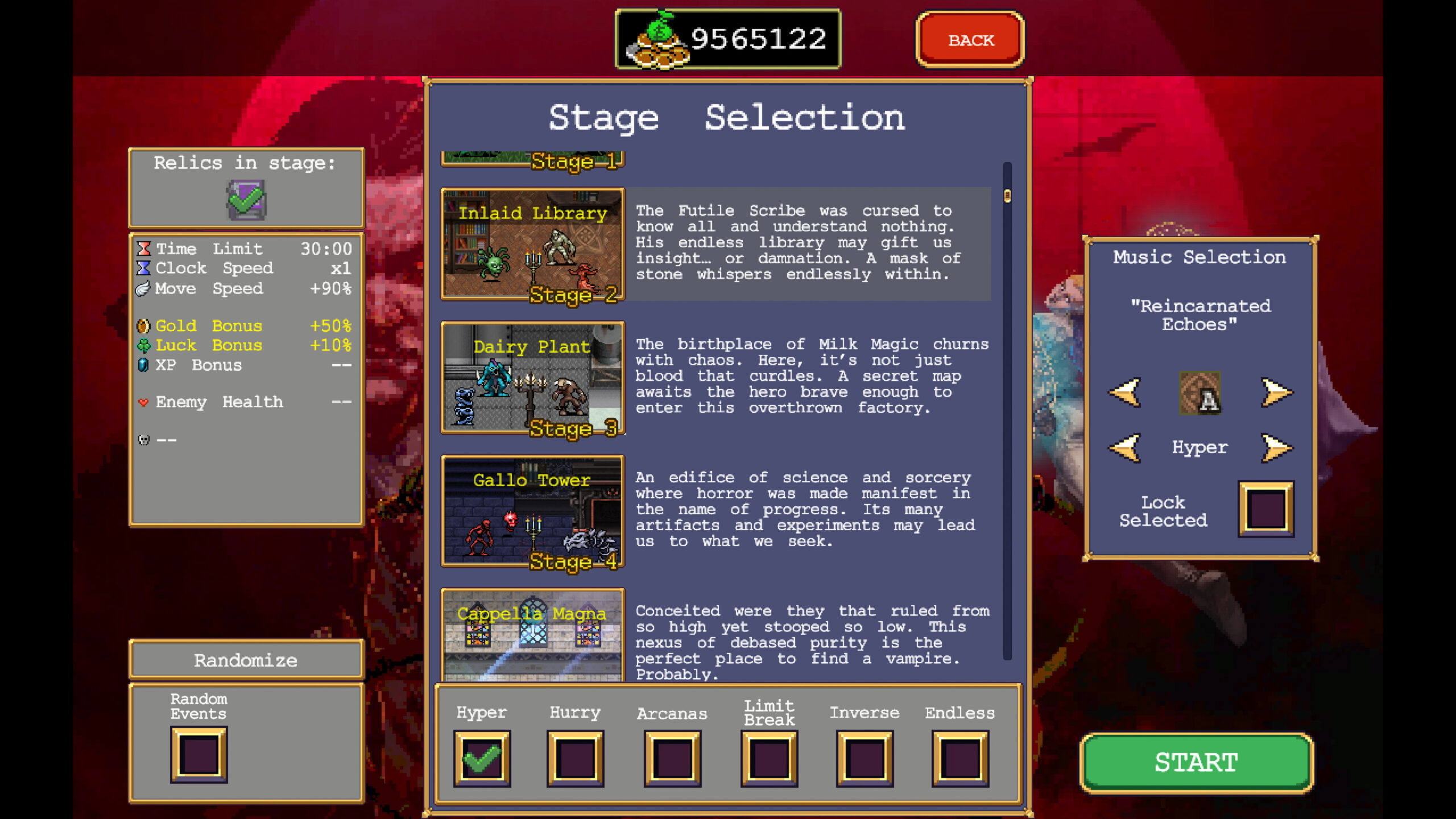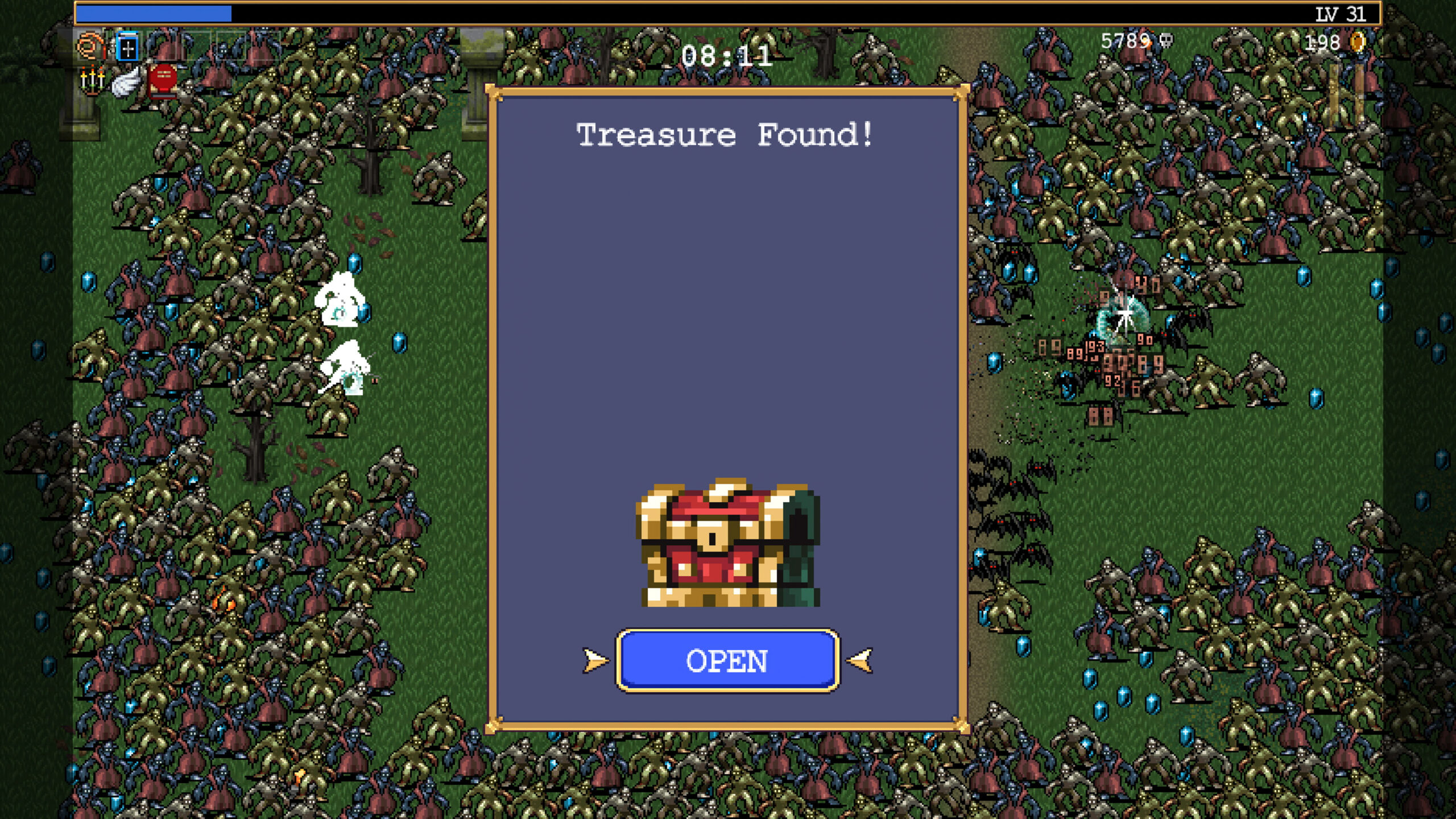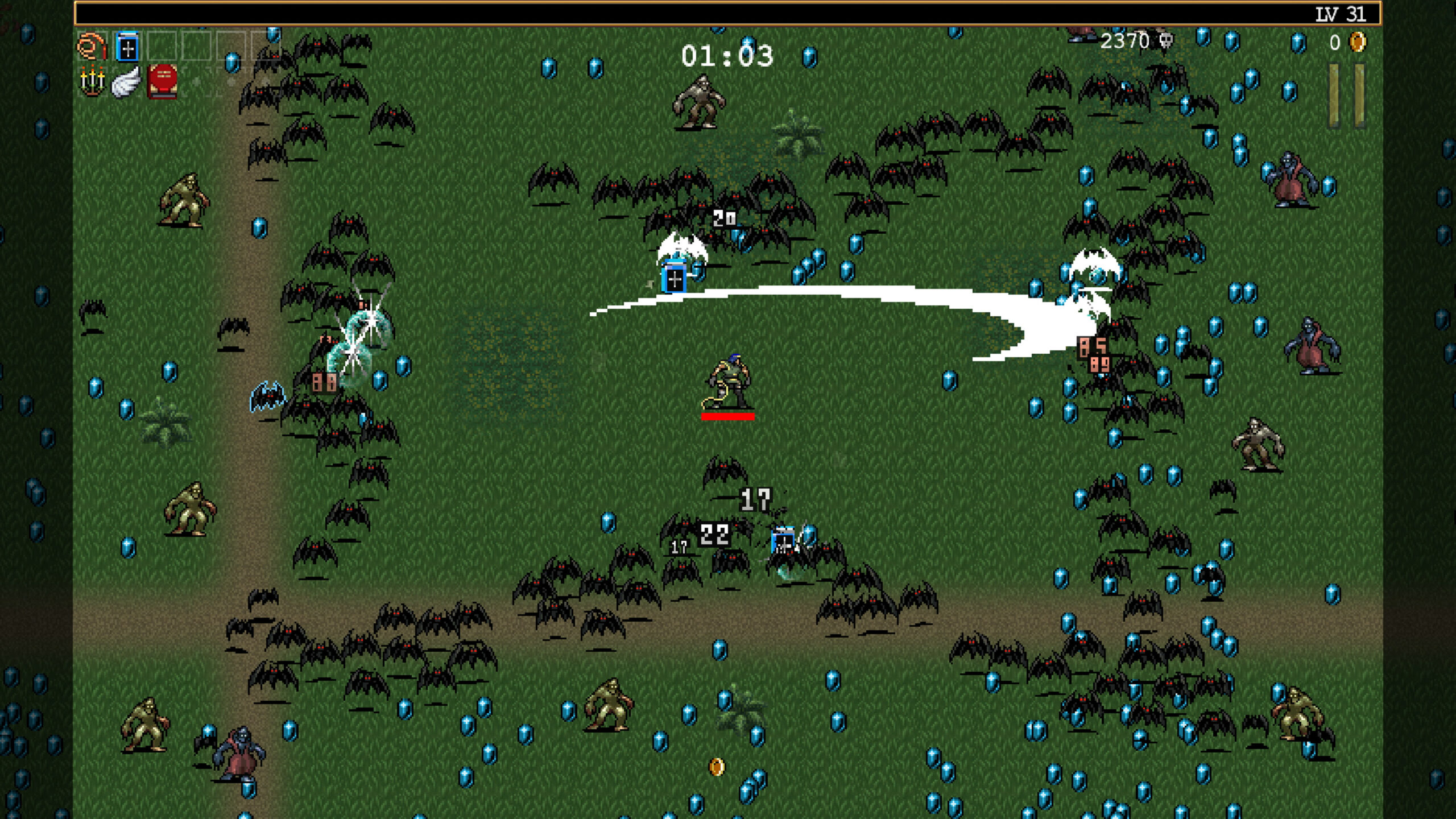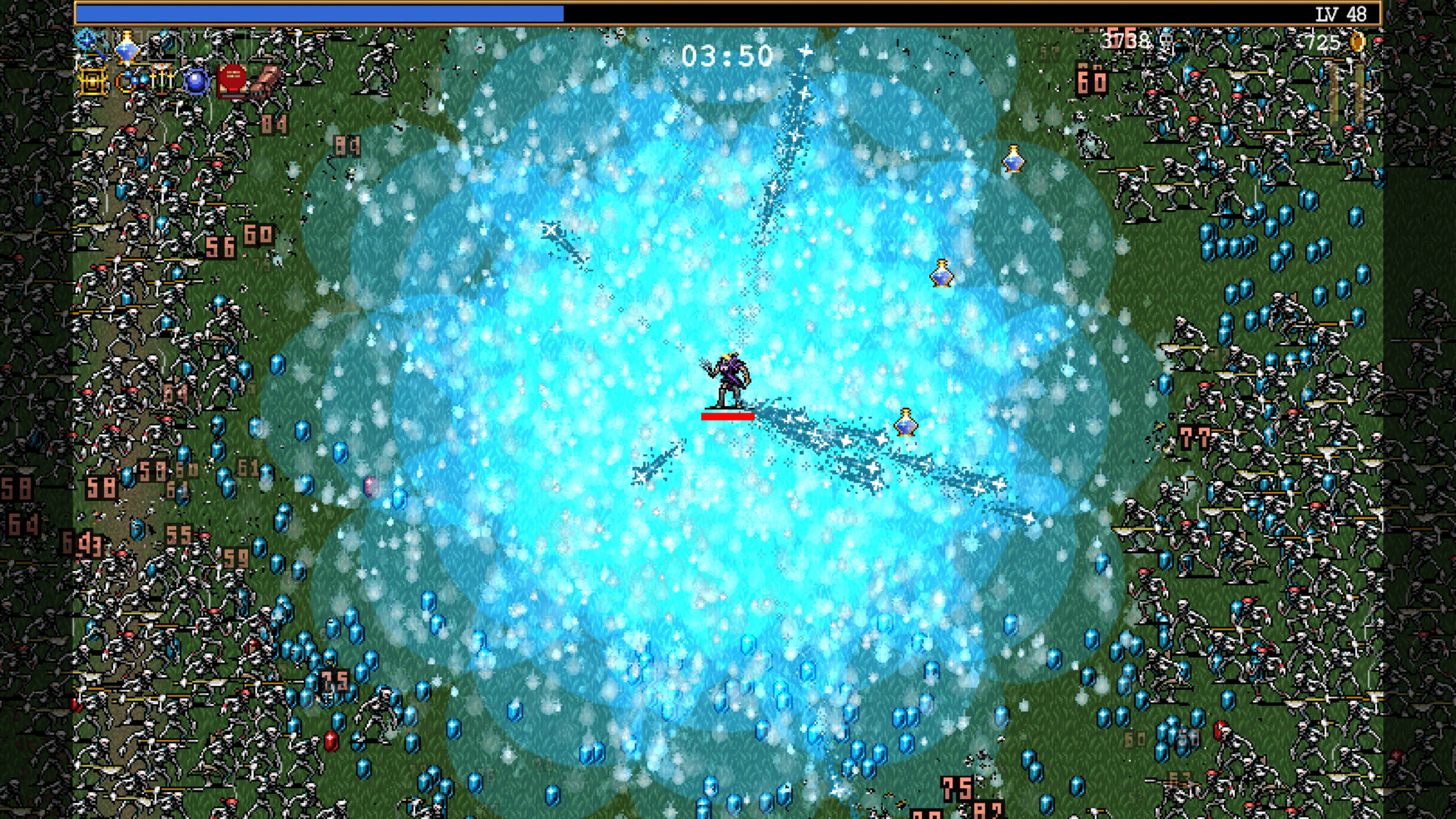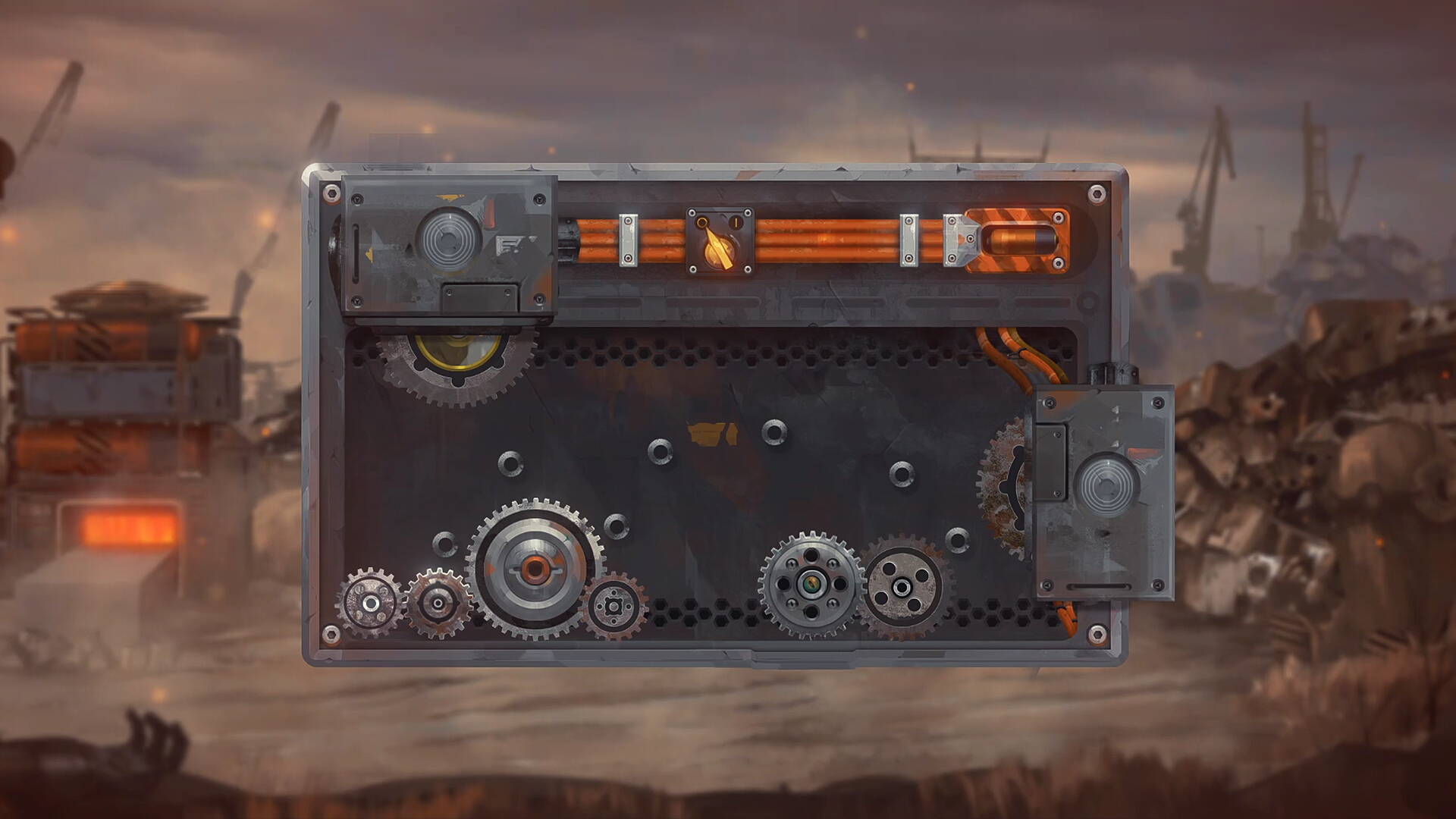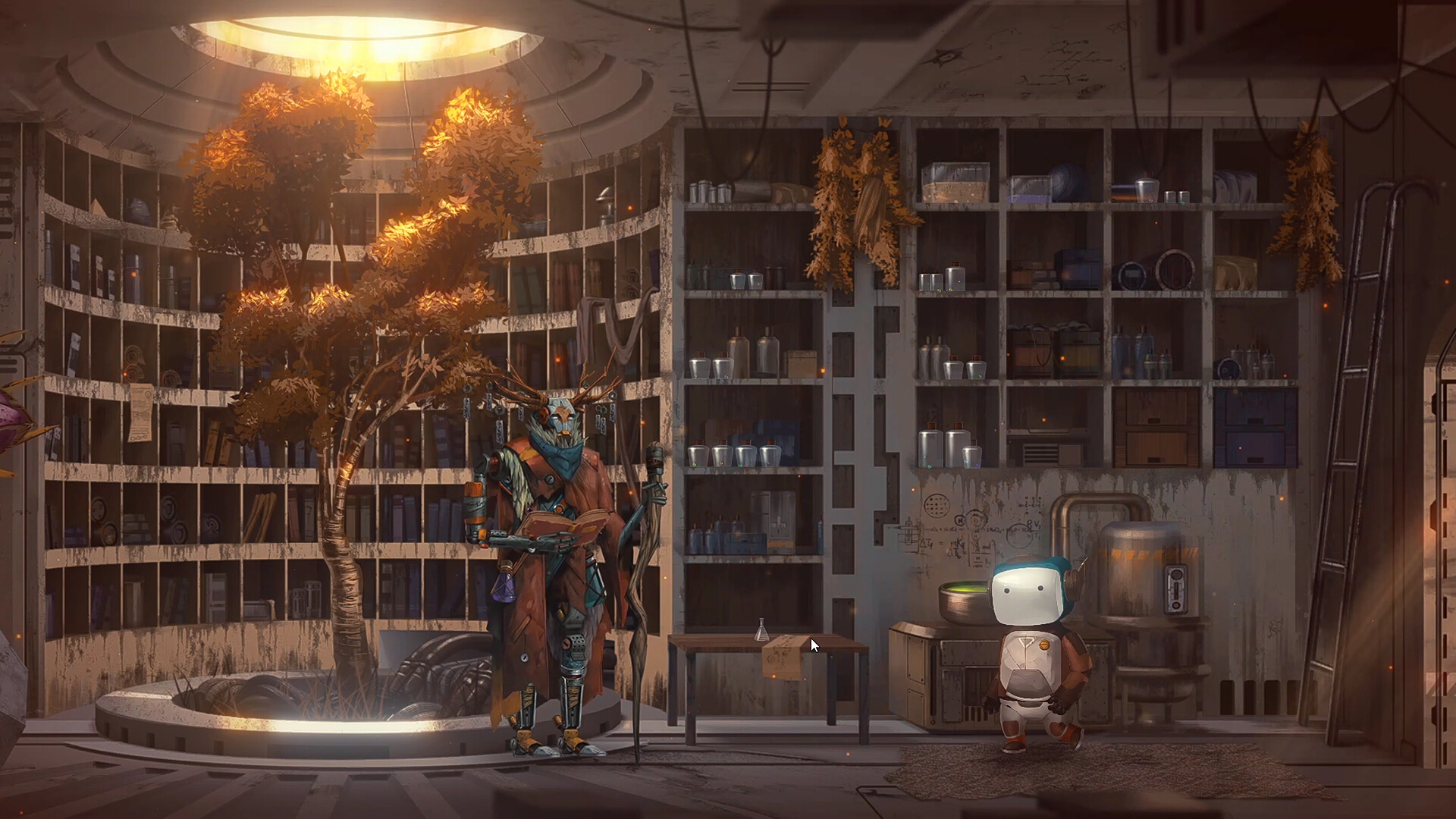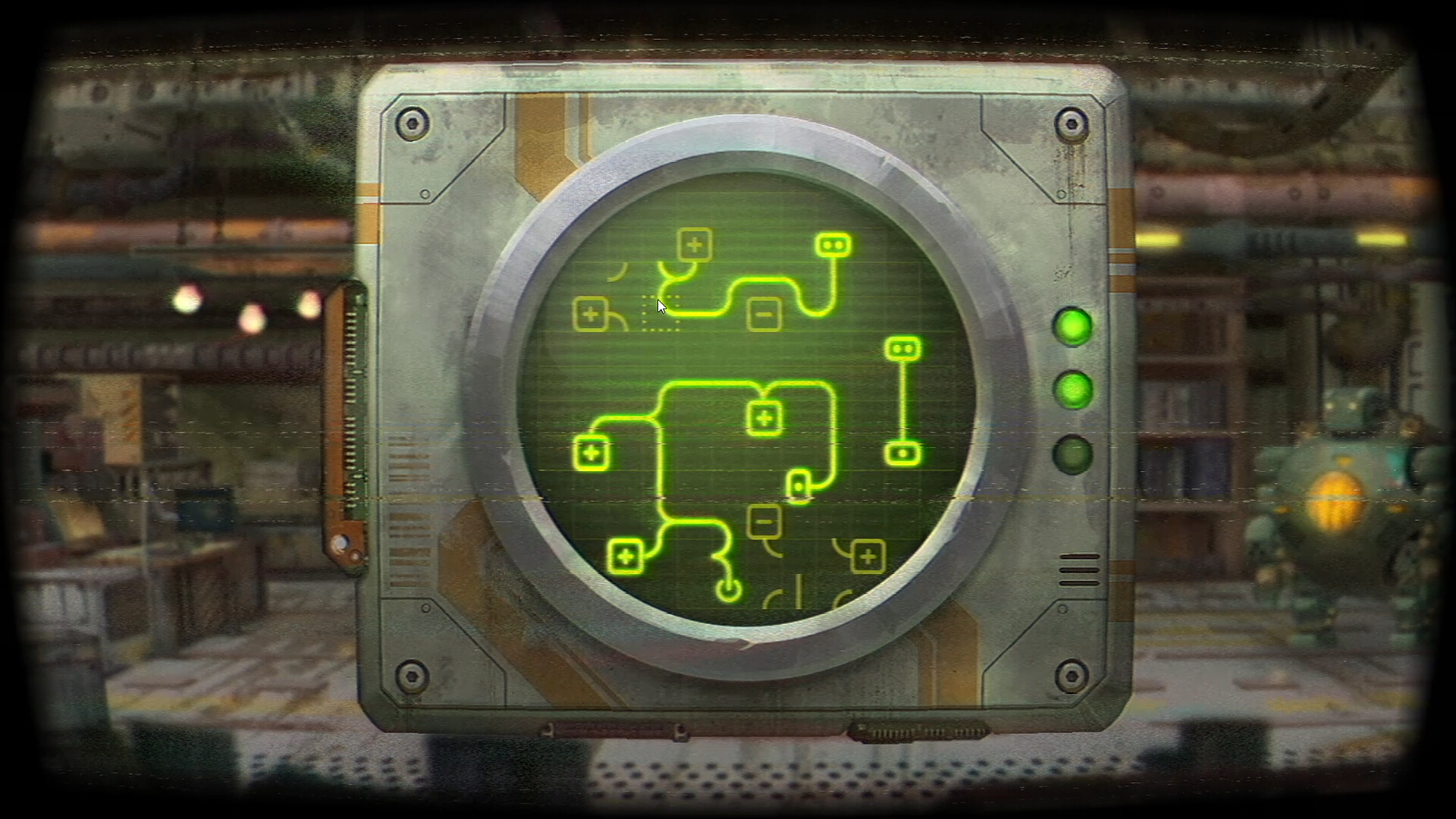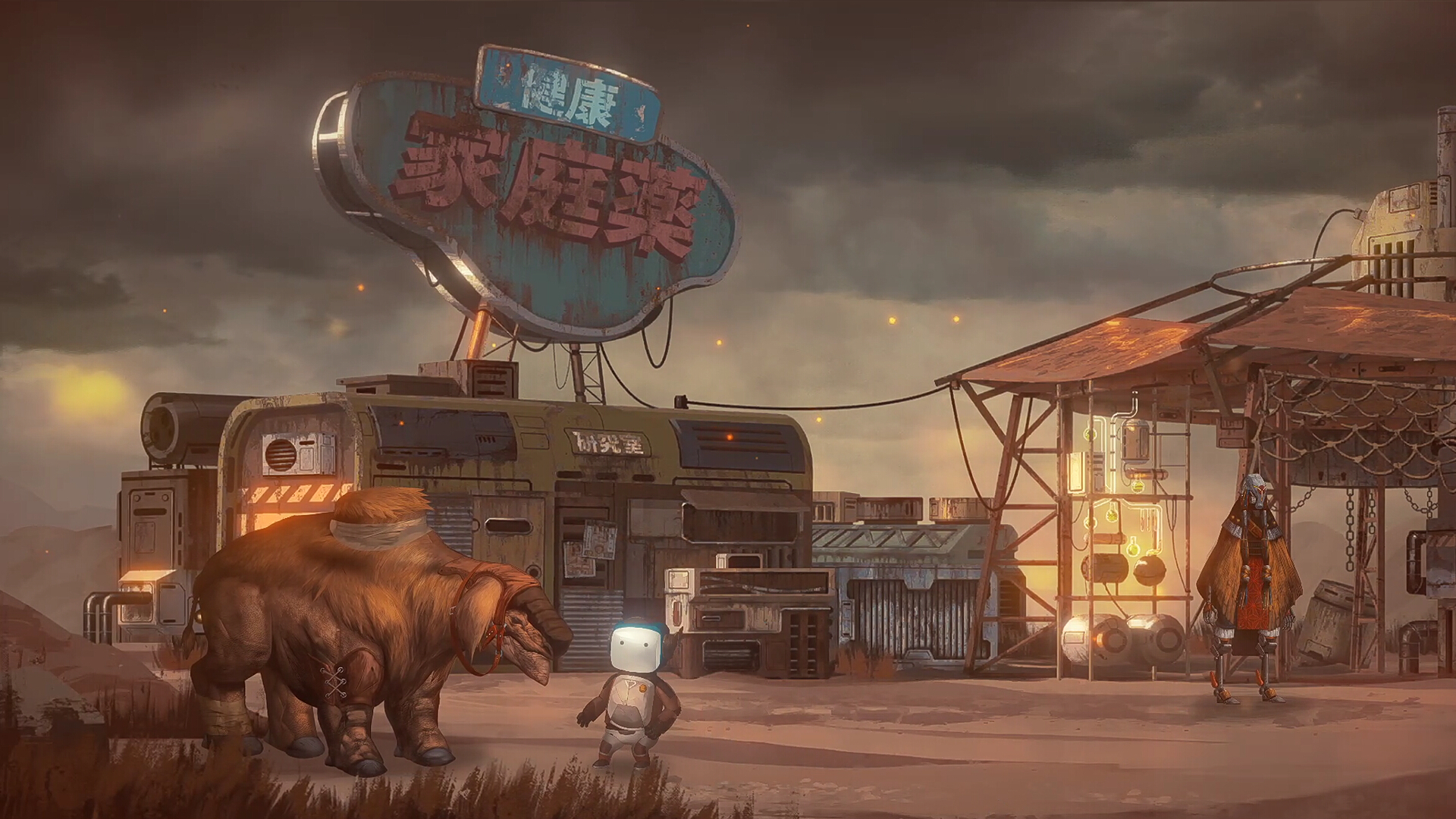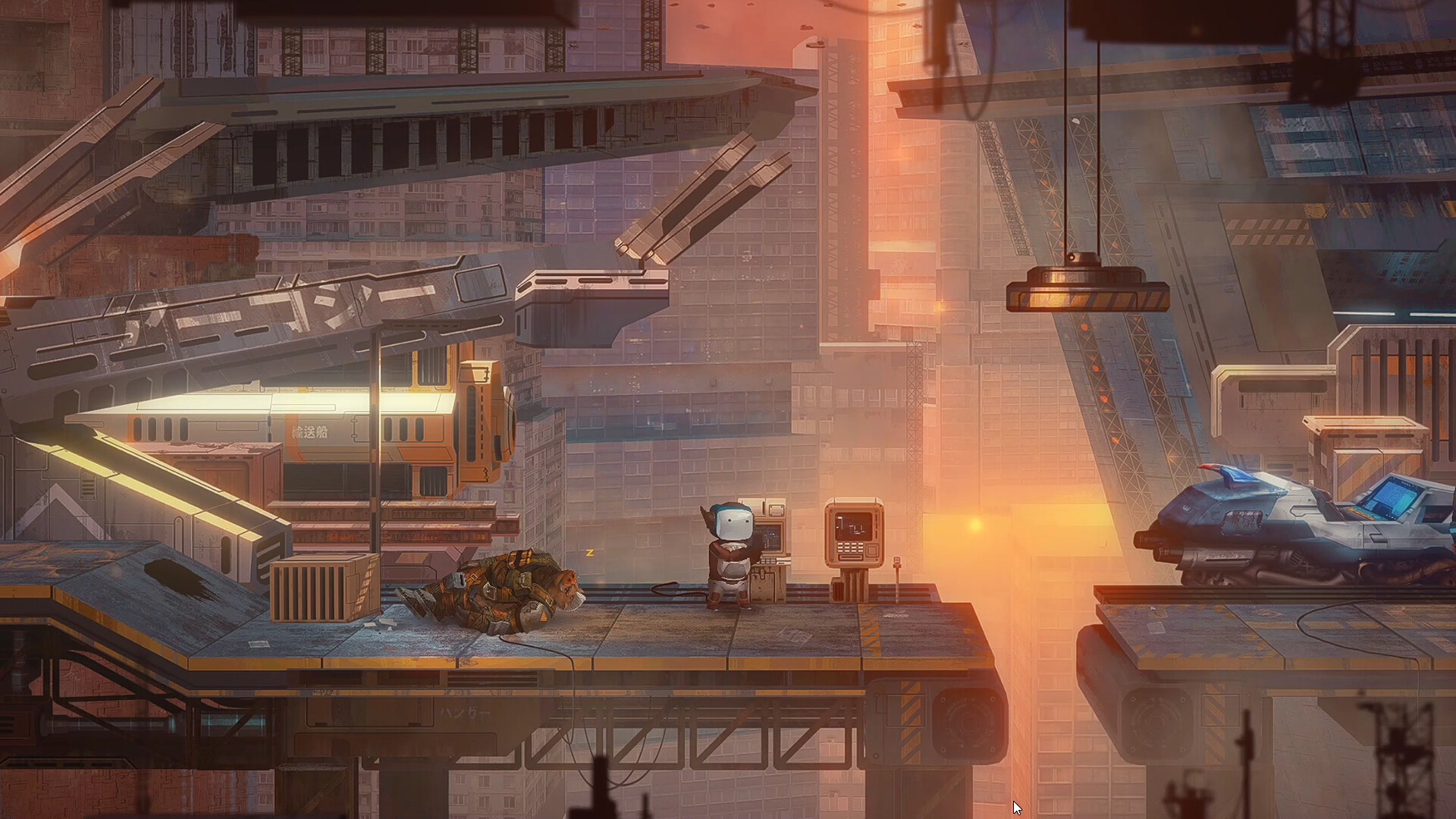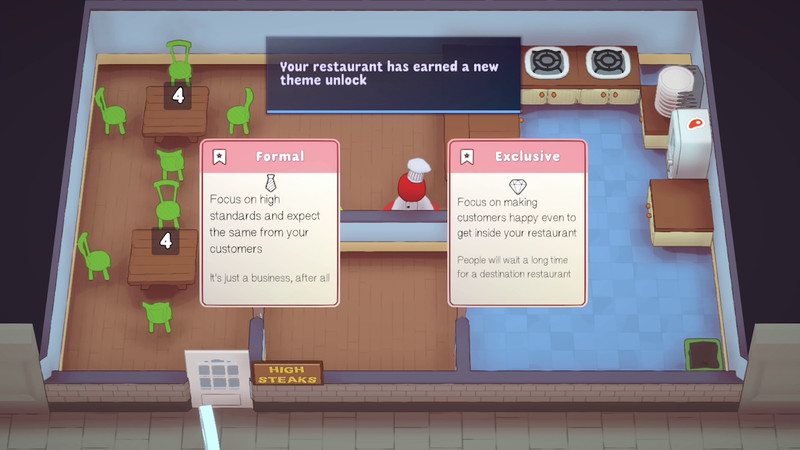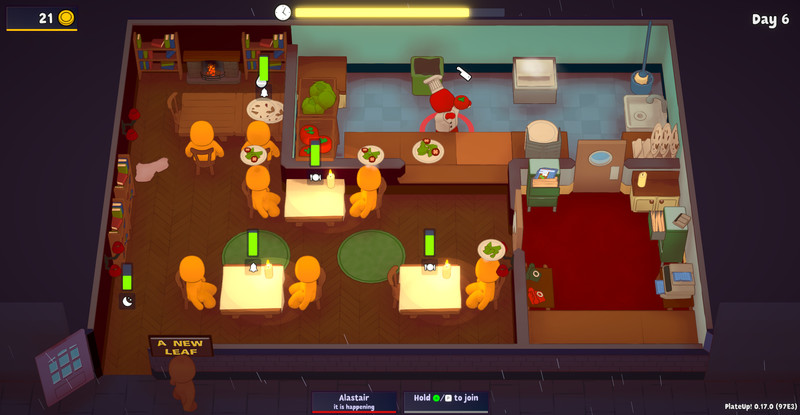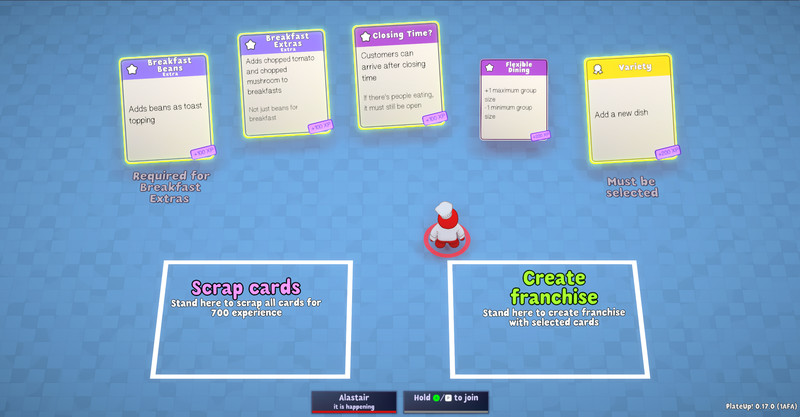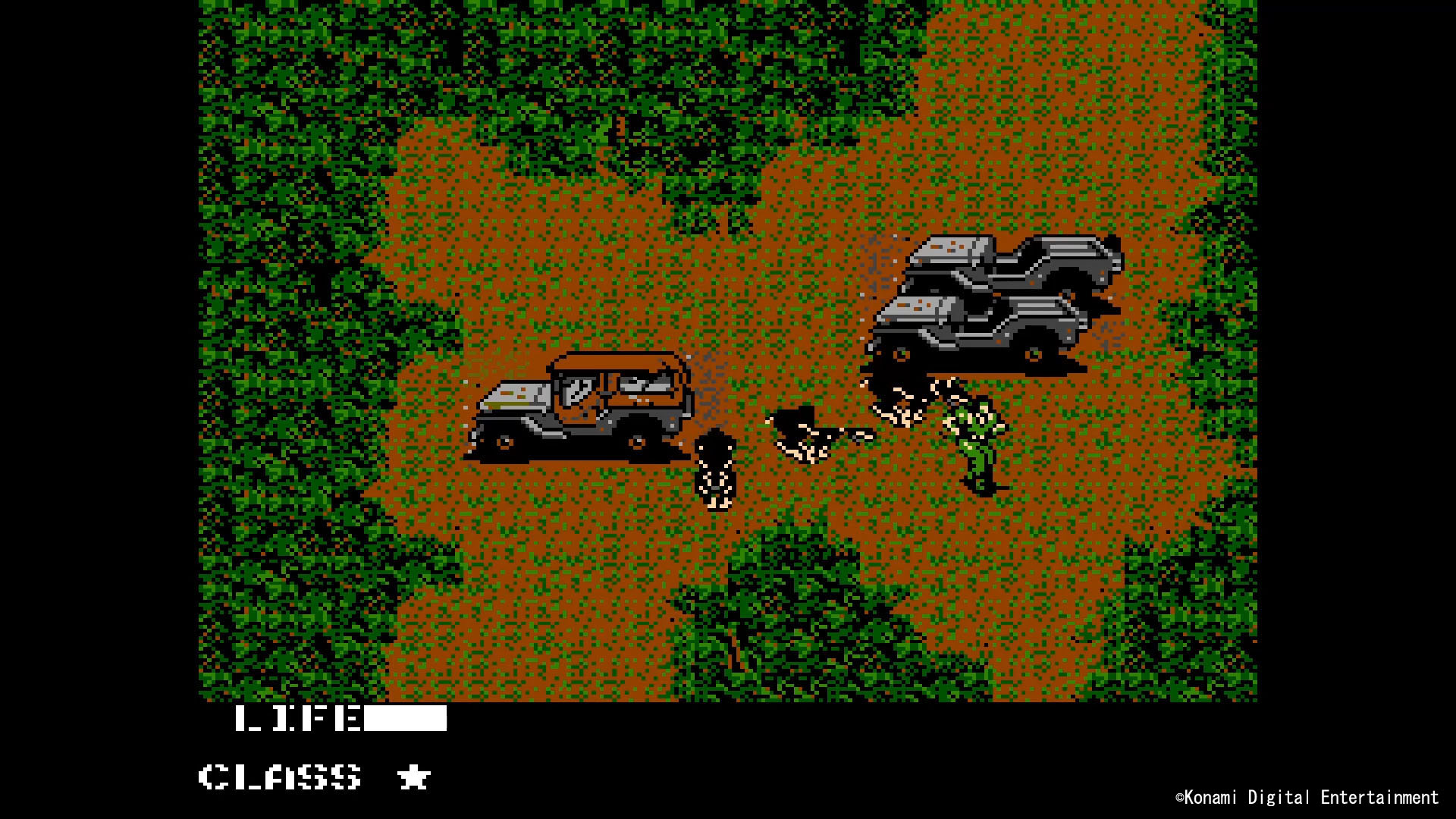Vampire Survivors
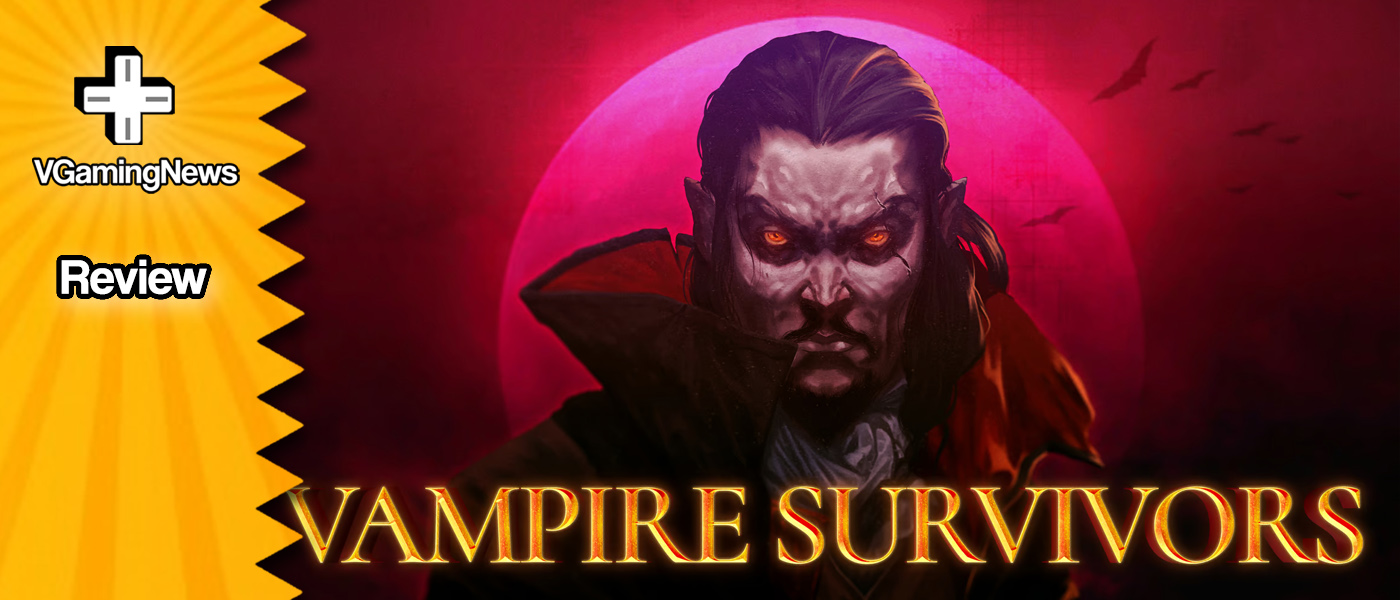

My wife and I were walking the event floor of the 2023 WASD show when a man in an exquisite suit thrust a foam garlic bulb into my hands. My first reaction was to look confused, but I gathered myself and said “Thank you?” with my voice pitching up at the question mark. I looked around for a game that could be garlic-related and then I saw a huge Vampire Survivors logo across one of the stands. As I put together the joke, it seemed everyone in the convention was huddled around the four screens where Poncle was demoing the game. The crowd certainly tempered my excitement but thanks to the ridiculously oversized banner telling me that the game was available on Xbox Game Pass, I downloaded it, ready to play when I got home.
After a day of trudging around the expo and thoroughly enjoying myself, we arrived home and, as is tradition, the TV went on for some background noise. In a funny twist of fate, we turned to the BBC where they were showing the BAFTA Game Awards. I thought nothing of it until, towards the end of the program, a chap in a sharp suit took to the stage to accept an award. It was the same guy who hours earlier had handed me a foam garlic bulb! Confused about how an indie game could beat out the likes of God of War Ragnarok, I booted up the Xbox and sunk 6 straight hours into Vampire Survivors.
Since its PC release in 2021, the small team at Poncle (with a little help from Konami) have produced a game that has grown from indie darling to a bonafide phenomenon, up there with the likes of Stardew Valley, Among Us and Undertale. Now in 2024, we see Vampire Survivors conquer the last remaining hurdle, the PlayStation family of consoles. While the game doesn’t currently have any vampires to talk about, it does come with all of the previously released DLC.
At a Glance
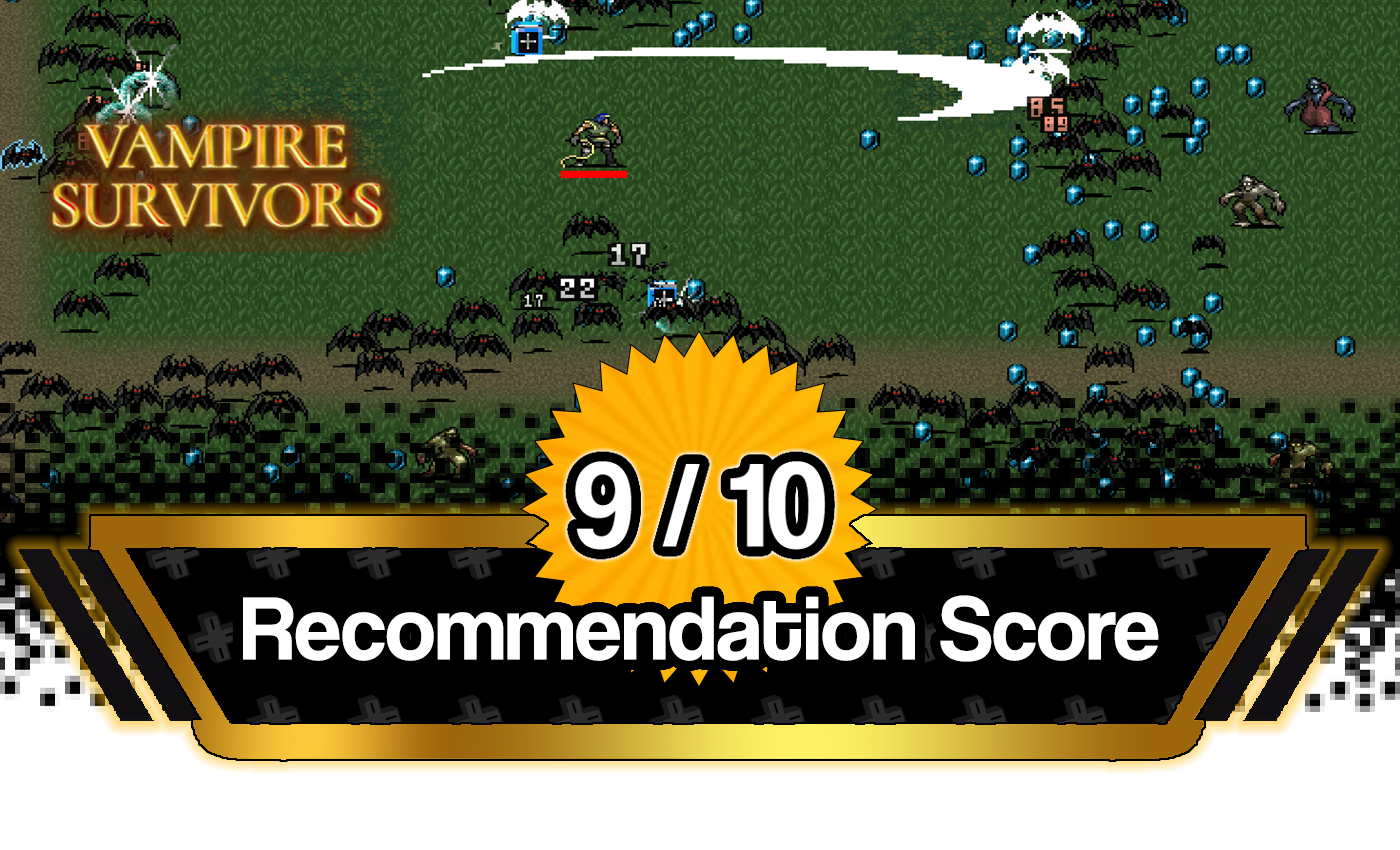
Positives |
Negatives |
+ Simple, arcade-style concept + Addictive gameplay + Hundreds of things to unlock |
– No vampires – Characters can get lost in the battle – Random weapon generator can get a bit samey |
Available on: |
|
The concept of Vampire Survivors is very simple, you pick a hero and are plonked into a large map where you have to survive an onslaught of enemies for 30-minutes. To begin with, you’re given one weapon to defend yourself against a barrage of baddies that shamble towards you. As you slice through baddies, you earn gems that level up the character, and unlock additional goodies to help you progress. Upgrading is vitally important because as the minutes tick by, the enemies will ramp up both in numbers and difficulty. Before you know it, you’ll soon be overwhelmed with the sheer volume of enemies. At around the 25-minute mark, I actually couldn’t see the ground for the various bats, skeletons and strange golem creatures filling up the screen. It is easy to get lost in the later stages of the game but luckily, Poncle’s arcade-style approach means that if you strategise which weapons to pick up, then the more enemies you can clear and complete the level.
To begin, you’ll start with a character armed with a whip that damages enemies on either side of him. (I’ve been assured that this bloke definitely doesn’t resemble Simon from Castlevania, but his 8-bit styling and animations say otherwise.) Once you’ve picked your character, it’s over to the stage selection screen where you can choose from a handful of maps that are presented in a retro, top-down style that reminds me of the SNES/Mega Drive era. I’m a sucker for games that are inspired by older games, so Vampire Survivor’s aesthetic ticked a lot of boxes for me. Every map is unique and feels distinct from the others, and although there is a certain amount of secrets and tomes to find, there is no pressure to do so.
If you did want to spice things up, exploration and persistence are where Vampire Survivors comes alive. By levelling up, finding hidden items across each map and completing challenges will lead you to unlock more characters, more weapons and even more maps to play on. Your collection of stuff will be as plentiful as a blood bank to a vampire. As you and not-Simon attempt the first few rounds, you’ll quickly build up an arsenal containing a Holy Bible which spins around with such veracity that enemies crumble at its touch, a magic wand that incinerates everything in random directions, and a bulb of garlic that not only keeps enemies at bay thanks to its stinky forcefield but also looks like a pair of pale testicles (which may or may not also have its own stinky forcefield).
The more you unlock, the crazier the weapons get, such as two cats that randomly scrap like a Hanna Barbera cartoon or a mine cart that zips from left to right. Each weapon has an opposite number, so if you get the right pairing, you can merge them and produce something even more powerful. For example, if you pair the balls garlic with a heart that regenerates your health, you can unlock a superpowered force field that eviscerates everything within the circle. The great thing is that these items are found randomly with each level up, so you never know what you can get… Except that’s to a point. After several hours, and with most of the equipment unlocked, it felt like Vampire Survivors settled into a rhythm of producing the same stuff over and over again, with me having to reroll the equipment until what I wanted showed up.
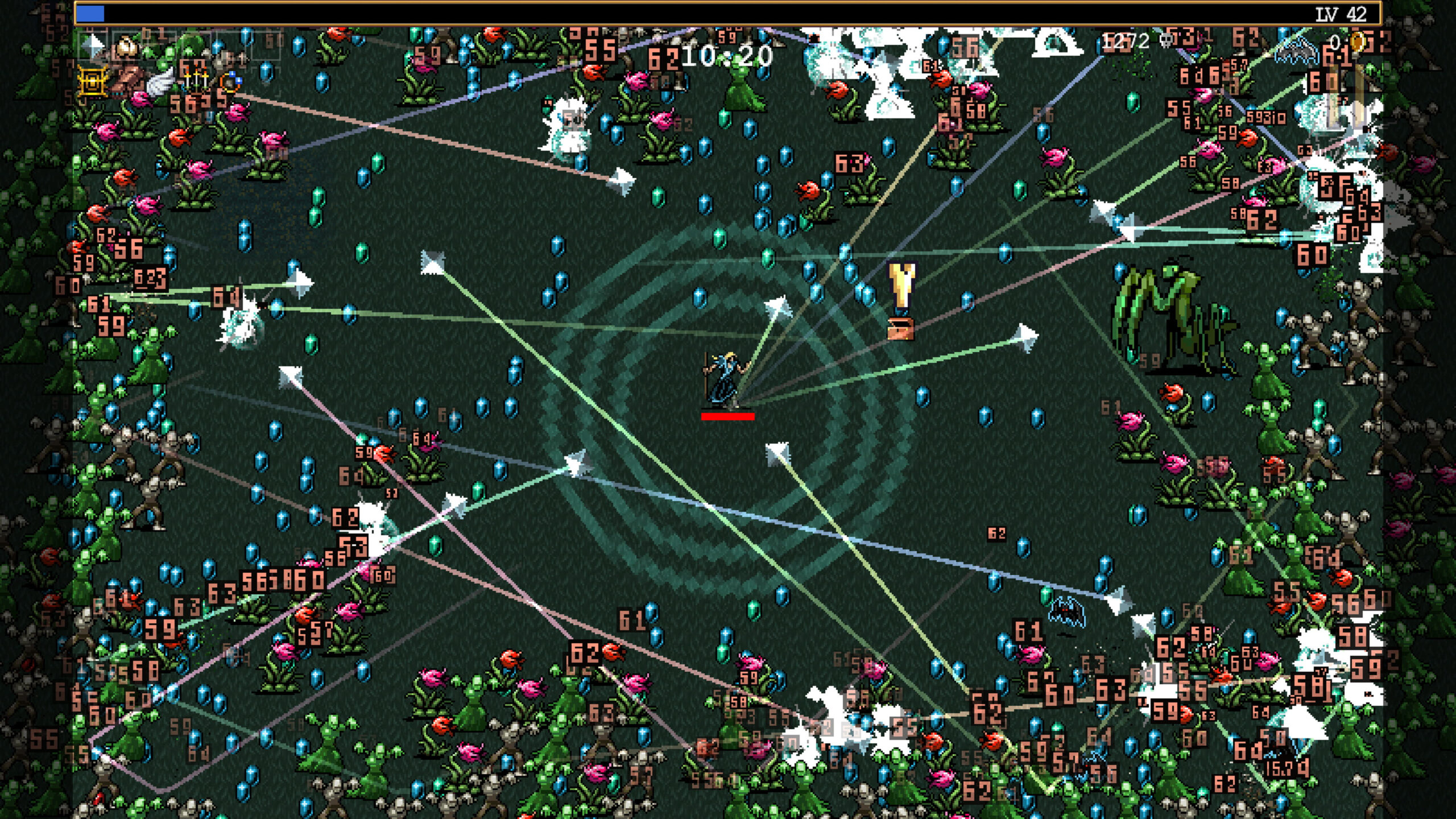
This is a slight bone of contention but by the time I got to this point in the game, the number of rerolls I was allowed to deploy meant it wasn’t a problem. I can imagine that this problem occurs as the DLC available greatly improves what is on offer, bundling in more challenges, weapons and maps than you can shake a stick at. For the PlayStation release, the DLC doesn’t come as standard, but each release so far has been sold for between £2-£4, so it doesn’t break the bank either. There’s a variety of stuff to choose from as well, be it Poncle’s content which follows the base game’s queues, to mashup DLC like the Among Us crossover, which unlocks the famous airship for you to run around to cause havoc. While it’ll be up to each player to decide if they want to expand Vampire Survivors beyond the base game, I can safely say that the arcade experience remains intact for each expansion and is perfect for those quick playthroughs.
Except for having no actual vampires in the game (for now!), Vampire Survivors is one of those games that knows what it’s trying to do and does it well. The hundreds of unlockable characters, weapons and maps will keep you engaged for hours, but if you want 30-minutes to yourself to let out some anger, you can do that too. Admittedly, the random weapon generator isn’t very random and as more things unlocked, the more my weapon pool ended up being very similar on each run, but that’s just a small gripe in the grand scheme of things. Vampire Survivors is an arcade game packed full of things to do and just when you think you’ve had your fill, the game will somehow drag you back for one more game. Vampire Survivors is one game that I can fully get behind and would recommend to everyone… except vampires.
In the interest of full disclosure, VGamingNews was provided with a copy of the game in order to conduct this review.
Thanks for taking the time to read our review, If you’d like to support us further, please consider buying us a coffee!
Life of Delta
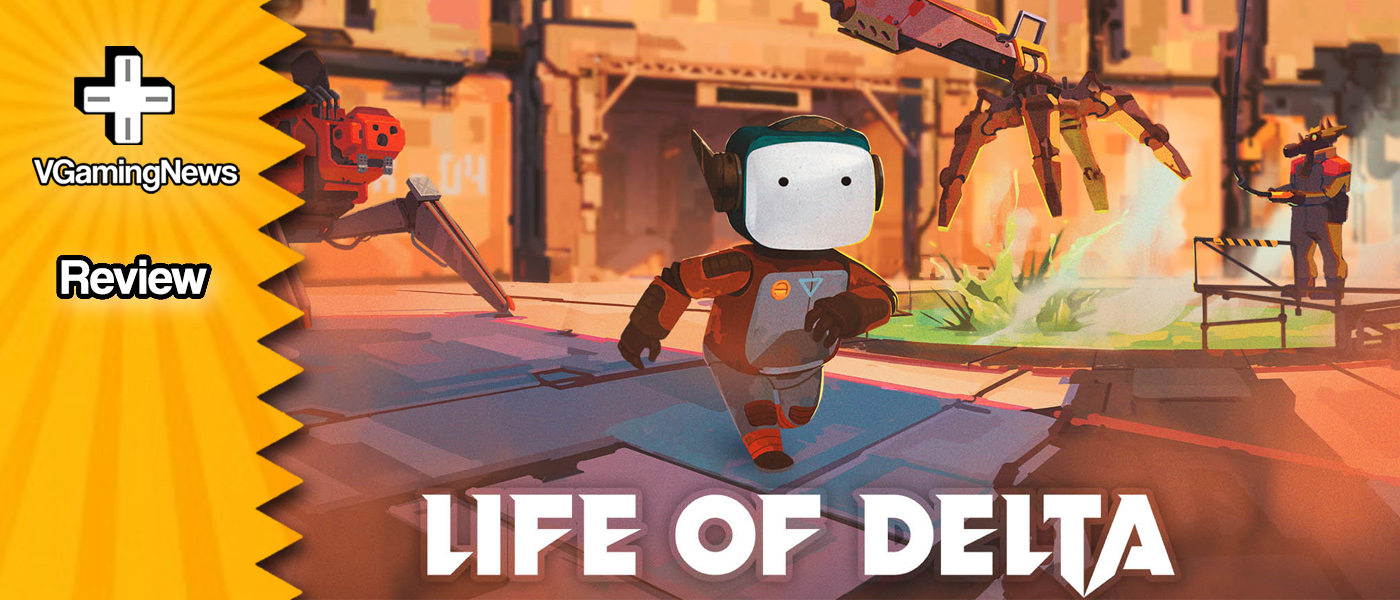

It’s widely accepted that humans will be the first to go when AI takes over the world. What’s unclear is what happens after the dust settles and the nuclear fallout eases, likely due to humanity not being around to enjoy it. That’s not stopped Airo Games from theorising what could happen after the great Skynet vs Humanity war with the Life of Delta. The result isn’t your typical fight for survival in a Terminator-esq environment, but a more decidedly chill point-and-click adventure about a cute robot looking for his best mate.
When it comes down to the epic mankind vs machine robots, everyone assumes these are the only two parties with a stake in the fight, but in the opening moments of Life of Delta, we’re told we should have been looking at the reptiles. The radiation from the nuclear war brought back the dinosaurs who quickly reclaimed Earth, thankfully stopping before Godzilla arrived, that would make Life of Delta a concise game indeed. As humanity has fallen, the lizards managed to sneak in and overthrow the robots, creating a brutalist utopia in which anything mechanical is treated much like how we treat a broken toaster.
In Life of Delta, I was thrust into the position of Delta, a not-as-cute-as-Wall-E robot who lives on the outskirts of a megacity formally known as Japan. A day in the life of this robot consists of chilling with its friend Joe, another service bot who is just trying to survive the harsh environment. Joe is unceremoniously taken away from his home by the lizard people, and rather than letting this happen, Delta decides to set out on a quest to rescue its best mate.
At a Glance
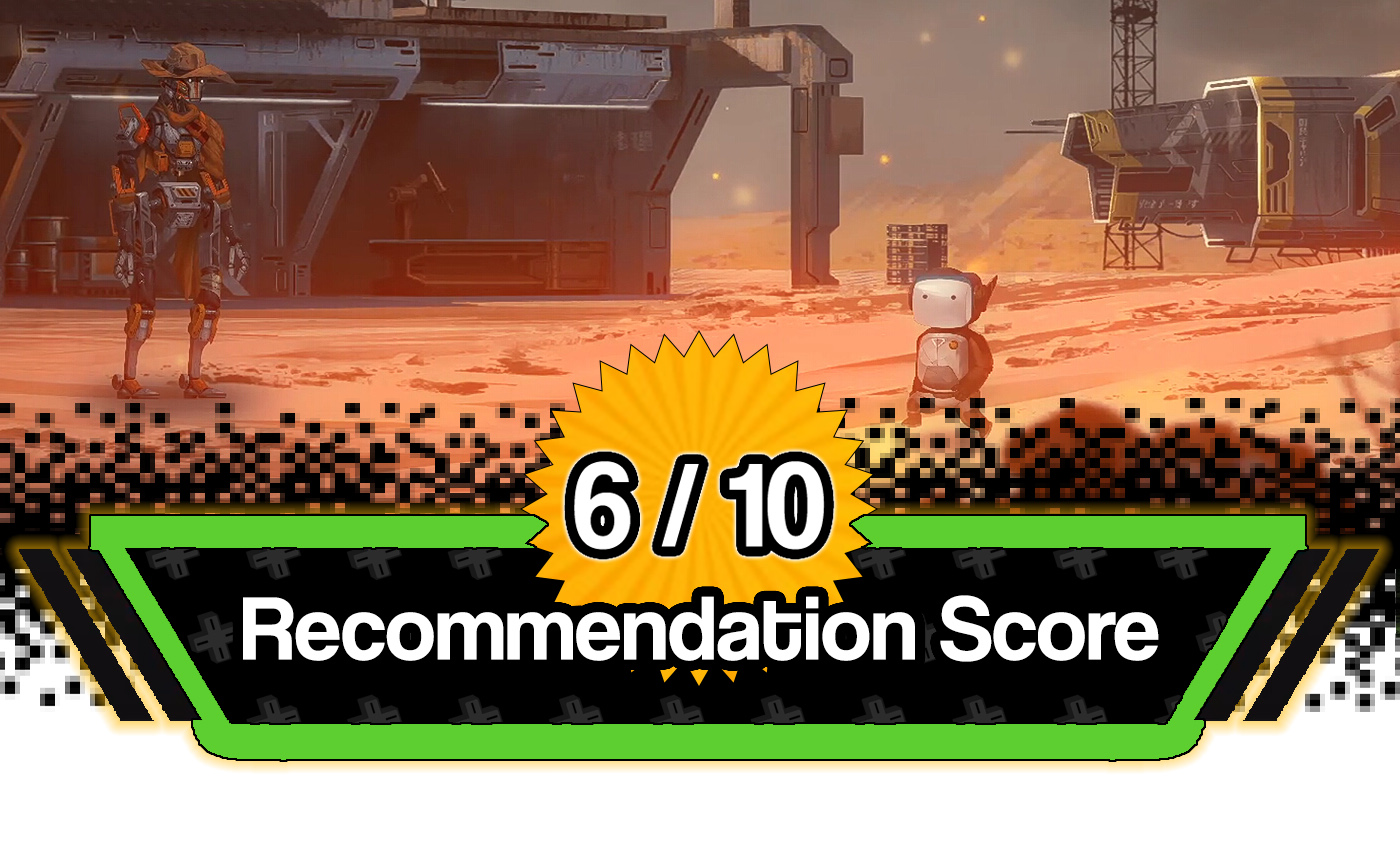
Positives |
Negatives |
+ Adorable robots + Great visuals + Relaxed approach to gameplay |
– Some unclear puzzle solutions – Experienced point-and-clickers may find it too easy – Can be beaten in a few hours |
Available on: |
|
Before Delta can set off on its adventure, the first thing is to charge the little guy’s battery, which cleverly acts as a faux tutorial. To do this, I explored Delta’s apartment looking for the charger then having to find the item that activates it, before solving the puzzle to juice the robot back to life. Life of Delta does this by giving slight hints of what to do without holding my hand and guiding me through each step. Naturally, as the game progresses things do become tougher, but never to the point of overwhelming me to the point I put the controller down.
Once Delta is juiced, it’s off to explore the wide world, and to do this is as easy as moving the cursor to where you want the robot to go. Pressing the action button and watching the little machine trundle across the screen never got old thanks to the stunning world in which Delta exists. The 28 hand-painted levels of post-apocalyptic joy that make up Life of Delta are wonderfully crafted, each with its distinct areas that bring to life a Japan savaged by time. As I moved through the sandy wastes of the vibrant city, I was impressed by how well Airo Games blended the unrelenting grounds of Mother Nature with the grimy machine parts that made up the city.
A colourful cast of characters populates the landscapes and to Airo Games’ testament, each one has its distinct personality. A particular favourite was an angry mutated Rhinoceros that treads the fine line between paying homage to Rocksteady from Teenage Mutant Ninja Turtles and a class-action lawsuit. Importantly, each NPC was there for a purpose as they either gave nuggets of information to help progression, or they were the key to solving one of the many puzzles I encountered.
These little conundrums pop up regularly throughout Life of Delta and are used to segway into the next part of the story. Much like the “tutorial,” each puzzle is built up through the scenario, with hints being spread through the scene culminating in that eureka moment when you piece everything together. Typically this is straightforward, such as using a sequence of items in the right order, but sporadically, Life of Delta will challenge you to think laterally to find a solution. One of the very few times this happened, there were no clues or prompts that led me to the solution. It was only by dumb luck did I stumble on what had to be done, leaving me feeling utterly redfaced.
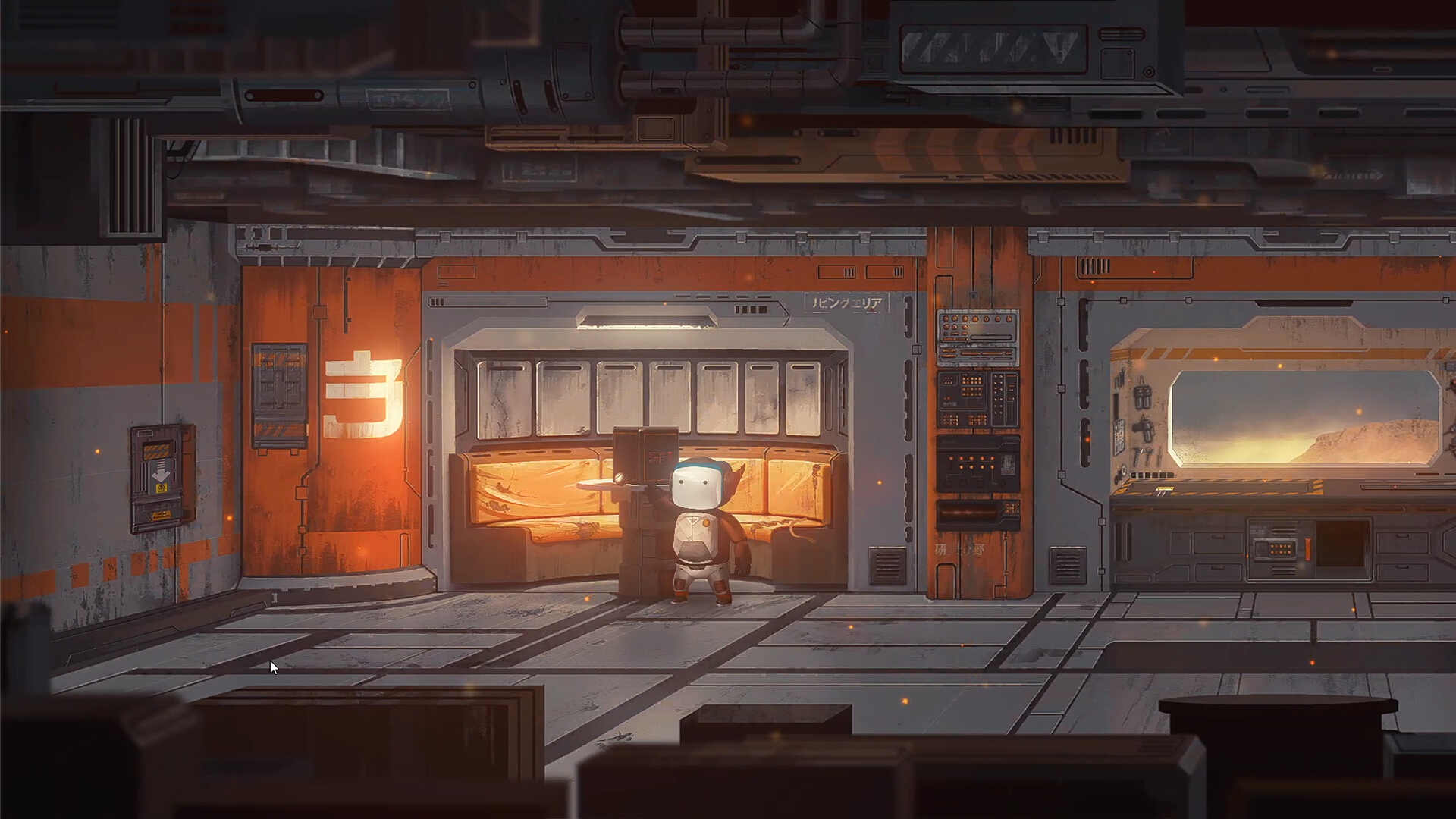
Thankfully this only happened once during my time with Life of Delta. If I was getting stuck at every puzzle, the handful of hours I spent on the game could’ve spun out to a frustrating time. Other than the one stumbling block Life of Delta doesn’t provide too much of a challenge to get to the end. If you’re really stuck, you can tap the shoulder buttons to highlight every object that can be interacted with and work out what to do from there. For point-and-click purists, highlighting what can be played with might feel like a cop-out but I felt Life of Delta was more of an introduction to the genre rather than its magnum opus.
The gameplay and puzzle solving might not be to everyone’s tastes but the overall atmosphere does a lot of heavy lifting in Life of Delta. Airo Games does a great job of keeping the focus firmly on Delta’s quest for its buddy while making a relaxing and chilled point-and-click experience. While we’re not talking about a game that presents Elden Ring levels of lore, Life of Delta’s story still manages to throw some interesting obstacles during its short runtime. I’m not sure of a game that takes time out of its important story so that a robot can hire me to play keyboards in a band, but somehow it works.
During its 4-hour playtime, I realised that Life of Delta is perfect for those looking to make their start in the point-and-click genre. Some puzzles are decidedly unclear, which could frustrate newbies, but those who’ve tackled this type of game before might find the game easy when it comes to gameplay. For me, the biggest selling point is Life of Delta’s whimsical approach to a world post-humanity. The subject matter could’ve easily been a heavy science-fiction piece akin to The Matrix or Terminator, but the easy-breezy presentation and unpressured gameplay left me with a warm and fuzzy feeling that I wasn’t expecting as the credits rolled.
In the interest of full disclosure, VGamingNews was provided with a copy of the game in order to conduct this review.
Thanks for taking the time to read our review, If you’d like to support us further, please consider buying us a coffee!
Neptunia Game Maker R:Evolution
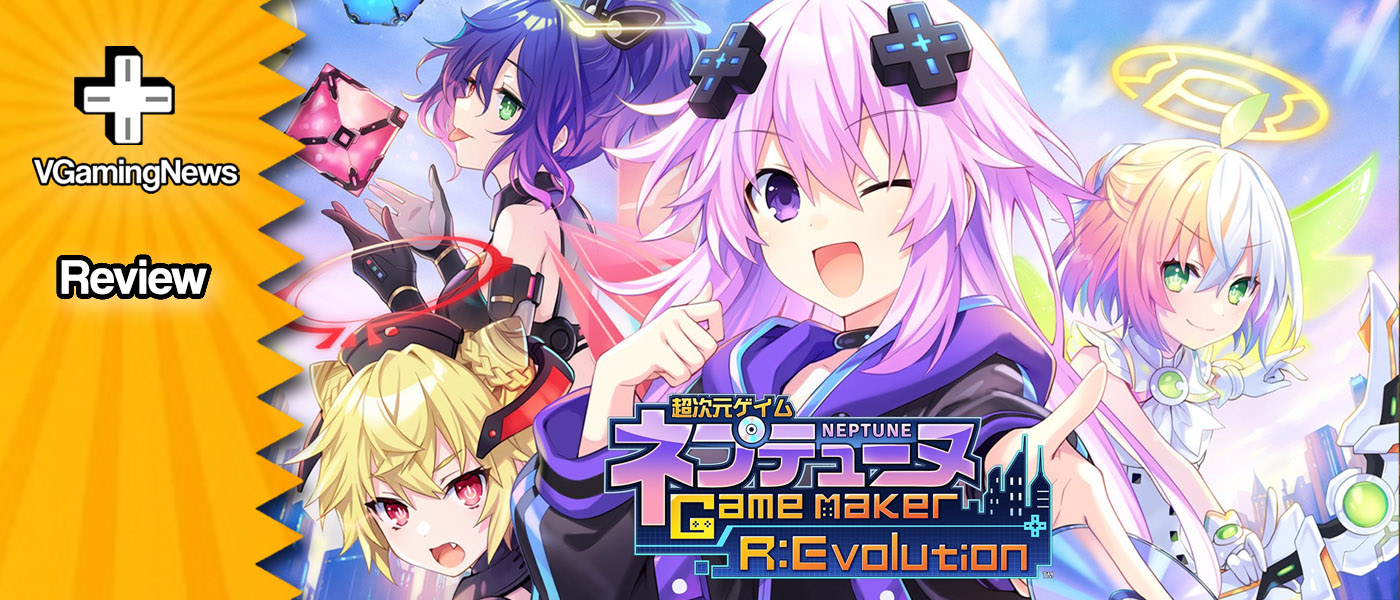

What’s that old saying? Ah yes. There are three certainties in life, taxes, death and the annual Hyperdimension Neptunia entry. At any given point, the team at Compile Heart is seemingly just weeks away from releasing another entry in their dungeon-crawling RPG series and I’m all for it. Last year, we had Sisters Vs Sisters, a game that mixed up the established formula by relegating Neptunia to a supporting role. For Neptunia Game Maker R:Evolution, fans will be glad to hear that Neptune is front and centre once again… kind of.
Neptunia Game Maker R:Evolution is a standalone title in the franchise, allowing players to drop into Gameindustri without prior knowledge. It’s quickly established that this ‘Older Neptune’ is a dimension-hopping bug hunter on the lookout for the most adorable bugs throughout the multiverse. On her travels, she lands in a world where popular video games are revered around the globe, and the worst selling ones turn into angry demons and threaten to level cities. Yes, really.
In the opening moments of Neptunia Game Maker R:Evolution, Older Neptune arrives to find an abandoned building with a mysterious gaming machine running a new game. As she picks it up, the Failed Goddesses emerge to take credit for the creation. The women, Pippih, Jagaa and Reedio, are all plays on the Apple Pippin, Jaguar and 3DO consoles of yesteryear, and convince Older Nep to help them build a new company to become the biggest shareholders in the world of video games. Throughout the 20-hour campaign, Compile Heart weaves a story that revolves around the pitfalls of game development and pokes fun at ridiculous things like the console wars, review bombing and journalists… WAIT A MINUTE!
At A Glance
Neptunia Game Maker R:Evolution 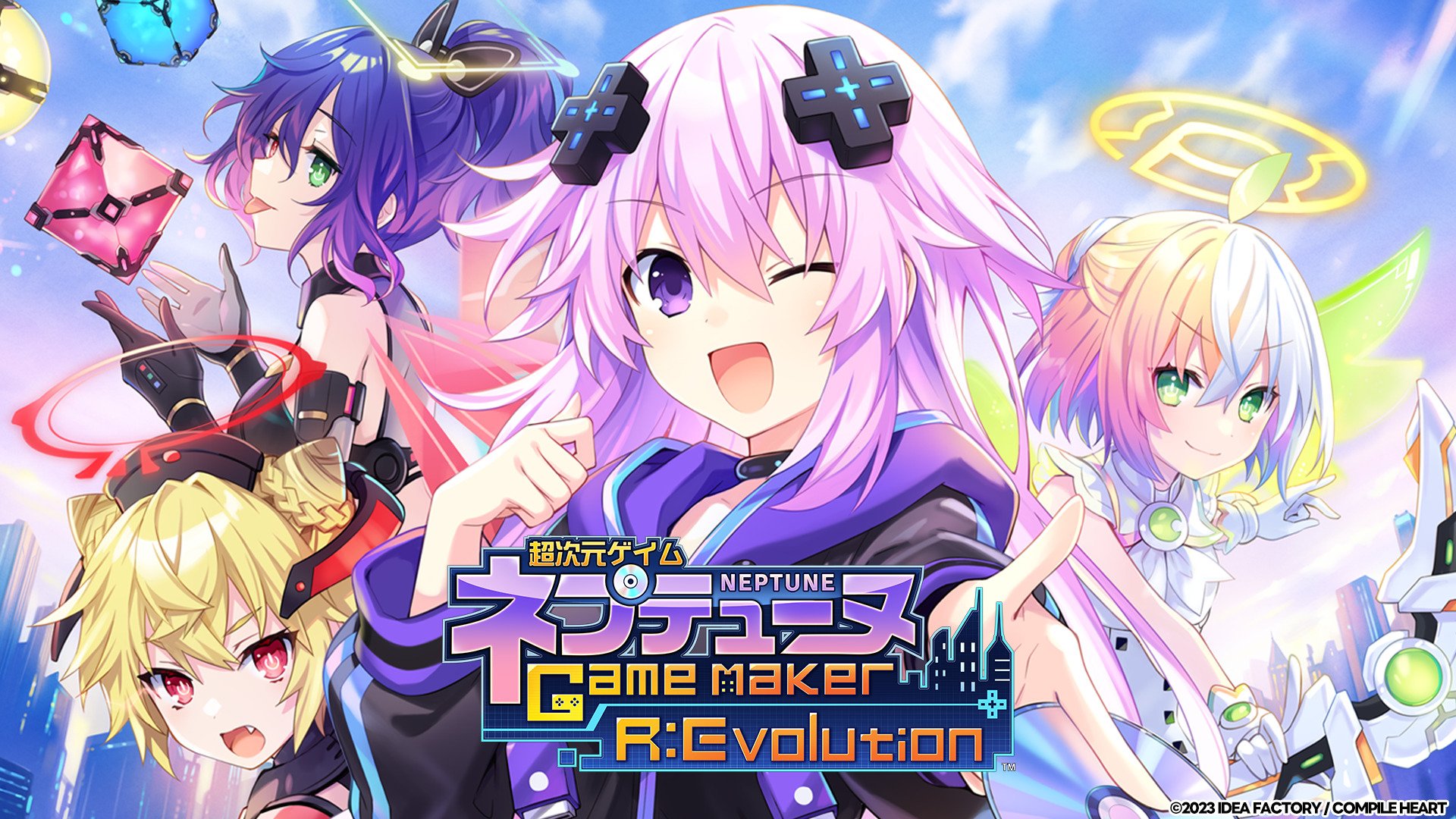 |
|
|---|---|
+ Colourful cast of characters |
Positives |
Negatives |
– Repetitive dungeons |
Overall |
5 /10 |
Played On |
PS5, |
Also Available On |
Nintendo Switch, PS4, Xbox Series X|S |
To give credit where it’s due, Neptunia Game Maker R:Evolution is one of the funniest games in the franchise that I’ve played so far. Older Nep and her group of Goddesses regularly poke fun at how stupid aspects of the gaming community have become. These range from arguing over which plastic box is better, to the act of gaming piracy. Each subject tackled treads a fine line between comedy and running the risk of alienating the player. Thankfully the game doesn’t go out of its way to offend the players but it does share a pointed light at some of the problems facing the game industry. It was well written to the extent that when a joke didn’t land, all of the characters were aware of the awkwardness and called it out.
Despite its name Neptunia Game Maker R:Evolution is not a video game that allows you to create levels a la Super Mario Maker, rather it retains the dungeon-crawling RPG that fans of the series come to expect. The story portion of Game Maker R:Evolution is presented in a visual novel style where characters pop up on a static screen and guide us through each chapter. The artwork is as lovely as previous games, with Compile Heart fully embracing high-definition artwork that pops out of the TV. There are little movements given to each of the Goddesses that made them feel more alive and it seems a lot of attention went into producing each scenario.
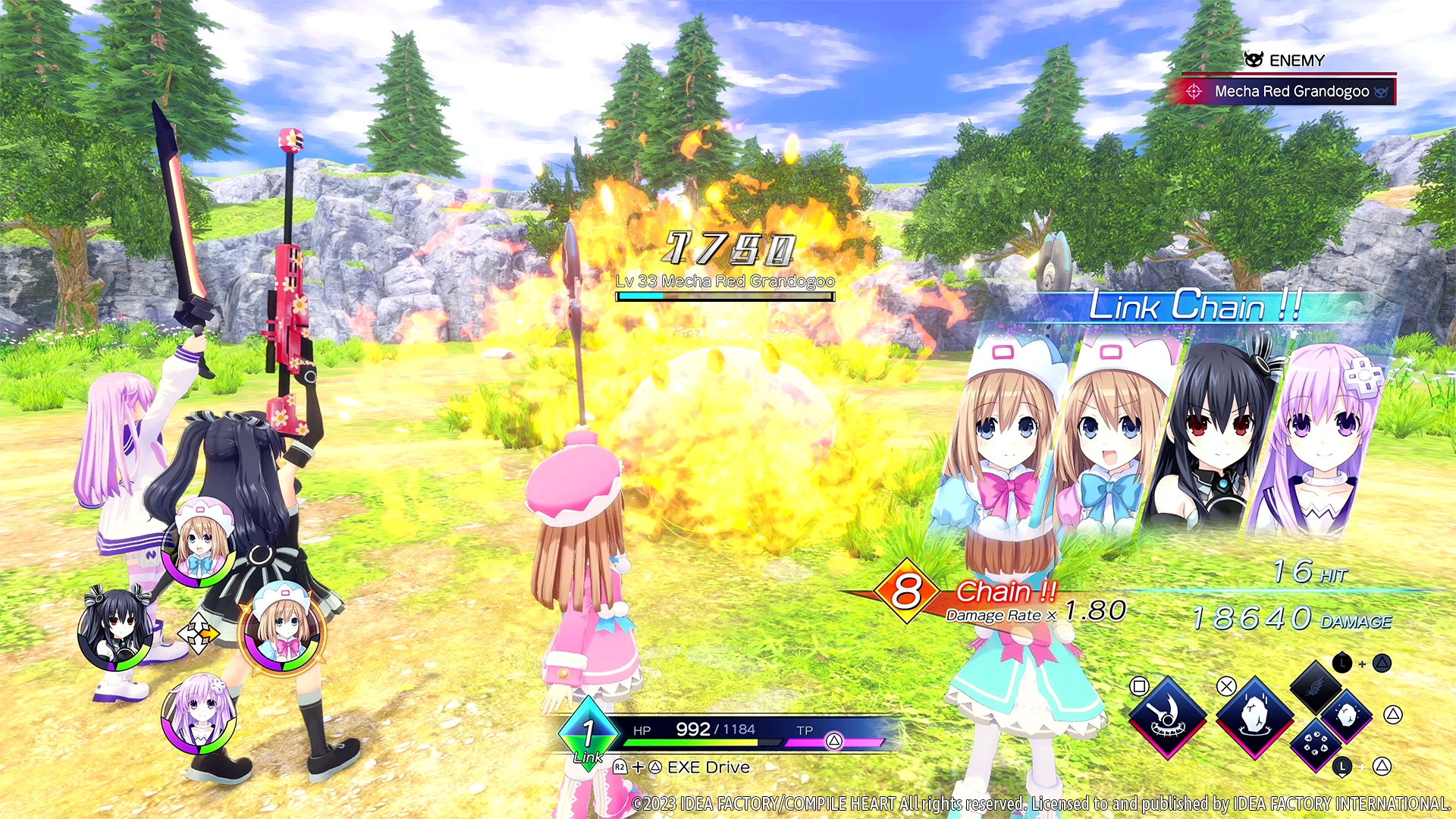
At the end of each 15-20 minute segment, I was given free rein to explore the world map, where I could choose to jump into a dungeon to progress the story or undertake some side quests to make a little extra cash on the side. Sadly, the dungeon aspect of R:Evolution is the least enjoyable aspect of the game. The levels themselves are rather simple, often flat with an obvious point marked on the map of where you have to go. Throughout the game I even recognised locations from previous titles that appear to have been copied into the game, complete with treasure chests in the same areas. There are a few moments that do save Game Maker R:Evolution from being a total write-off, including a mountainous area where I had to look for various waypoints to progress and a mine level that required me to use various gems to unlock doors. Sadly, these puzzle levels were few and far between and most of the game was spent simply running from one end of a dungeon to the other.
I imagine this is why Compile Heart thought it was a good idea to give you a motorbike to power through each dungeon. By pressing Circle, Nep could summon a bike and speed through each level in record time. It’s a little cumbersome since each dungeon is not designed to be treated like a version of Mario Kart, but it was still marginally more fun to work my way out of a tight corner than slowly trudge through a level. Unfortunately having a motorbike doesn’t stop enemy encounters either and hitting them results in a battle, which is where things go from bad to worse.
In R:Evolution, I had access to four players by simply tapping a button on the D-Pad. Once they were selected, I could use Square or Cross to unleash different attacks. The game encourages you to dive into the menus and set a string of moves to either attack button to maximise the damage, and to begin with it seems quite fun. The trouble came when I reached level 15 and I became overpowered. Despite enemies registering at higher levels, they fell at my feet rather quickly which meant each fight became a button-mashing exercise that provided no challenge whatsoever.
As you progress through the game, more Goddesses are added to the roster but these are simply reskins of the characters I had already unlocked. The same can be said for the baddies, who are limited in variation. Even deep into the game’s story I was still coming up against the same sunglasses-wearing birds that populated the first level I explored. The cherry on top of the mess that is the actual gameplay is the constant yammering by the characters. Every dungeon was filled with constant snippets of dialogue like “Do the math,” “Let’s check the map,” and my personal ‘favourite’, “By my calculations, our destination is in front of us.” Each one repeated more times than I cared to count and has somehow become ingrained in my head. In a rare fit of anger, I shouted back at the TV screaming like a scolded Regina George, “Stop trying to make Math happen.”
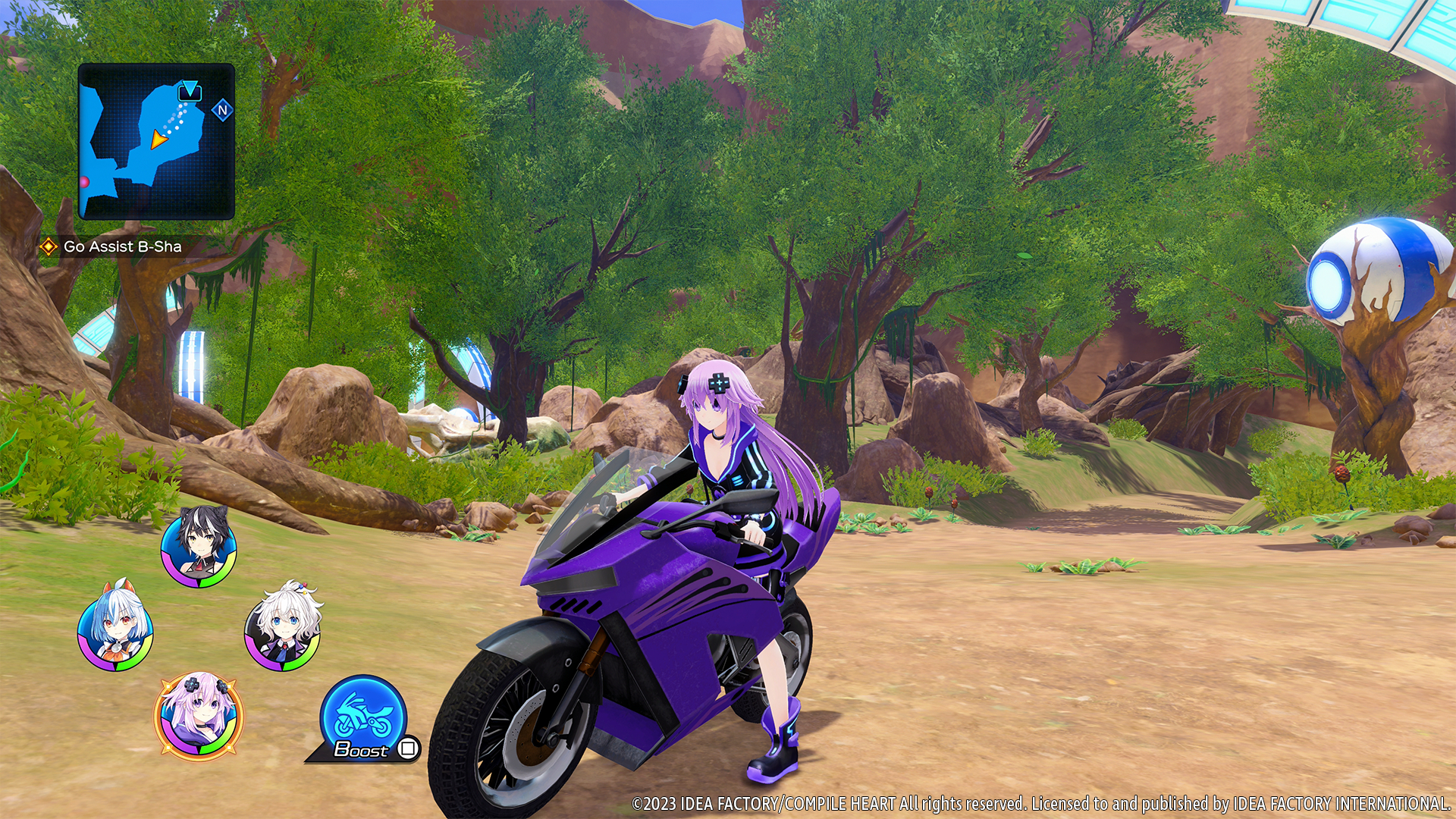
To break up the dungeon crawling, Game Maker R:Evolution allows you to create games to power up the Goddesses. Using the cash and various items I found exploring each area can be used to hire a game designer to work on a specific game that a fan requests. This works like Football Manager, where you simply select the best players from a list and set them working on their genres. After a few minutes, you are presented with a disc and a sales report. It’s a fun little distraction as you can make multiple discs to upgrade your offices, but aside from a few little bonuses in battle, there’s next to no incentive to spend more than a few minutes on this feature.
It’s a shame that the gameplay is so average, as Neptunia Game Maker R:Evolution is a sharp, well-written entry in the Hyperdimension Neptunia series. The plot is genuinely funny and if it was presented as a visual novel over a dungeon-crawling RPG, it would undoubtedly be one of my favourite games of 2024. Sadly, the boring dungeons and lacklustre combat killed any momentum that the story tried to build. The limited enemy pool and the lack of any challenge will put off any RPG fan, possibly even those who consider themselves Nep-Nep aficionados. Neptunia Game Maker R:Evolution is a game that tells people that it’s perhaps time for Compile Heart to slow down on the quantity of games and focus on the quality of the end product.

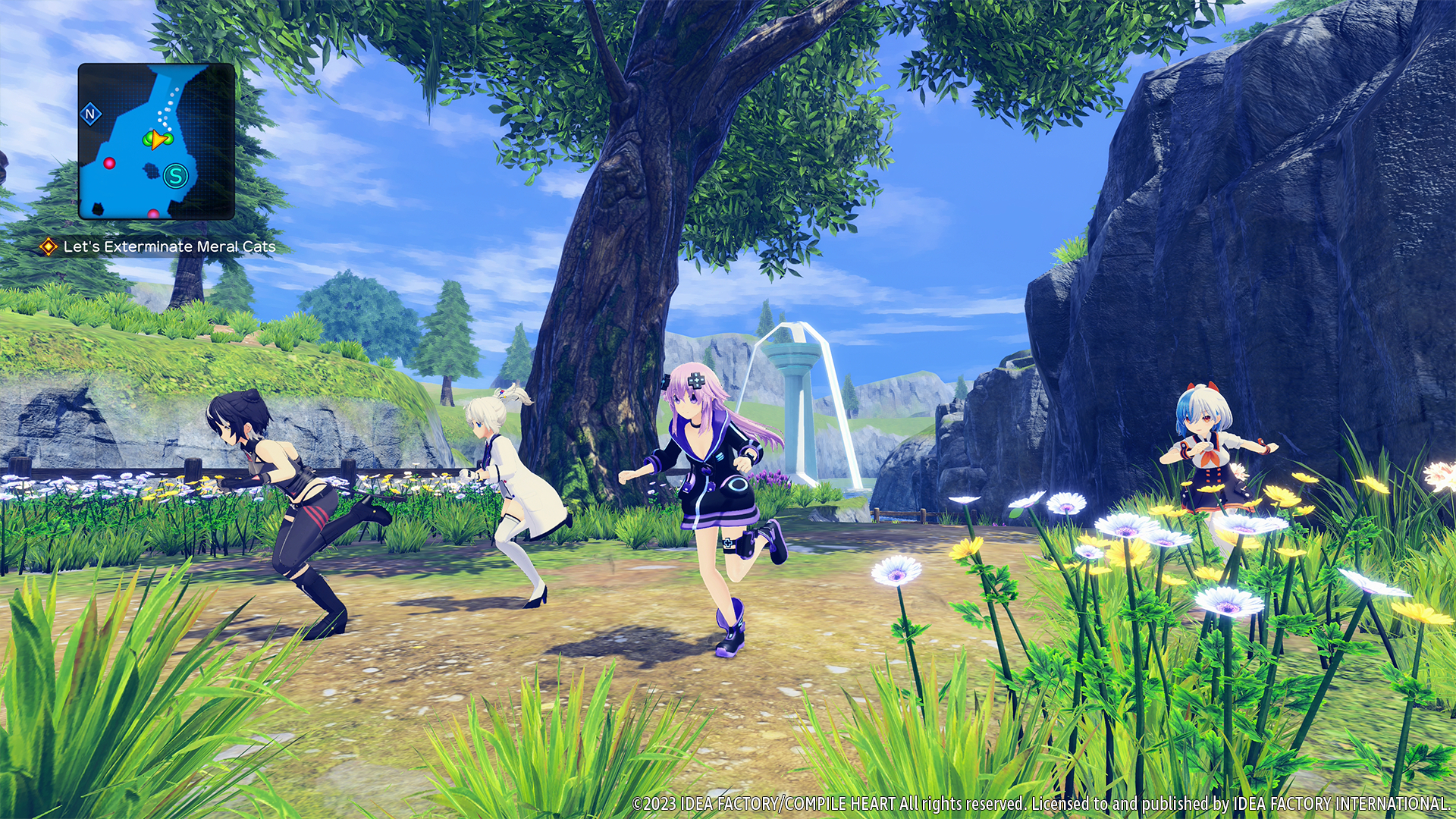

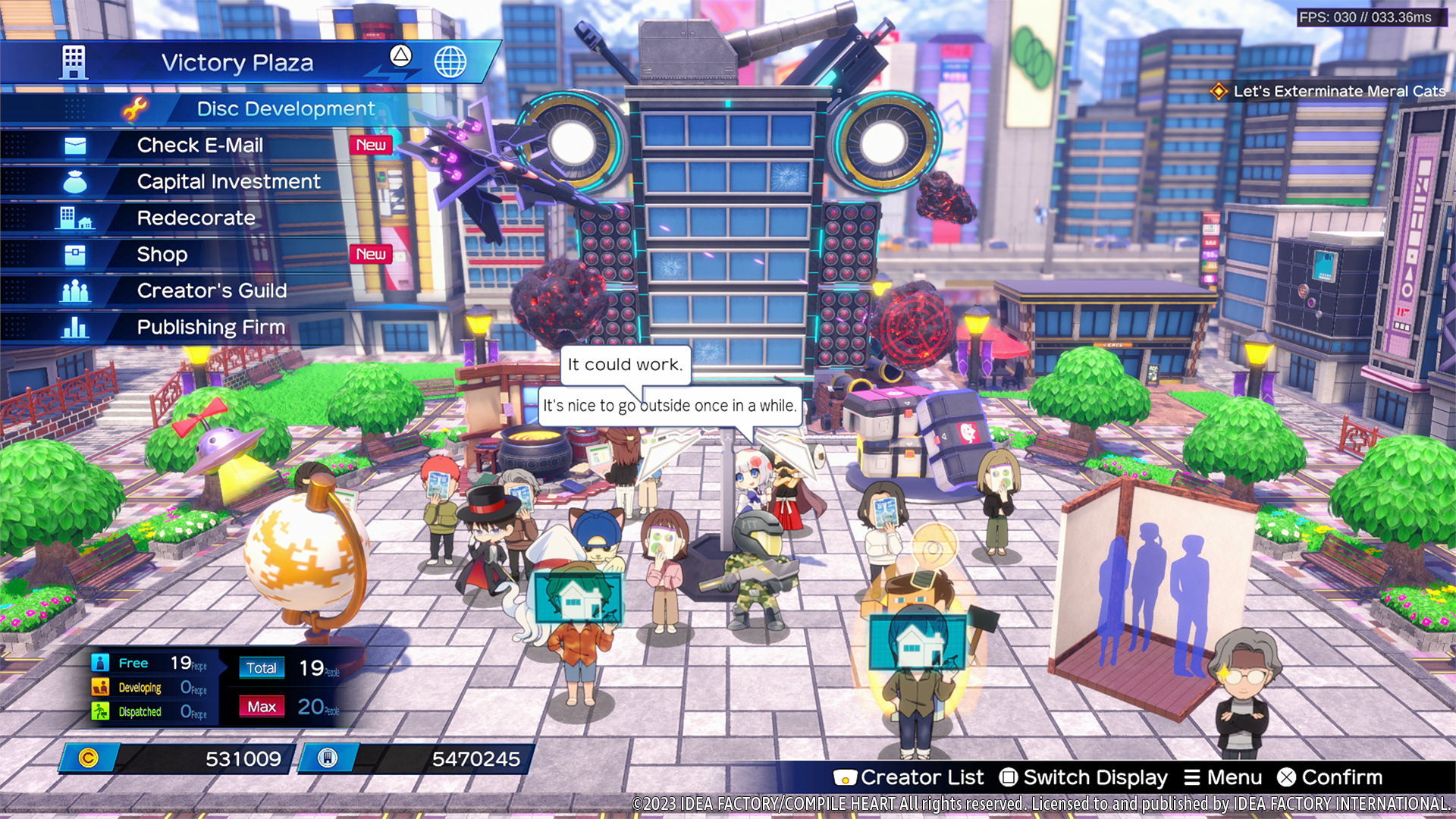
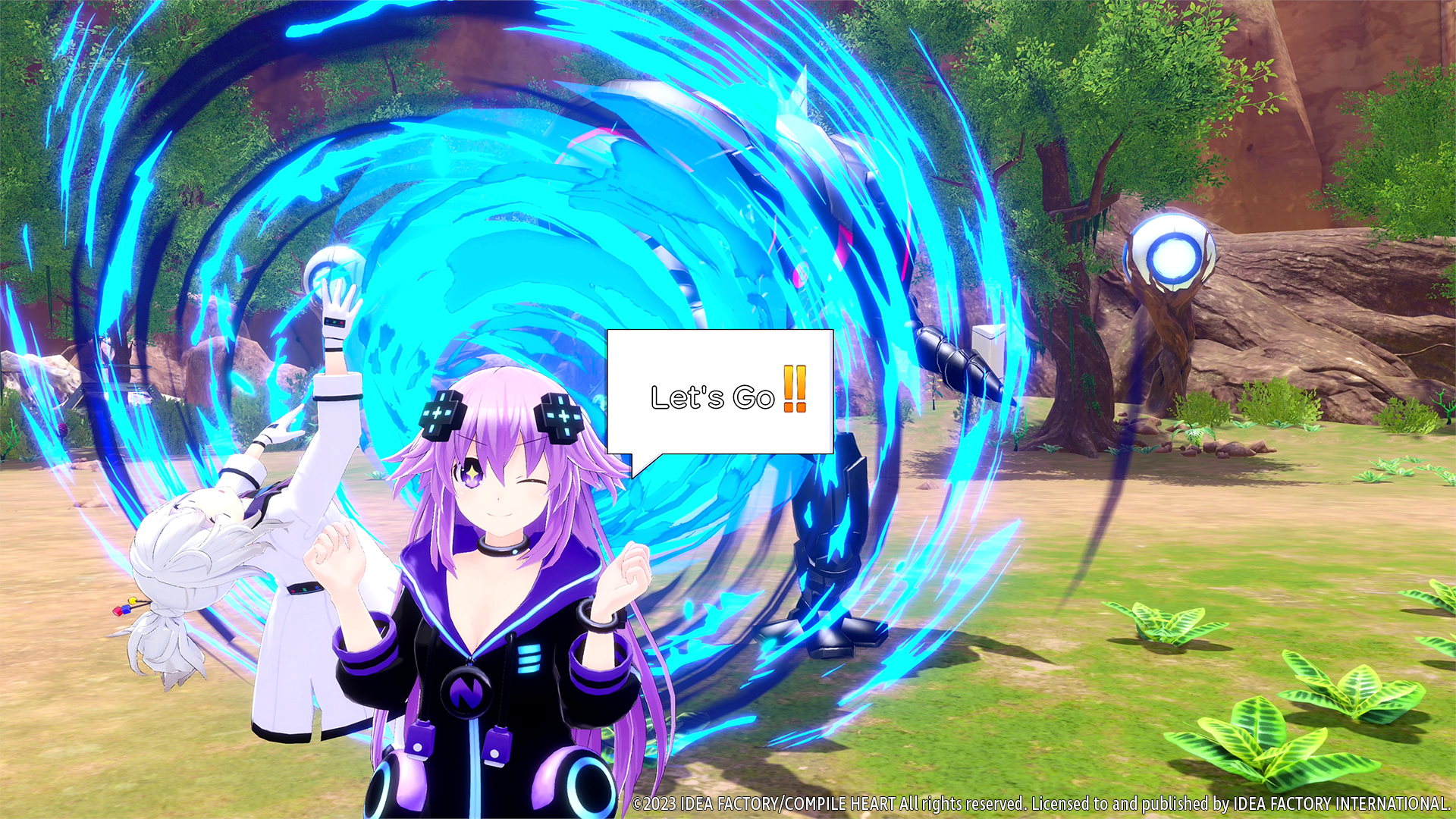
In the interest of full disclosure, VGamingNews was provided with a copy of the game to conduct this review.
Thanks for taking the time to read our review. If you’d like to support us further, please consider buying us a coffee!
PlateUp!
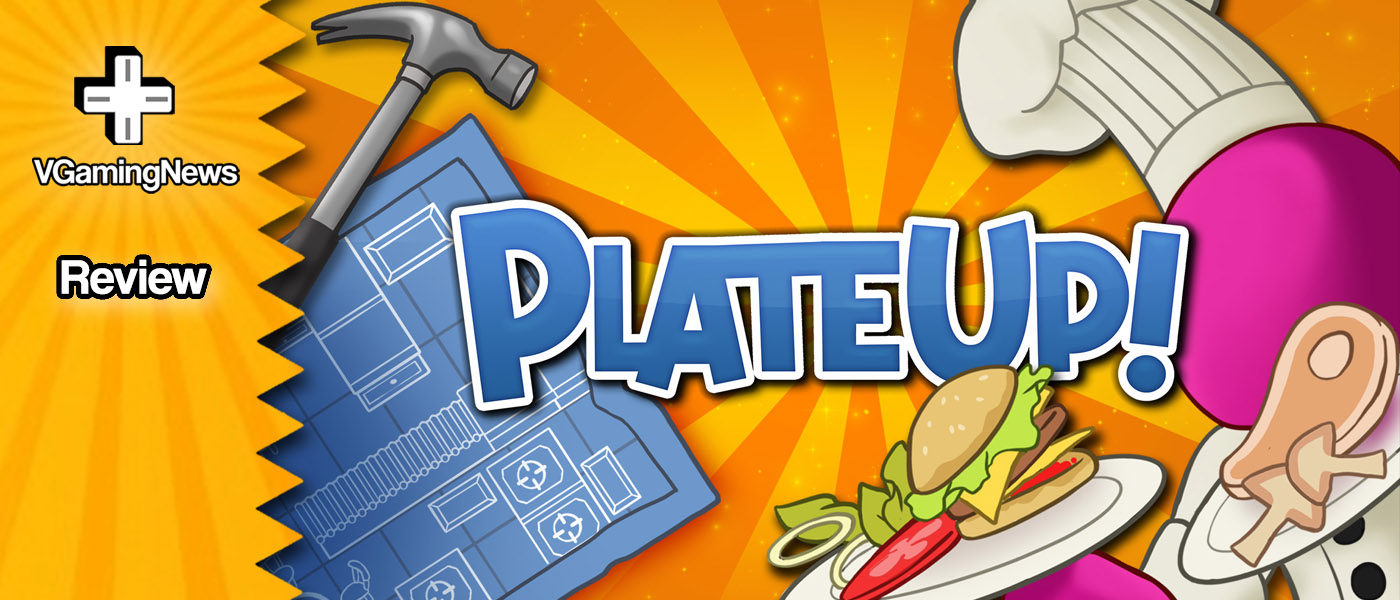

As a child of the eighties, couch multiplayer will always be my king. You can’t beat huddling around a TV, looking your poor buddy in the face as you mercilessly dismantle him at a shooter, or throw the odd elbow-dig their way when they’re not pulling their weight in a co-op campaign. But in the year 2024, it’s still possible to execute multiplayer games at the highest level online, with the chaotic culinary co-op, PlateUp!, leading the way in terms of fun. No strangers to testing the limits of our friendship with multiplayer games, I played sous to the gaffer, Chef de Cuisine, VGamingJoe, and we gave being restaurateurs a go.
You could be forgiven for seeing a multiplayer cooking game and immediately diving headlong into comparisons with Ghost Town Games’ tremendous Overcooked, but beyond the gastronomic theme and being incredible fun, there’s more that separates the two games than they actually have in common. Where Overcooked offers a series of short, isolated challenges across tonnes of very different levels, PlateUp! takes you down the roguelike route, continually asking you to adapt your restaurant to keep your diners happy, lest you get shut down for lack of customer satisfaction.
At A Glance
PlateUp! 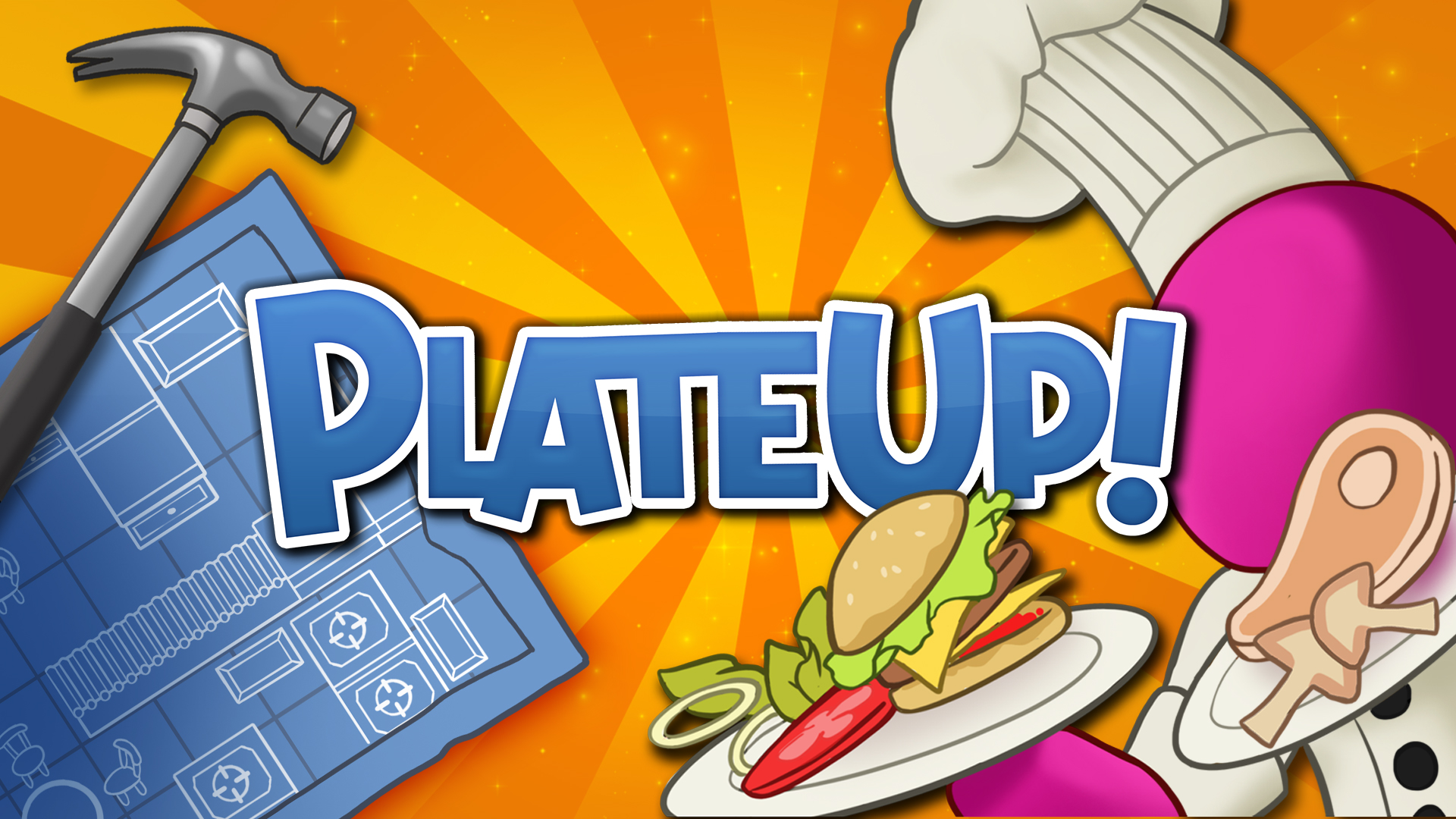 |
|
|---|---|
+ Excellent balance of planning, prep and action gameplay |
Positives |
Negatives |
– Difficulty is weighted for multiplayer, making single player pretty tricky |
Overall |
8 /10 |
Played On |
PS5 |
Also Available On |
Nintendo Switch, PC, PS4, Xbox Series X|S, Xbox One |
PlateUp! is part restaurant simulator, part action game and all roguelike. You can join up with up to three buddies to run your own restaurant, and the gameplay is split up into two distinct sections. Before hours you have to design your eatery, choosing every element in order to offer the best experience to your patrons come opening time. You have to select the decor, choose the dining room layout, tweak the menu, and even build the right kitchen to ensure everything is just where it needs to be. Then once the doors open, you have to do your best Gordon Ramsey and Jean Philippe, rushing around to get everyone seated and served, before tidying up after them and welcoming your next guests. If you stave off the waves of hangry diners and fill all their bellies, you earn the chance to do it all again, hopefully surviving the 15-days it takes to become a coveted 5-star restaurant.
The ease of the multiplayer, whether through local or online play, is what appeals most with PlateUp!. Dropping into your mate’s game to help out with the lunchtime rush feels like you’re selflessly contributing to the success of Player One. In a world where competitive multiplayer games are ten-to-the-dozen, PlateUp! doesn’t pit players against each other, or force you to compete to “win” a level, instead it encourages you to work towards a common goal. There are still stresses; you can easily block a door, or put a dirty dish where someone is plating a meal, but when you sync up and find a rhythm, the game becomes a breeze to play and is an utter delight.
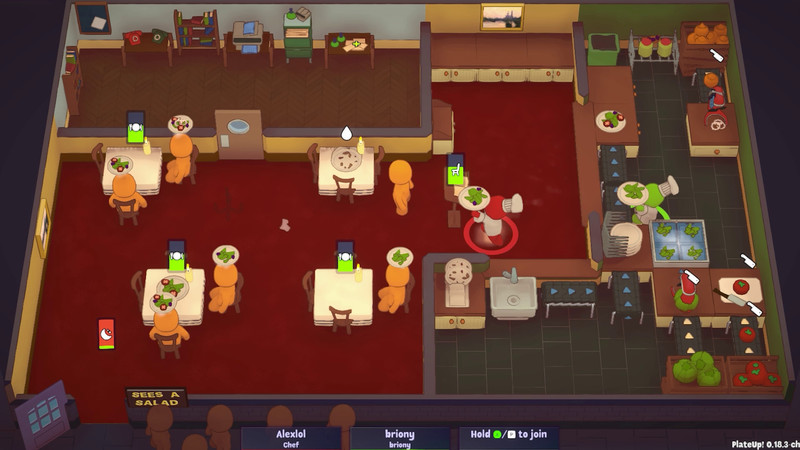
As two adults with busy jobs and real-life commitments, one very simple feature that we both greatly appreciated was the ability to save our restaurants to come back to later. It sounds ridiculous that we’re praising being able to save your game in 2024, but many roguelikes don’t let you do that midway through a run, and we loved the fact that we could jump in and out as life permitted. (You’re also not tied down to restarting with the same number of players which means that you can jump back in on your own, if you’re so inclined, to make those changes you kept having artistic differences with your partner/s about!)
There is a LOT to like about PlateUp!, not least the number of options you have at your disposal. There’s a good array of cuisines that you can base your restaurant around, and a smorgasbord of starter, main and dessert recipes for you to master too. Then, as well as simple things like ornaments and pictures to help build the right ambiance, there’s all manner of practical items that help you make your restaurant more effective. After each successful day you’re offered a random collection of blueprints for further items, and by working on a blueprint at a Research Desk, you can even create upgraded appliances that entirely change the way you play the game.
Tired of rushing around at opening time, trying to prep and cook all the veggies to make enough soup to feed everyone? No problem, why not prep some soup the night before, whilst the last couple of customers are eating, and stash it in the freezer for the next day? Are you struggling to get all the dishes washed whilst you’re cooking? Install a Soaking Sink and let the appliance do the dirty work while you whip up your dishes. Sick of your buddy burning the goods because he’s trying to do too much at once? Get him a Safety Hob to keep him from cremating his cooking ever again. There’s even the opportunity to install new table types, which will impact what foods the seated guests will order, and a huge array or automation equipment to turn your “mom and pop” eatery into a Year 3000-style YO! Sushi, where food is prepared with gadgets and diners are served by conveyor belt. Each progressive run seems to offer more and more dining room options, leaving your head spinning with what might come next.
We found that all these new items made us want to play again and again. We’d be opening a new eatery almost immediately after our last diner crashed and burned, and honestly, that can happen in a hurry. You’ll get a game over if just one customer leaves unhappy -whether they’re not fed fast enough or have to wait too long to get a seat- so it’s a high pressure environment. We’d find ourselves cruising through the early stages, setting up the restaurant nicely and then BAM! Out of nowhere, like the proverbial goose, we were cooked. It only takes a few tricky orders back-to-back, or a couple of dishes requiring refires to completely sink your ship.
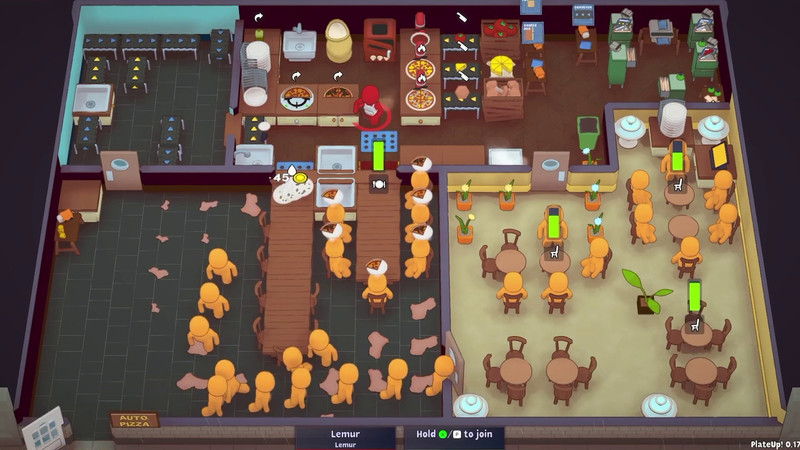
We never felt like the difficulty was unfair, but we were often surprised by how fine the knife edge was between success and failure. After each run we’d regroup and talk through what went well and what we should focus on next time, often looking at what upgrades might best help us overcome the flaws in our play style. As the hours rattled past and we began to get better and better, that age-old conversation between friends naturally cropped up. “Do you think we could do this in real life?” It wasn’t long before that idea was squashed though, both realising we’re far too lazy to run a restaurant!
Joe and I reviewed PlateUp! on the PS5, and while this certainly helped with the seamless multiplayer and voice chat (looking at your stupid app, Nintendo!), I was a little sad to discover that PlateUp! doesn’t support crossplay. Most of our buddies play on the Switch rather than Sony’s black and white behemoth, and the ability to drag them into the dining room and boss them around would have brought unimaginable joy! I understand that crossplay comes with all manner of technical requirements and issues, but it is one of the few areas this critic can point to that cost it a MICHELIN Star overall.
We had an excellent time playing PlateUp!, and have no hesitation recommending it for players with a hankering for a decent portion of multiplayer fun. The roguelike mechanics are both solid and tricky to master. It’s addictive to play, and you’ll find yourself laughing and squabbling with your buddies in equal measure, which is great fun. Whilst entirely understandable, the lack of cross-play is one of the only downsides, with perhaps some rather sudden spikes in difficulty coming as a close second. If you’re looking for an engaging, long term multiplayer challenge, tuck in your napkin and take a big bite out of PlateUp!, it’ll satisfy you nicely.
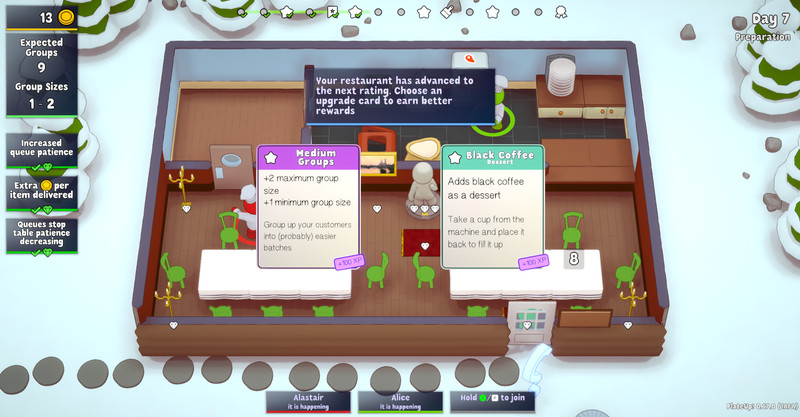
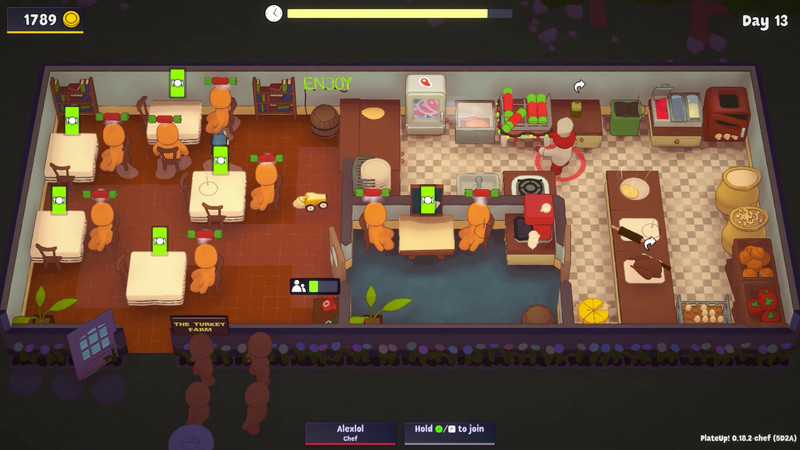
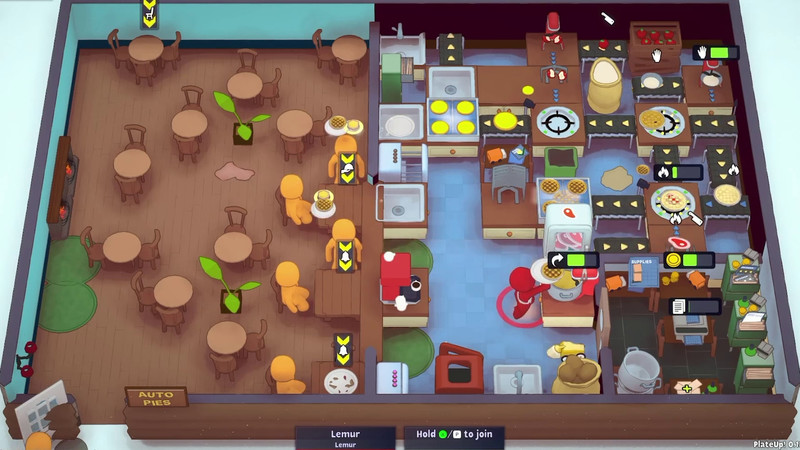
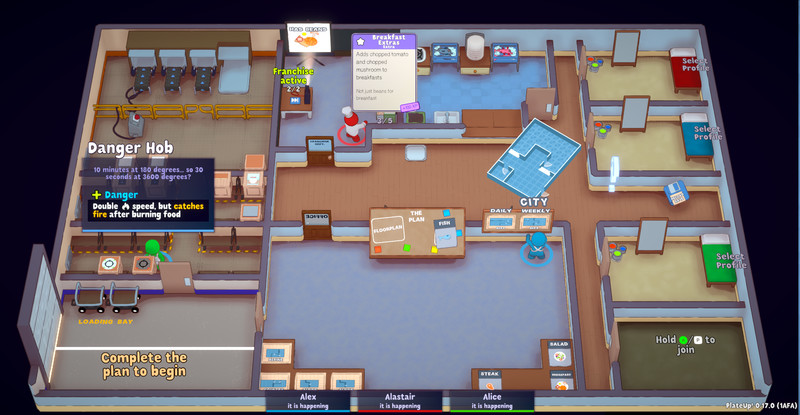

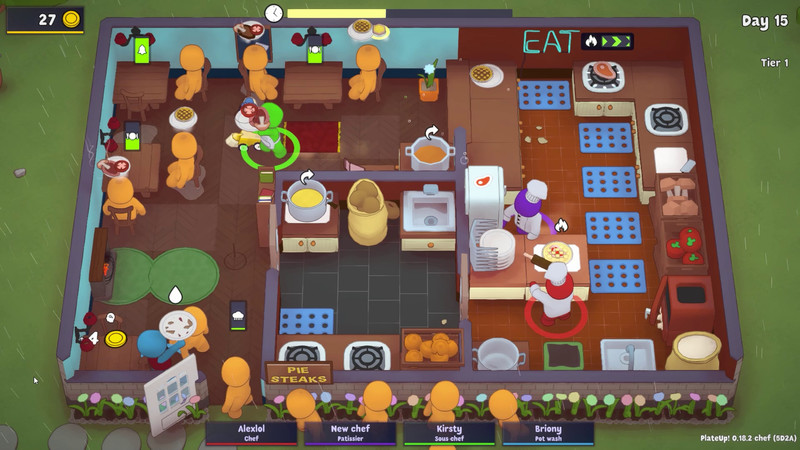
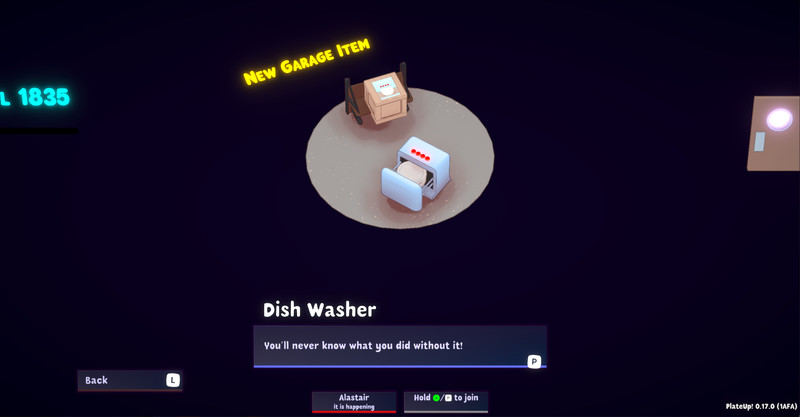
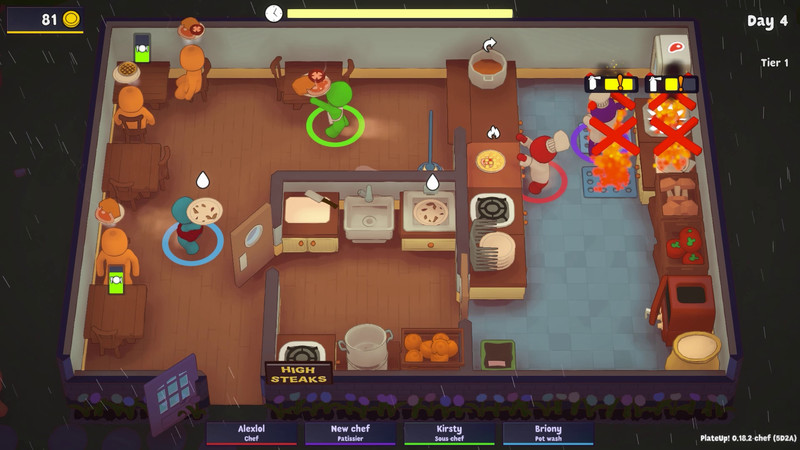
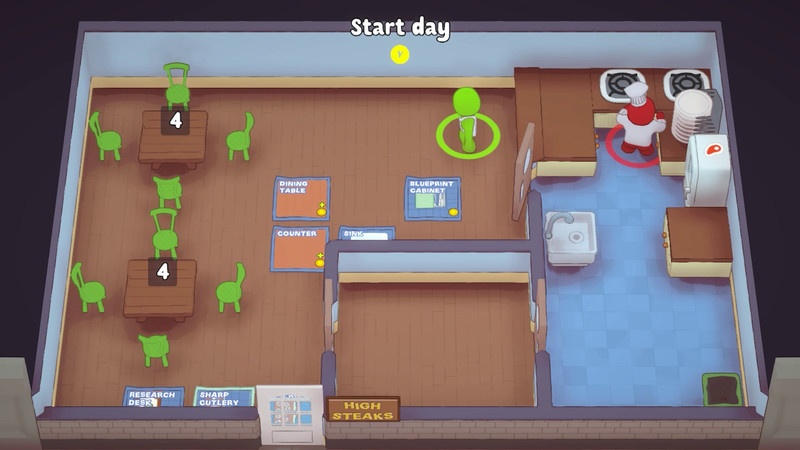
In the interest of full disclosure, VGamingNews was provided with a copy of the game in order to conduct this review.
Thanks for taking the time to read our review. If you’d like to support us further, please consider buying us a coffee!
Tomb Raider I-III Remastered
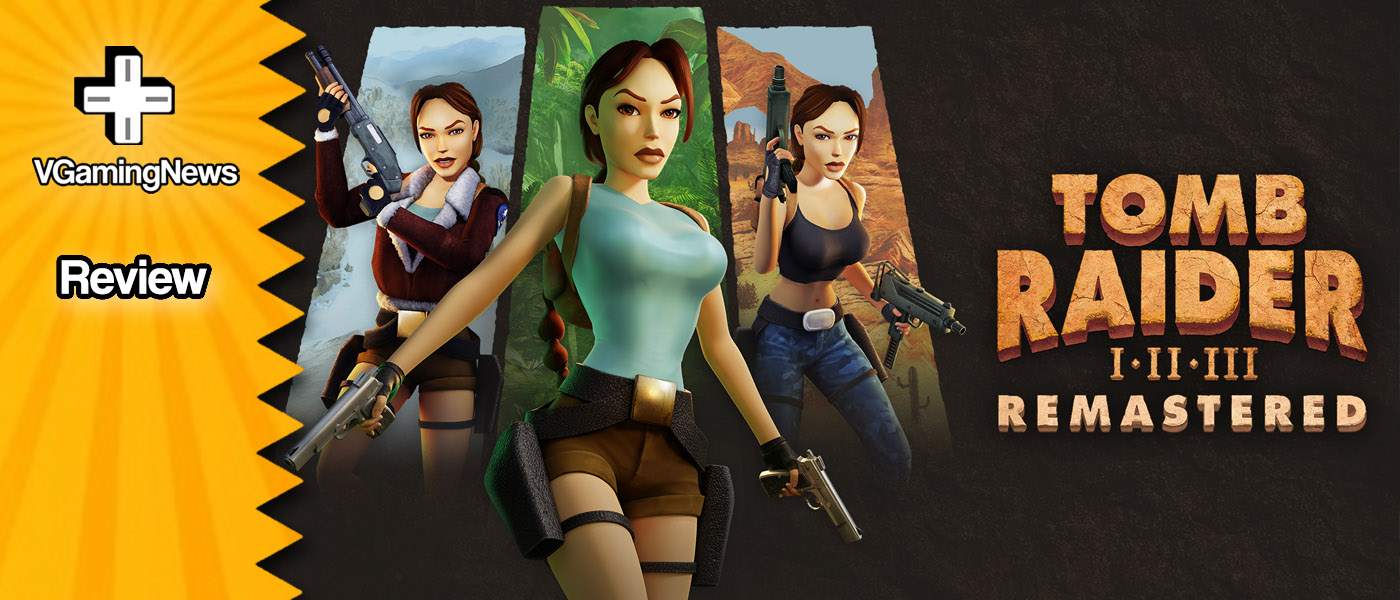

If I were to present to you an image of the grey, concrete brick-looking relic from the 90’s that is the Playstation One console, and was to ask “name the first games that pop into your head?”
What are you going to say?
Crash Bandicoot, maybe? Metal Gear Solid? Resident Evil 2, perhaps? For me it will ALWAYS be the first installments in the Tomb Raider series, in all their blocky retro goodness.
Tomb Raider will forever be renowned as one of gaming’s most iconic and ground-breaking series, and one that I’ve been a huge fan of since my earliest childhood memories in gaming began. Over the years that pass, every so often I’ll get that familiar itch to replay and revisit these games again – however, the only way to do so was to risk mild electric shock in an attempt to boot up the old consoles! Cue the teams at Aspyr and Crystal Dynamics 2024 remastered release of the Tomb Raider Collection I-III to save me from my plight!
Unless you have been living under a rock the past 28 years, we all pretty much know the rundown of these games, but here it is just in case. Tomb Raider is a third-person action-adventure, puzzle-solving platformer, starring famed female British protagonist, archaeologist Lara Croft. Lara travels the world, exploring tombs and various hazardous locations, searching for mysterious lost artifacts, usually to prevent some nefarious character who plans to use said artifact for no good. Originally developed by Core Design and published by Eidos Interactive, the original Tomb Raider was released all the way back in 1996, and was revolutionary and innovative for its time. Tomb Raider 2 followed in quick succession in 1997 and then Tomb Raider 3 then hit the shelves in 1998.
At A Glance
Tomb Raider I-III Remastered 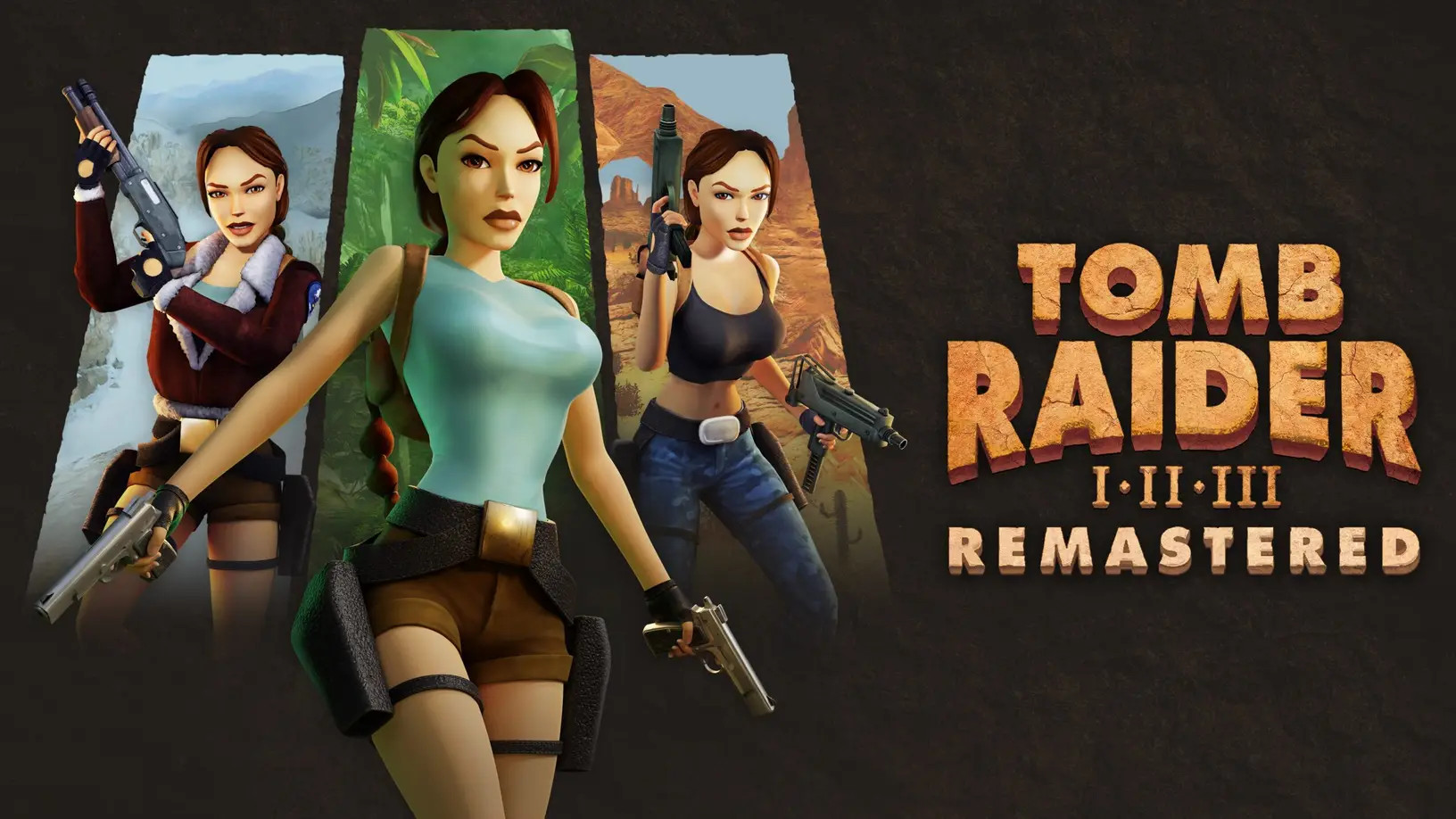 |
|
|---|---|
+ Classic Tomb Raider gameplay with striking revamped visuals |
Positives |
Negatives |
– Outdated gameplay mechanics can sometimes be more frustrating than enjoyable |
Overall |
8 /10 |
Played On |
PS5 |
Also Available On |
Nintendo Switch, PC, PS4, Xbox Series X|S, Xbox One |
Now, let’s swan-dive into the review!
In the age of revivals, Aspyr has given these games a new lease of life with a full graphical overhaul, now playable in widescreen and all with an upgraded frame rate of 60FPS. There’s revamped textures, baked and real-time lighting effects and shadowing, remastered menus, new character models, lovely new HD sky boxes – even the 2D sprites have been replaced – and that’s just to name a few! Aesthetically this game has never looked better. Even Lara has had a glow-up! It’s the way the game looked in my mind as a child; the game that could have been had the technology been around at the time. But it’s in no way overwhelming and doesn’t distract from the original gameplay, it simply enhances it, like a filter on your phone camera, it’s just giving you the best version of what it’s given to work with. Obviously it cannot fairly be compared to modern gaming standards – some of the textures are a bit like wallpaper plastered over giant Lego bricks, and the cutscenes are still pretty ghastly, but it does a pretty good job all things considered.
There’s nice little extras added too, such as lush plant life, particle effects, boss health bars, and subtitles. There’s a new photo mode (should you want a selfie with a cross Atlantean), and over 200 new trophies to collect to keep you busy. What’s also great is the option to switch between the new and old graphics at the push of a button to truly get that authentic vintage Tomb Raider experience, in all its polygonal glory. I found myself compulsively flipping between the two, comparing various iconic locations I had played so many times before looking so much more refined and immersive than ever. The cracks in the stone of the colosseum, the pulsing fleshy walls of Atlantis, the dense foliage of the Indian jungle – seeing them again, all scrubbed up with a fresh coat of paint was a real kick in the feels.
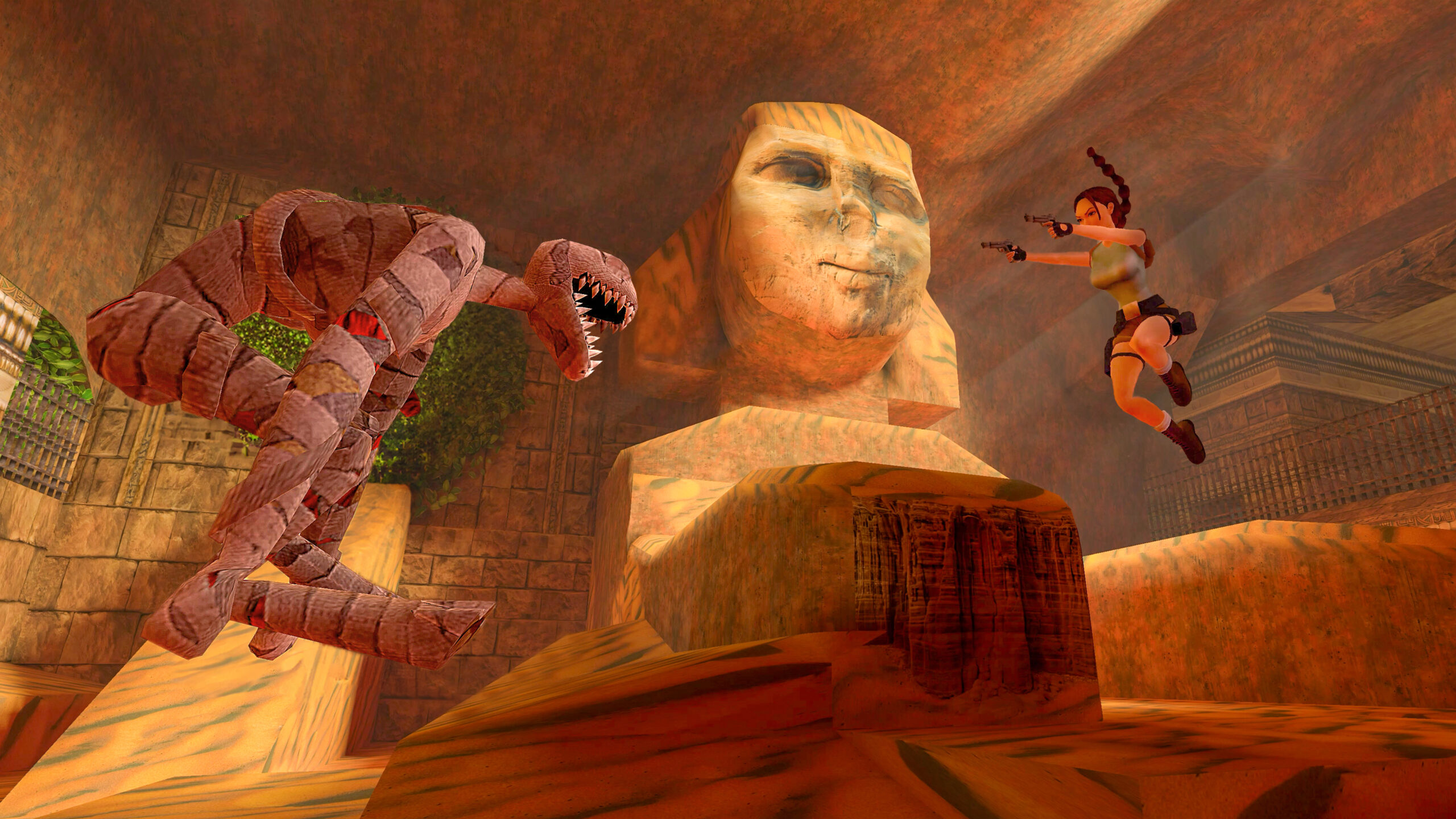
And we have a brand new way of traversing these levels; an additional “modern” control system has been added, which uses more up-to-date analogue controls and a free camera that most modern gamers will be accustomed to. But hardcore retro-gamers needn’t fear, as they should feel right at home with the original, old school “Tank” controls, as they are still available as an option. I personally found the modern controls preferable, as it felt like a much smoother experience compared to the rigid tank controls. But they were not without their problems – the camera was a little unruly at times and would often get stuck on corners or inside the cavity of Lara’s head, particularly if you were up against a wall or in a tight crawl spot. They also -for some illogical reason- completely remove some of Lara’s key movement abilities, such as side jumps, back jumps and side steps, which is rather impractical, particularly during a shootout with one of Natla’s goons or when trying to dodge an oncoming boulder. Consequently, I quite often found myself having to toggle back and forth between the two. Not ideal.
The controls may seem tricky at first but give it time and practice and in a few hours you’ll be flying. A bit like learning to ride a bike! But rather than riding a bike, playing a Tomb Raider game is a bit like driving a classic car -it’s a timeless experience- but although it may be fun to go for a spin, it is unfortunately a product of its time. It’s outdated and janky and doesn’t always deliver the smoothest ride, so it’s not always appreciated by the modern consumer.
The gameplay requires a certain amount of patience, and the modern gamer might struggle with the fact that often the puzzle itself is navigating the labyrinthian levels in order to progress, leading to quite a lot of confusing back-tracking. It’s a rather dated concept. There’s certainly no hand holding, in fact, there’s barely any guidance in the games at all! You’re left to your own devices, which can be almost as frustrating as the tricky, rage-quit-inducing grid-based jumps you’ll need to perfect during gameplay. As you do progress and then inevitably die due to some miscalculated jump or by taking a tumble into a spike pit, you will then come to the untimely realisation that this game has NO auto saves, just manual ones. So don’t forget!
You DO NOT want to do that level with the kayak again… trust me.
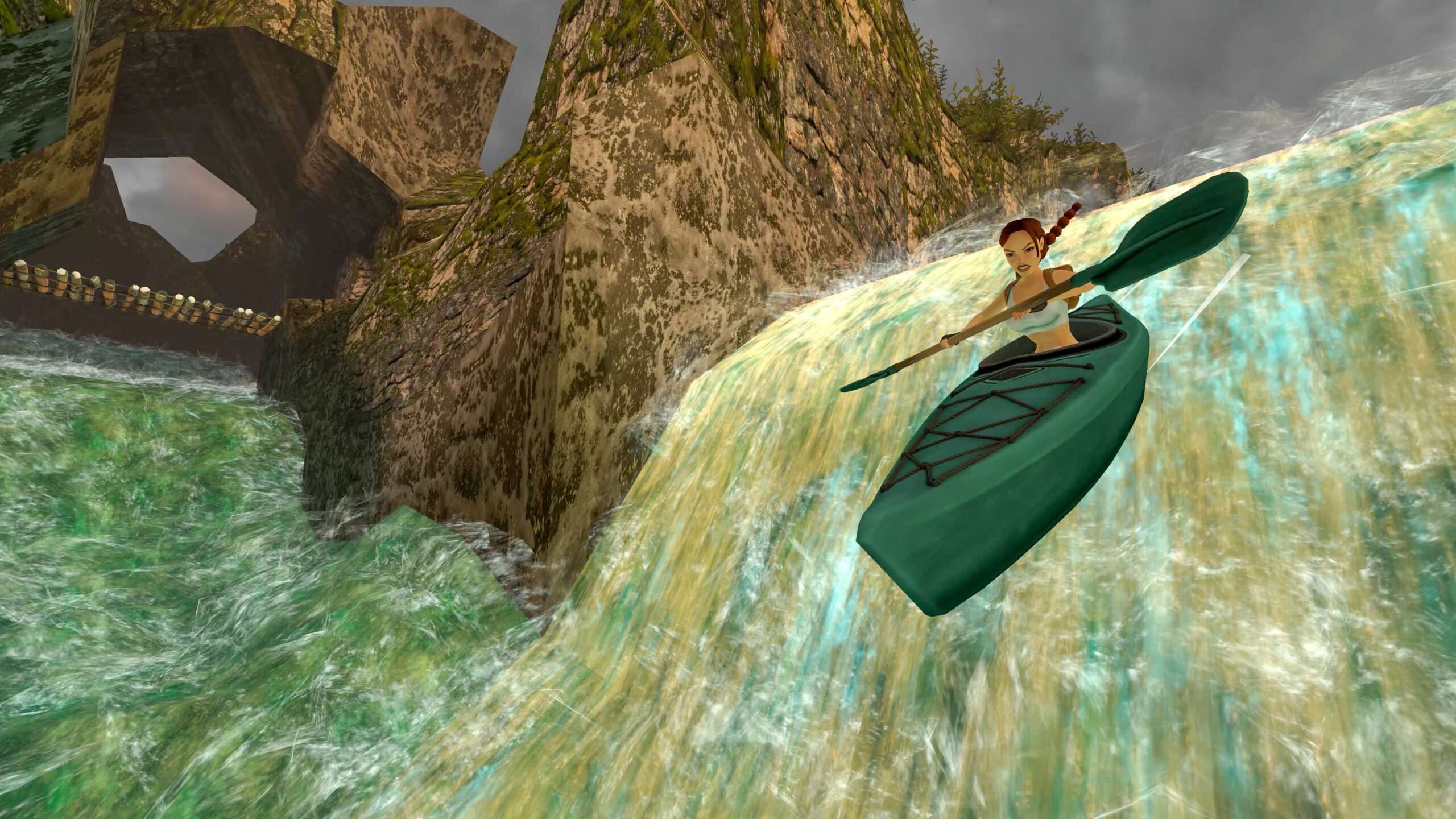
The combat is also probably one of the weaker aspects in the series; there’s no real dodging, just a lot of haphazardous jumping and rolling. Lara’s guns repeatedly lock-on and -off of their own accord – including targets that are already dead. This makes for a bit of a lacklustre experience, and shooting those icky giant spiders come Tomb Raider 2 becomes far less enjoyable and much more of a chore.
“But should I buy this game?”, I hear you ask.
Honestly, that’s a really tricky one for me to answer. I am blinded by nostalgia. I love these games no matter how infuriatingly vague, obtuse, isolating and notoriously difficult they can be at times. I must be a sucker for punishment because I thoroughly enjoy every meticulous jump or toilsome puzzle these games hand out. They simply don’t make them like this anymore.
And this may be the exact reason why the modern gamer may not share the same opinion.
If you have dabbled in retro games before, don’t care too much about having the best graphics, and can go in with the understanding that these games are nearly three decades old and haven’t really aged that well, I’d say give it a go.
Speaking of not aging so well however, it’s worth mentioning that these games now come with a disclaimer warning about the “offensive depictions of people, cultures and stereotypes that are both deeply harmful and inexcusable”. Rather than remove the content, Crystal Dynamics have left it in so that we, the audience, “may acknowledge its harmful impact and learn from it”. Let’s be honest, there’s a fair bit of problematic content in the series. I think deep down we all knew that relieving cultures of their ancient relics and shooting endangered wildlife was never exactly appropriate.
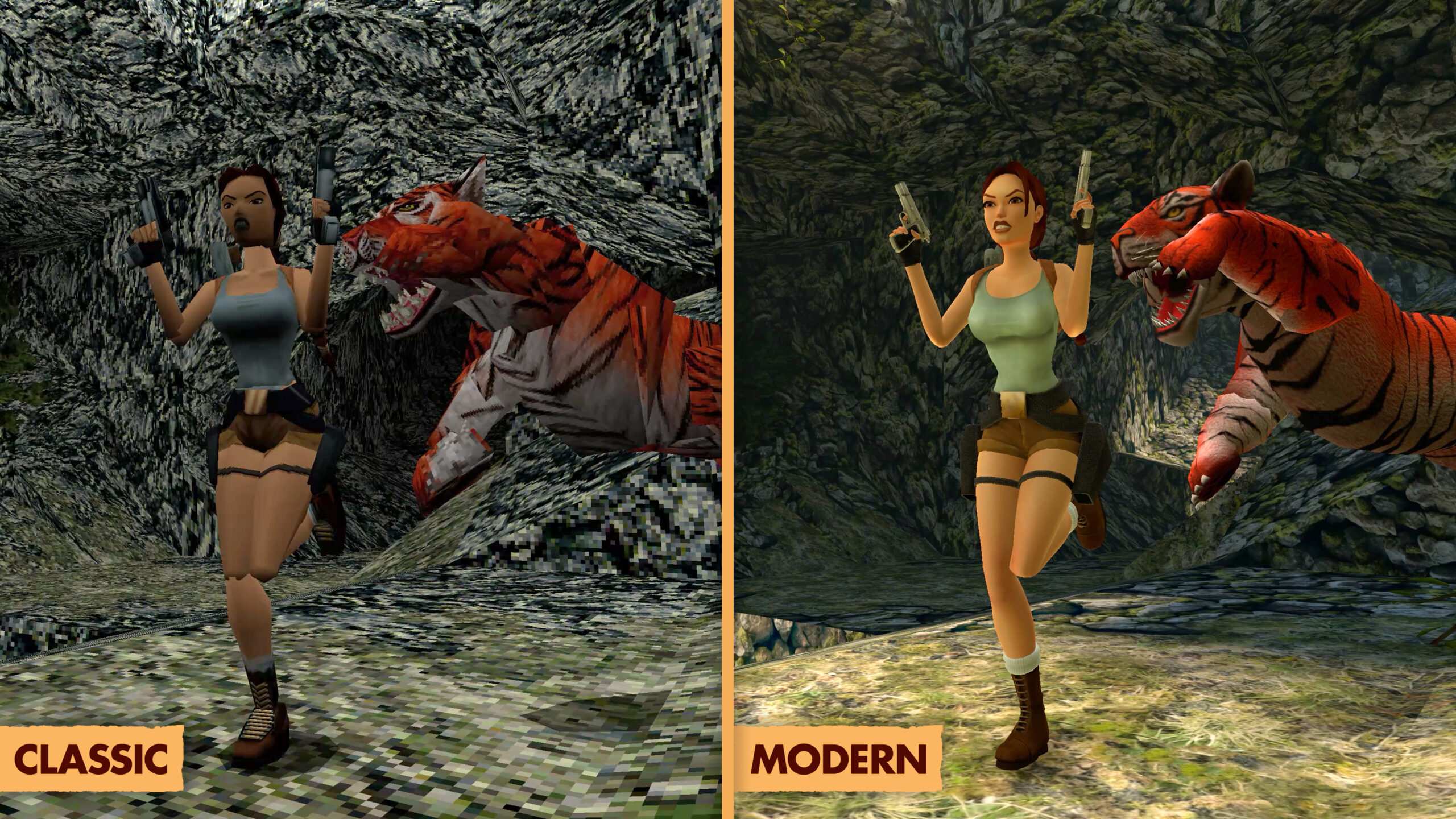
At the retail price of around £25 for all three games plus all of the expansions (previously PC-only exclusives), you’re looking at a minimum of 80+ hours gameplay, so you’re definitely getting your money’s worth. Downside, it is digital download only at the moment, which is a bit of a shame, as I’d quite like a physical copy on my shelf.
You can clearly see the love and attention the team at Aspyr has put into the restoration of this acclaimed franchise; it’s a long-awaited love letter made by fans for fans, and hats off to them. I’m really hoping they will find the time to continue to remaster more of this series in the not-so-distant future. The Last Revelation would be next, and it’s my favorite.
Whether you are exploring these games for the very first time and just want to see what all the hype is about, or you’re a veteran player who’s ready to be hauled back to the 90’s, nostalgia goggles in hand, ready to reminisce on a time when gaming was a little simpler, anyone who’s a self-proclaimed gamer should try this series at least once, and Aspyr have made this Tomb Raider Remastered collection the definitive way to do so.
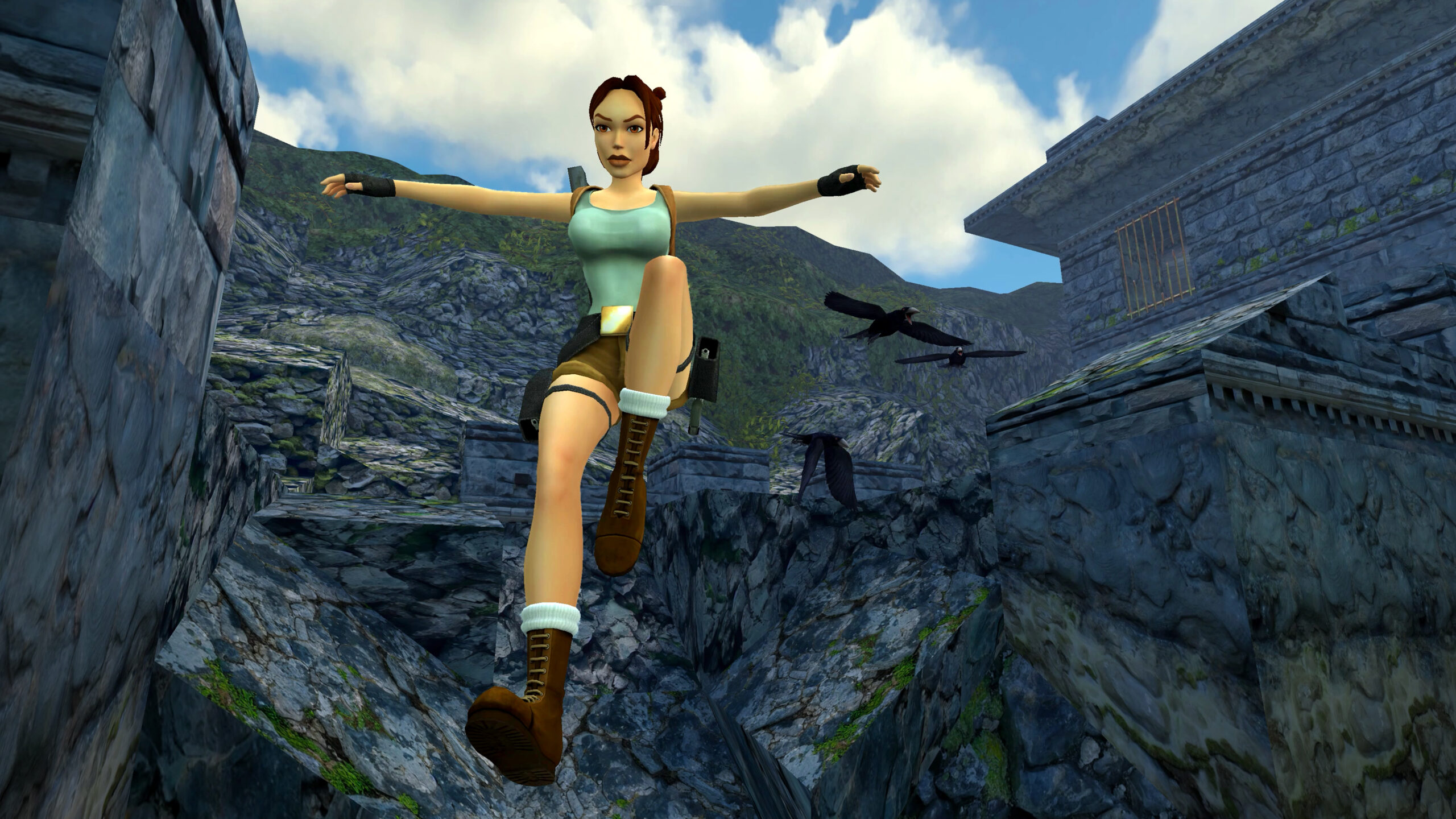
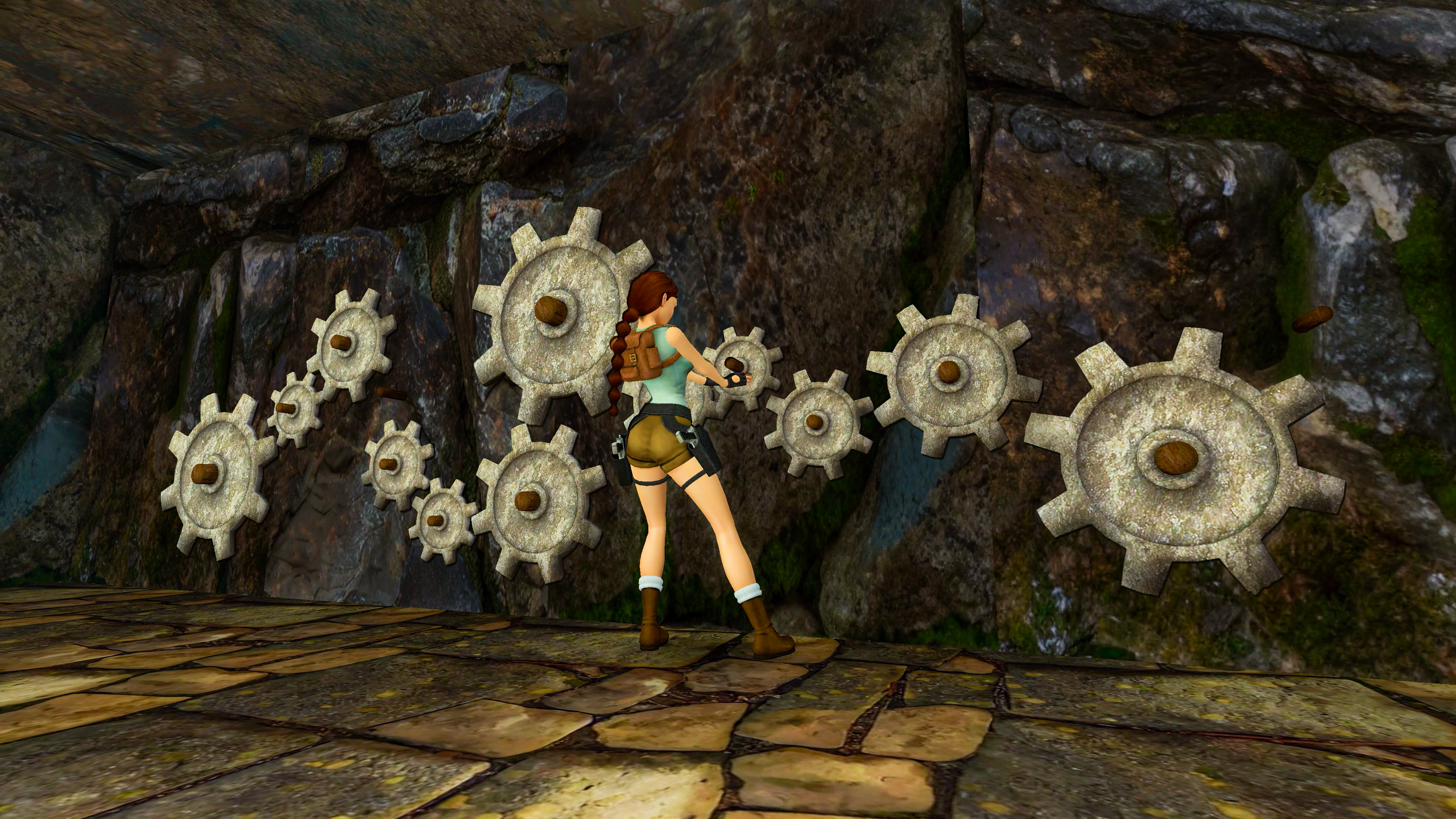
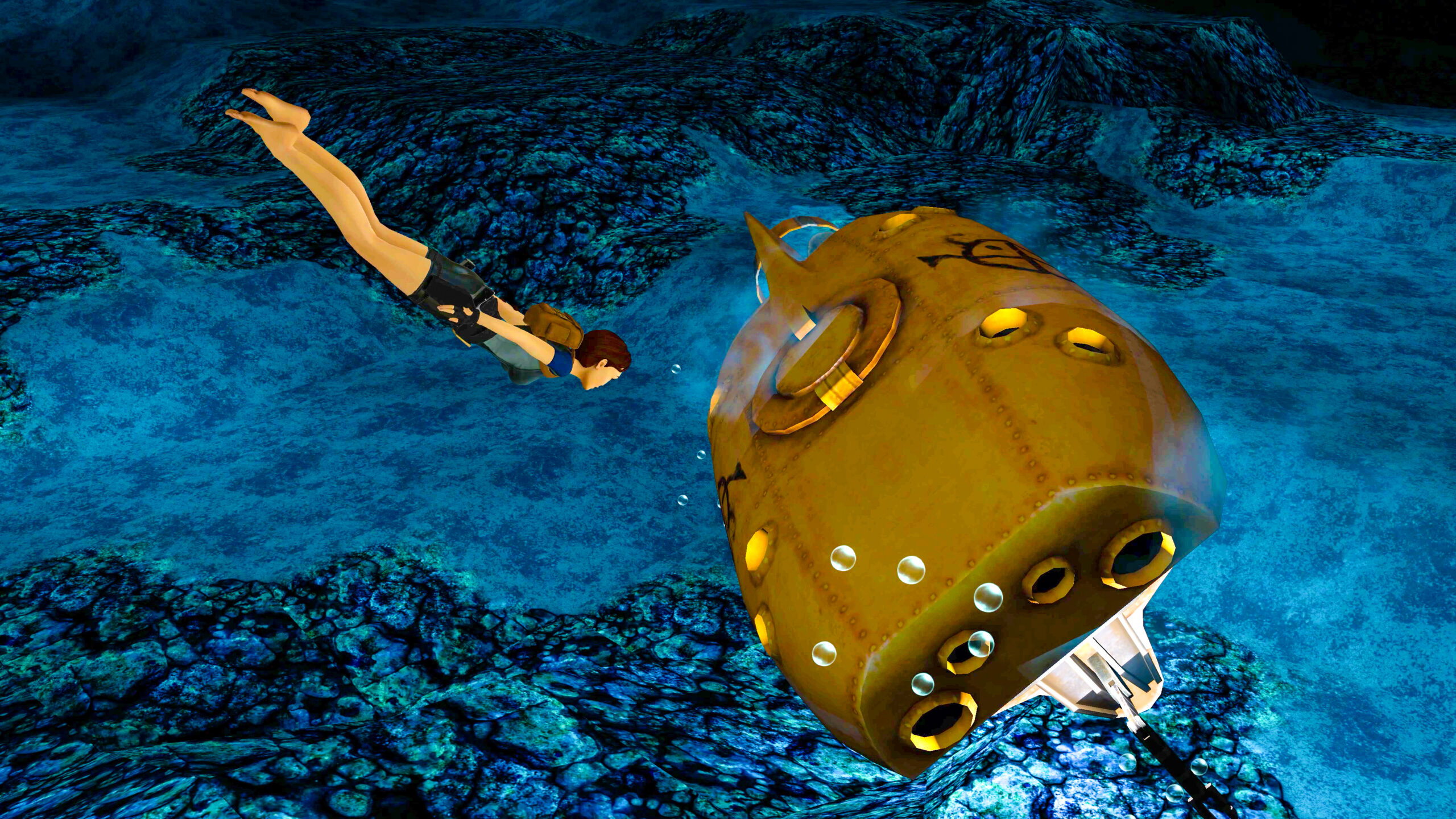
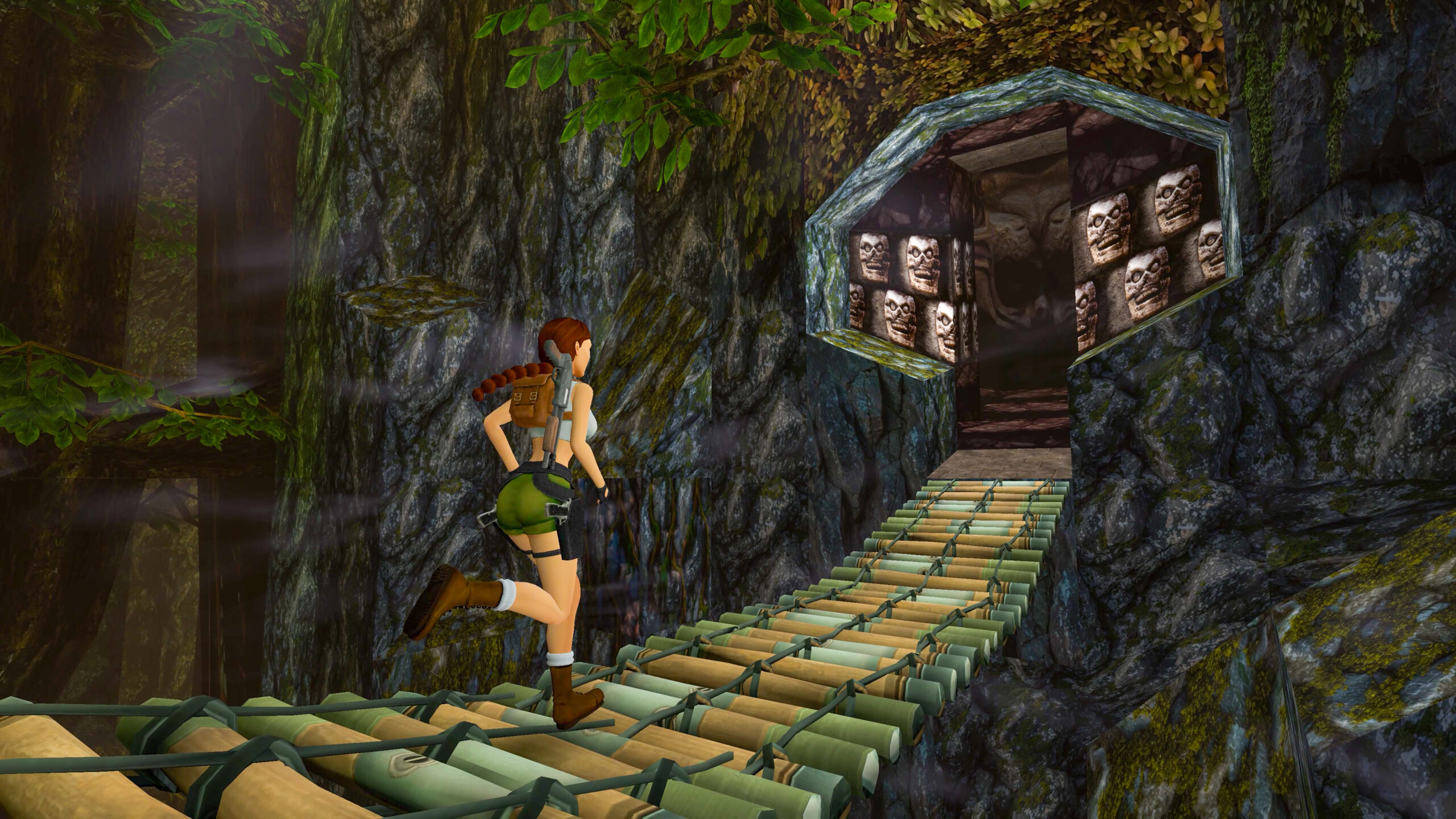
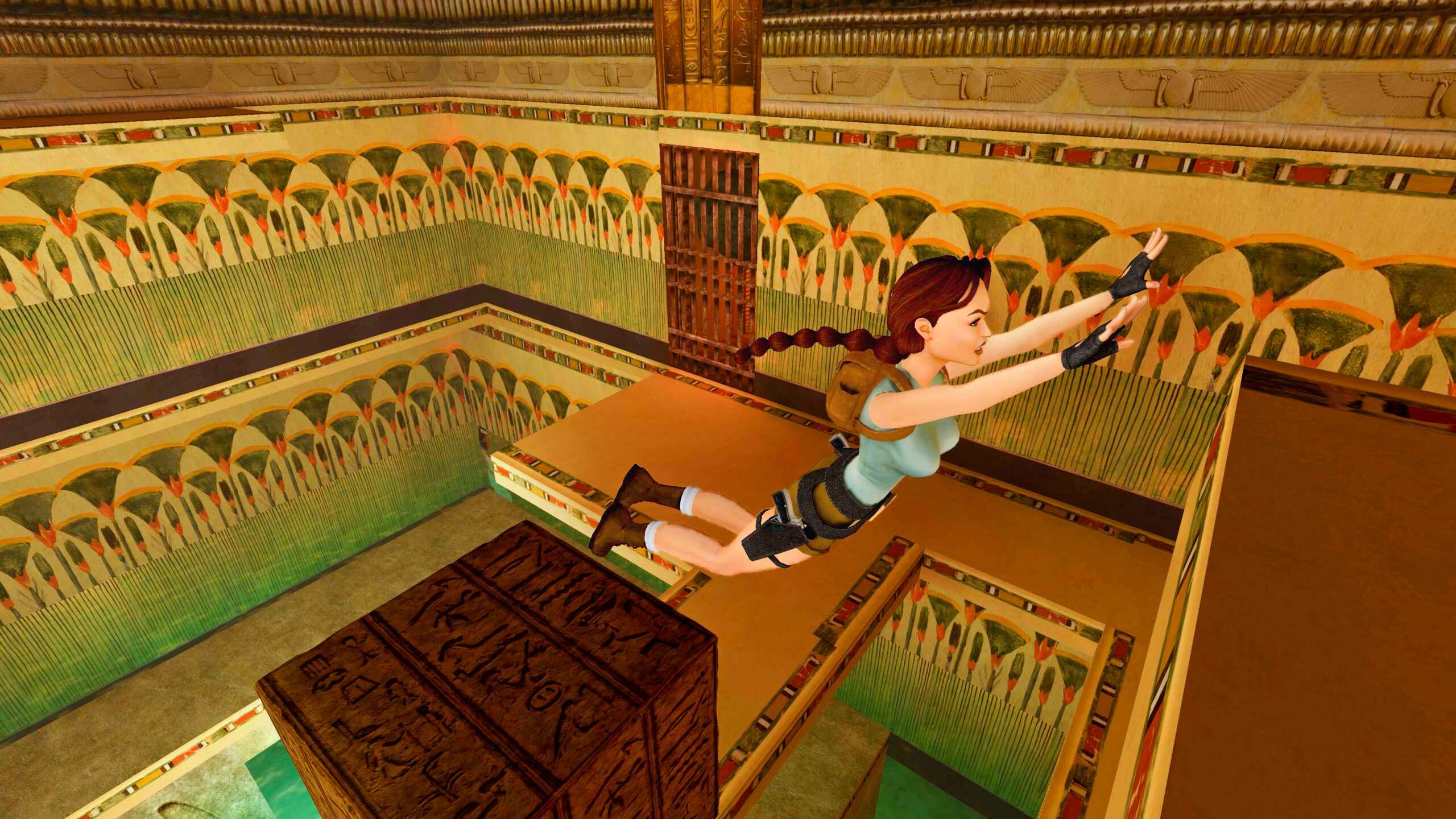
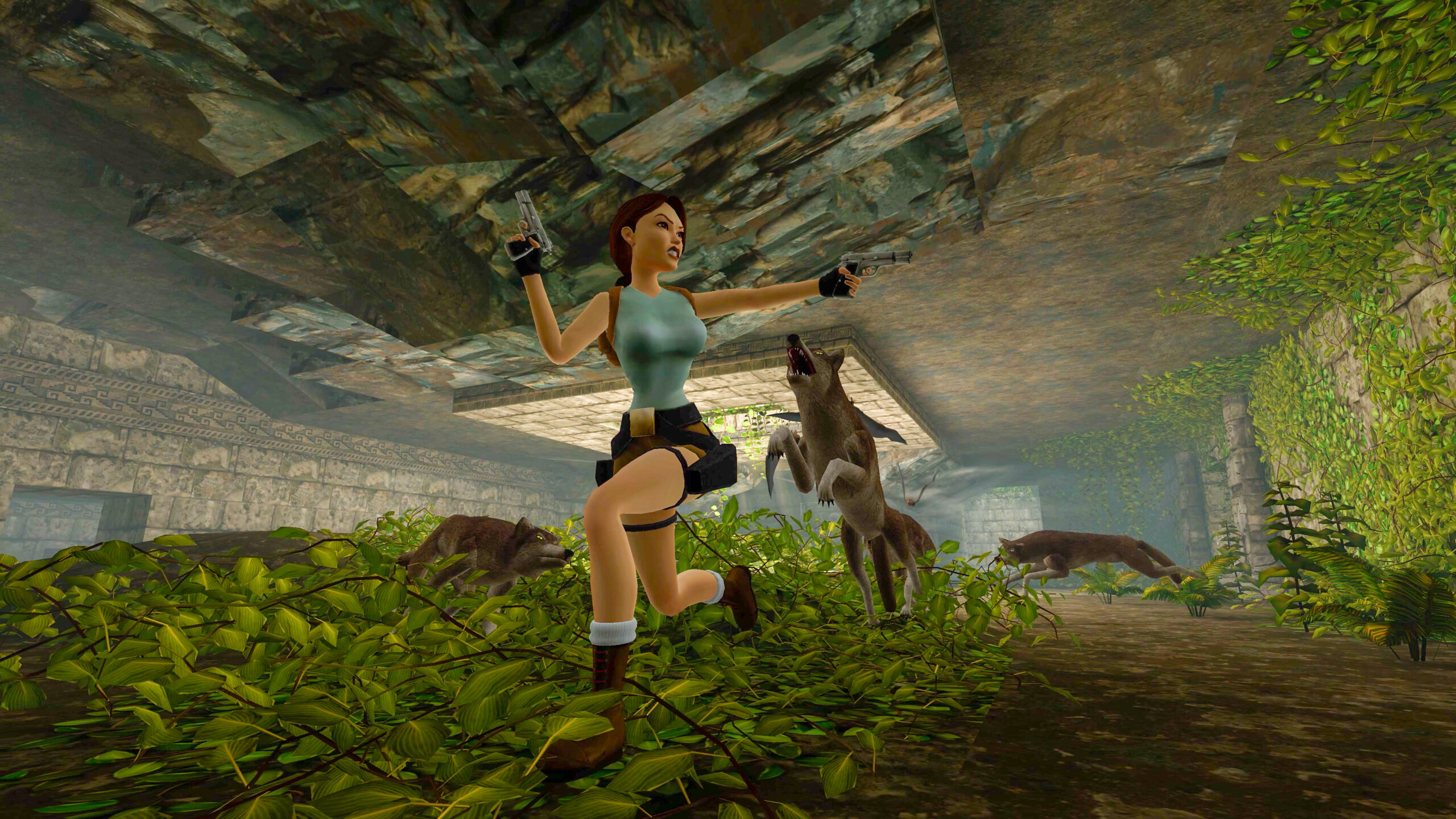
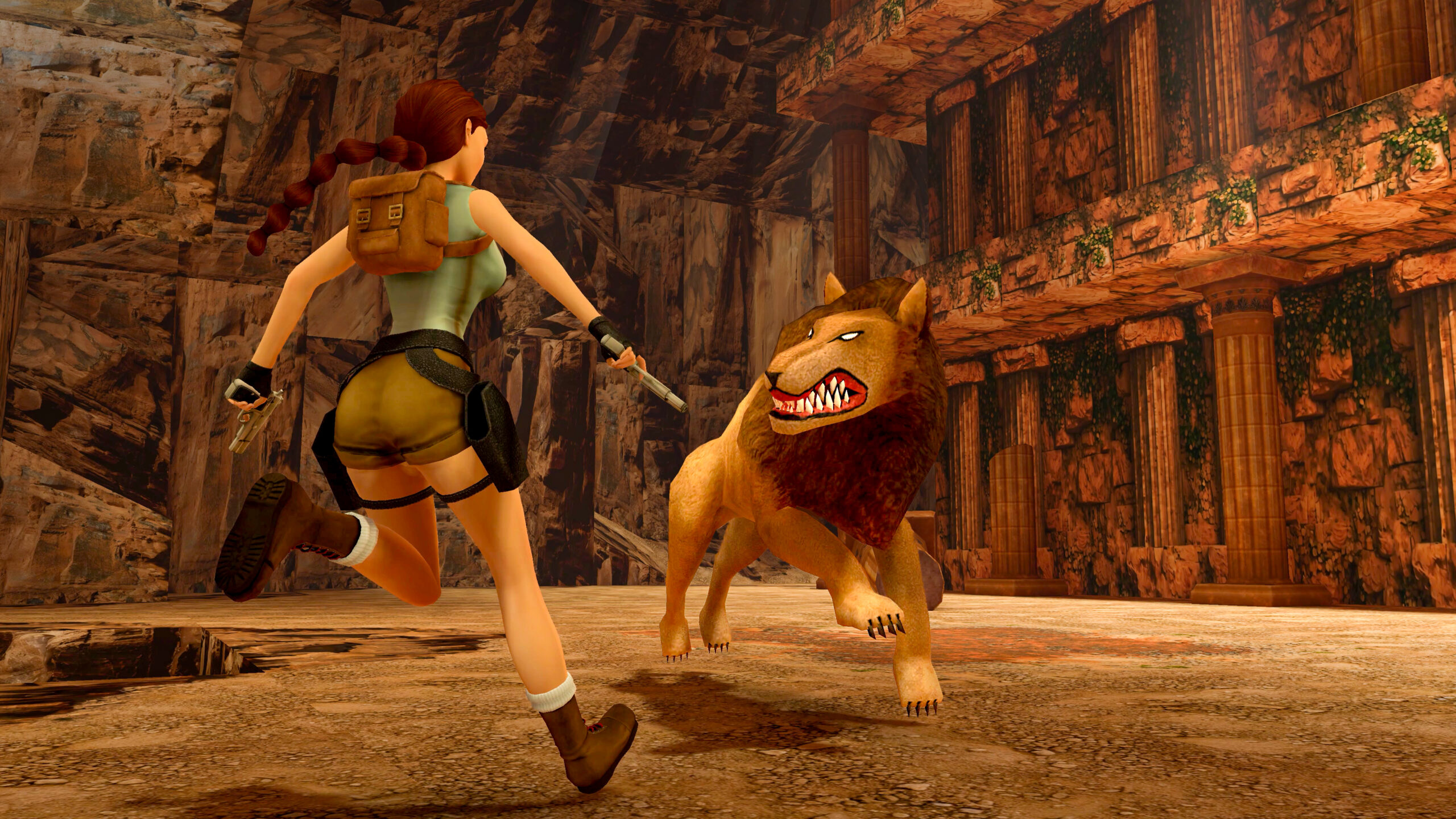
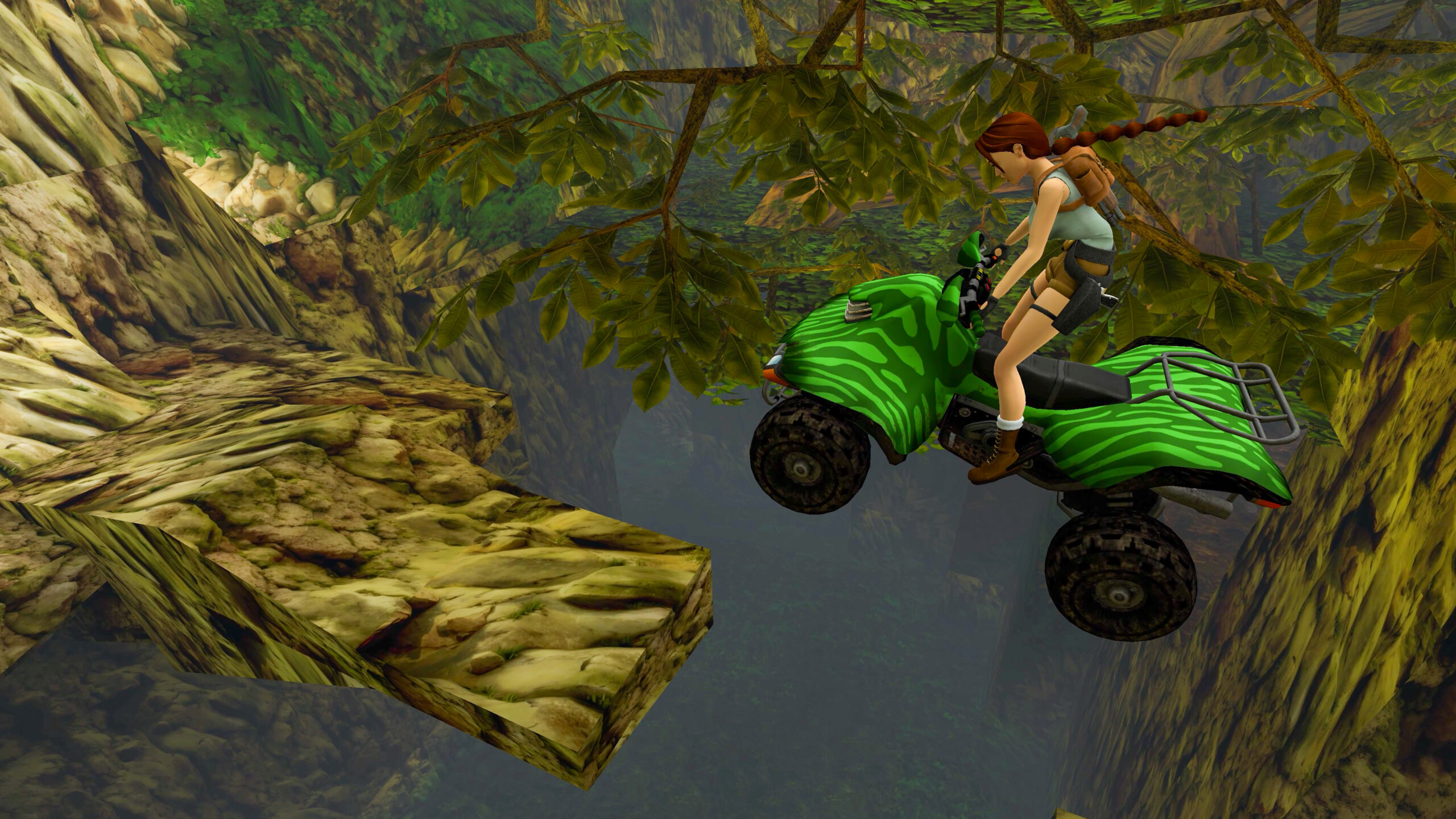
In the interest of full disclosure, VGamingNews was provided with a copy of the game in order to conduct this review.
Thanks for taking the time to read our review. If you’d like to support us further, please consider buying us a coffee!
Metal Gear Solid: Master Collection Vol 1
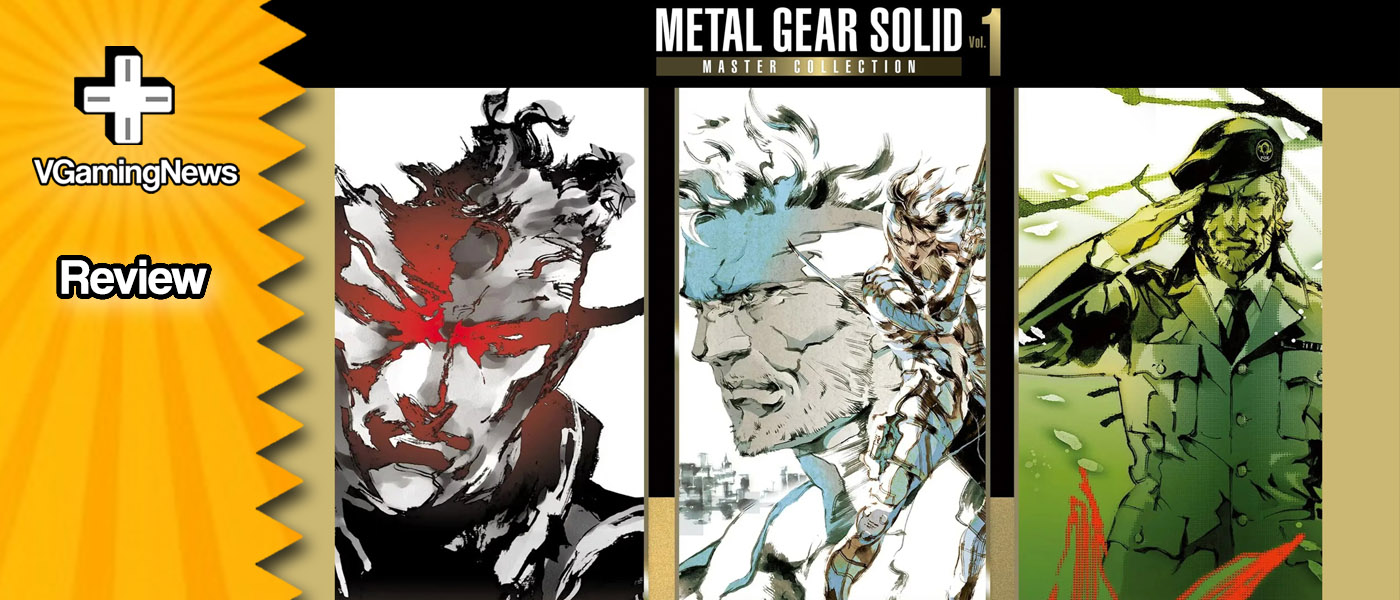

Two weeks ago I’d never played a Metal Gear game in my life, and that’s despite my wife badgering me on and off for over a decade to give it a chance. My excuses ranged from “I’ll add it to the backlog” to “my PlayStation is packed away,” so the timing was never quite right. That all changed when Konami released the Metal Gear Solid: Master Collection Vol 1 on the PS5, and I was tasked with actually sitting down with Solid Snake and finding out what all the hype was about.
To make sure that this piece doesn’t turn itself into a mini-docu series that Netflix would be proud of, I’ll keep my review of Metal Gear Solid: Master Collection Vol 1 as concise as possible. As the name suggests, this is a compilation of the first few titles in Konami’s long-running franchise that started way back in the 1980s with Metal Gear. Since Snake’s timeline is as convoluted as both Kingdom Hearts and The Legend of Zelda, Konami had the foresight to stick with the release order, which means we move on to the MSX version of Metal Gear 2 before hitting the PlayStation continuation; Metal Gear Solid and its sequels. Without spoiling the rest of the review too much, the Master Collection is aimed at two types of players: those who want to play the original titles who might not have the means to play them, or those, like me, who’ve never touched a Metal Gear game in their lives.
At A Glance
Metal Gear Solid: Master Collection Vol 1 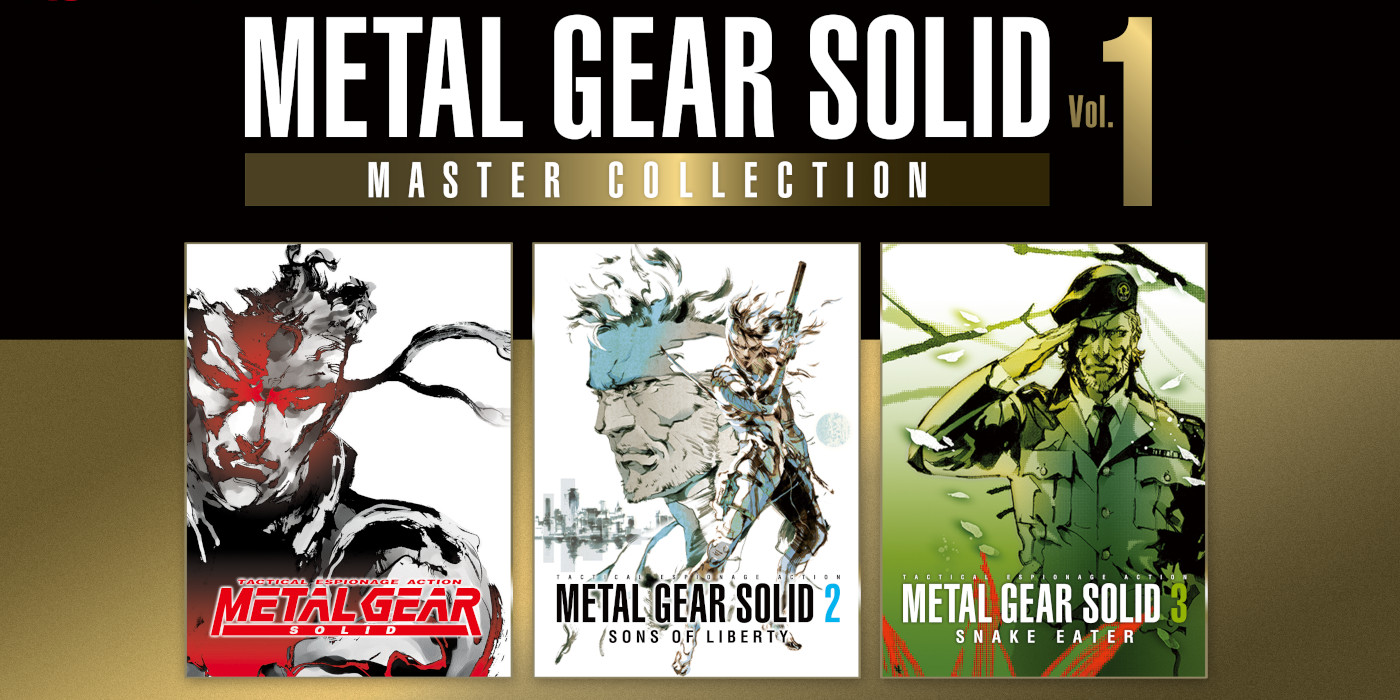 |
|
|---|---|
+ Five complete Metal Gear games in one package |
Positives |
Negatives |
– Lazy ports of older versions |
Overall |
7/10 |
Played On |
PS5 |
Also Available On |
Nintendo Switch, PC, PS4, Xbox Series X|S, Xbox One |
Metal Gear started life on Sony’s MSX PC in 1987 and was created by an upcoming developer named Hideo Kojima (I wonder whatever happened to him). His idea was to create something a little different, a stealth game that revolved around one Solid Snake sneaking into various terrorist facilities to stop the production of Metal Gear, a bipedal tank capable of launching nuclear weapons from almost anywhere on Earth. As we move through the decades in the Master Collection, we see Kojima and his team create classic after classic, culminating in the PS2 hits Metal Gear Solid 2: Sons of Liberty and Metal Gear Solid 3: Snake Eater. Each game follows a set pattern; Snake has been given some outrageous mission to gain intel and save a VIP, before spinning out into a worldwide threat involving some ridiculously named baddie like Revolver Ocelot, or Liquid Snake (not to be confused with our own Solid Snake). As I played through each game, keeping up with the story became harder, especially since MGS 3 is a prequel that predates everything else in the collection. That being said, each game is thoroughly enjoyable and balances the utterly convoluted plot with a difficulty level which means the games are accessible to almost anyone without being complete walkovers.
If this all seems familiar, that’s because both of the original Metal Gear games, along with MGS 2 and Snake Eater have been rereleased as the HD collection way back on the Xbox 360 and PS3. While this portion of the Master Collection is identical -even the old HD Collection logo flashes up with each game- there is a newcomer to the proceedings; the original PlayStation’s Metal Gear Solid. The 1998 entry became an instant classic when it was released; like the MSX games, Konami utilised the power to bring the series into a vibrant 3D world. Unfortunately, things have changed in the 25+ years since we first saw Solid Snake creep out of the waters in Alaska, and nothing is more evident than booting up MGS for the first time, as Konami have kept everything as it was.
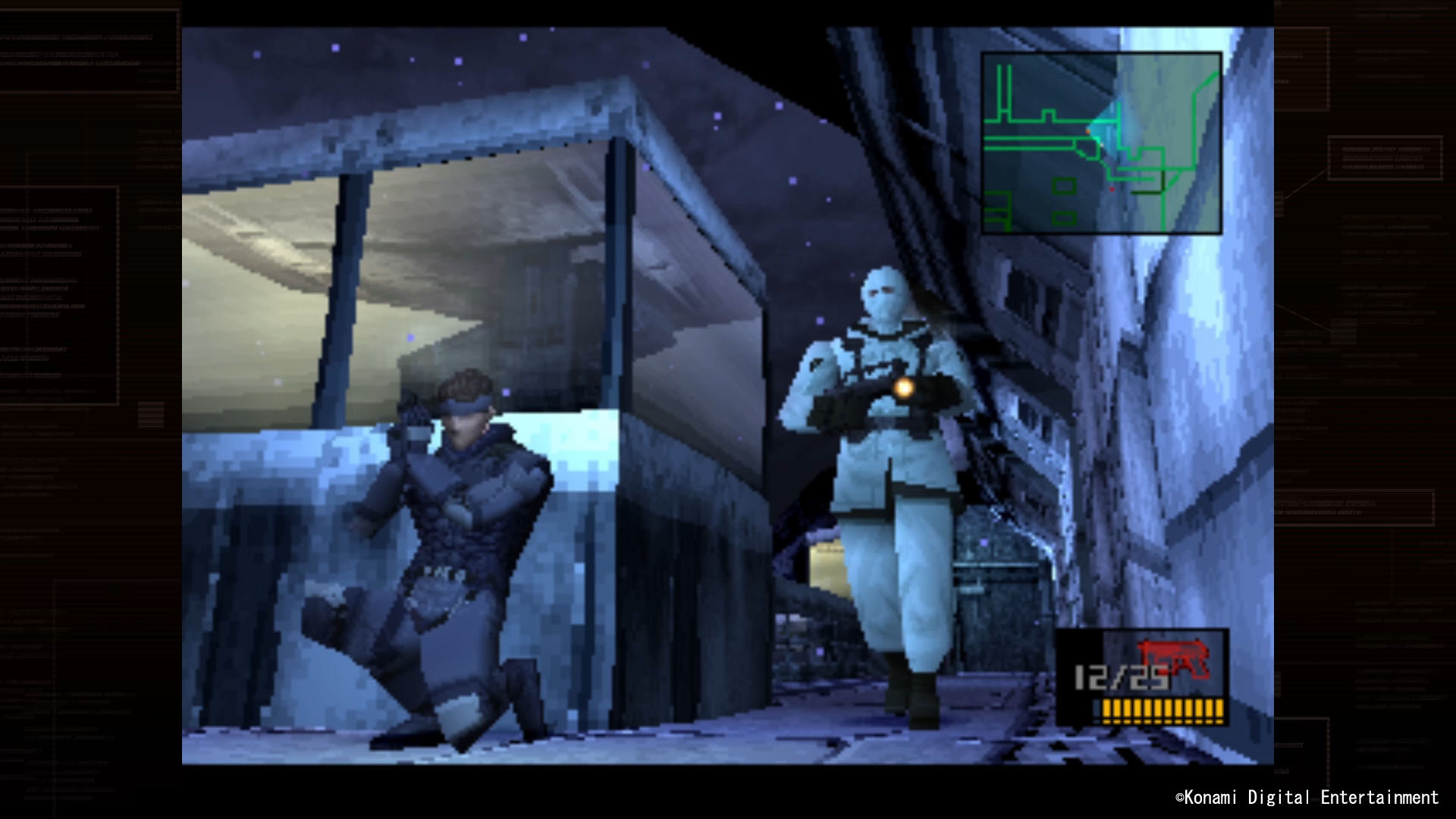
The first bugbear is that Circle is the accept button, with Cross being cancel. This is how the original PlayStation used to function, however the prompts were flipped in the West back in the PS2 days, so MGS is the only outlier in the collection. The next issue is that MGS is running on an emulator rather than PS5 hardware, meaning there’s slowdown during the high octane portions of the game, the image quality is in the toilet, and there is stuttering at points which wouldn’t be happening if the game was making use of the PS5’s fancy upgrades. If that wasn’t enough, players are burdened with the PAL version of the game out of the box, which clocks the game at 50hz instead of the now standard 60hz, where the sound is slightly off and the game runs approximately 10% slower. Once you’ve downloaded the main game, I’d highly suggest heading into the language options and selecting the North American option. While it’ll trigger a further 1.8GB download, you’ll get a much smoother game out of, it as it runs at the expected 60 frames-per-second.
This leads me to another big gripe with Metal Gear Solid: Master Collection Vol 1, and that’s the downloads. It could be my age, but I grew up in a time when a compilation was contained in one disc or download, and that’s it. For the Master Collection, Konami saw it fit to break it down into 5 separate tiles; MGS, MGS 2, MGS 3, Metal Gear 1 & 2 and Bonuses. Don’t get me wrong, each game is stacked to the brim with artwork, soundtracks, behind the scenes extras and even scripts, but it felt disjointed having to go from one game, back to the main menu and then to the next. Having one main hub and being able to download whatever game was next on the list would have been a far better experience, especially as there are no clear instructions from the PlayStation storefront that this would be the case.
Along with the five official games that make up Kojima’s timeline, the Master Collection does come with two additional games in the form of the NES version of Metal Gear, along with the divisive Snake’s Revenge. As mentioned, the original Metal Gear is a port of the MSX version, but thanks to the inferior processing power of the NES, some drastic changes had to be made. This included a whole new introduction, along with the complicated buildings being split down so players could easily navigate through them. Following on from the events of the game is Snake’s Revenge, a game that was commissioned solely for western audiences, has no involvement with Kojima and isn’t considered canon. When playing these games, they felt like fine 8-bit adventure games but compared to the surprisingly detailed and story driven MSX versions, both the NES version of Metal Gear and Snake’s Revenge just felt like the black sheep of the series. Thankfully, it’s not just a pair of games that make up the bonus section of the package, as we are also treated to a lengthy soundtrack and four video comics based around the games. Each comic does require an additional download but once it is installed, you can press play and just let the action unfold in a fully narrated adventure.
It is a shame that all of that content is spread across five different apps, perhaps this was due to also having to contend with a Switch version but I think having one succinct menu to load in different games would have been a better option, as it would have helped to navigate through the timeline. At the very least, the bonus application could have been added to the relevant games to prevent having to load up yet another tile on the PlayStation menu.
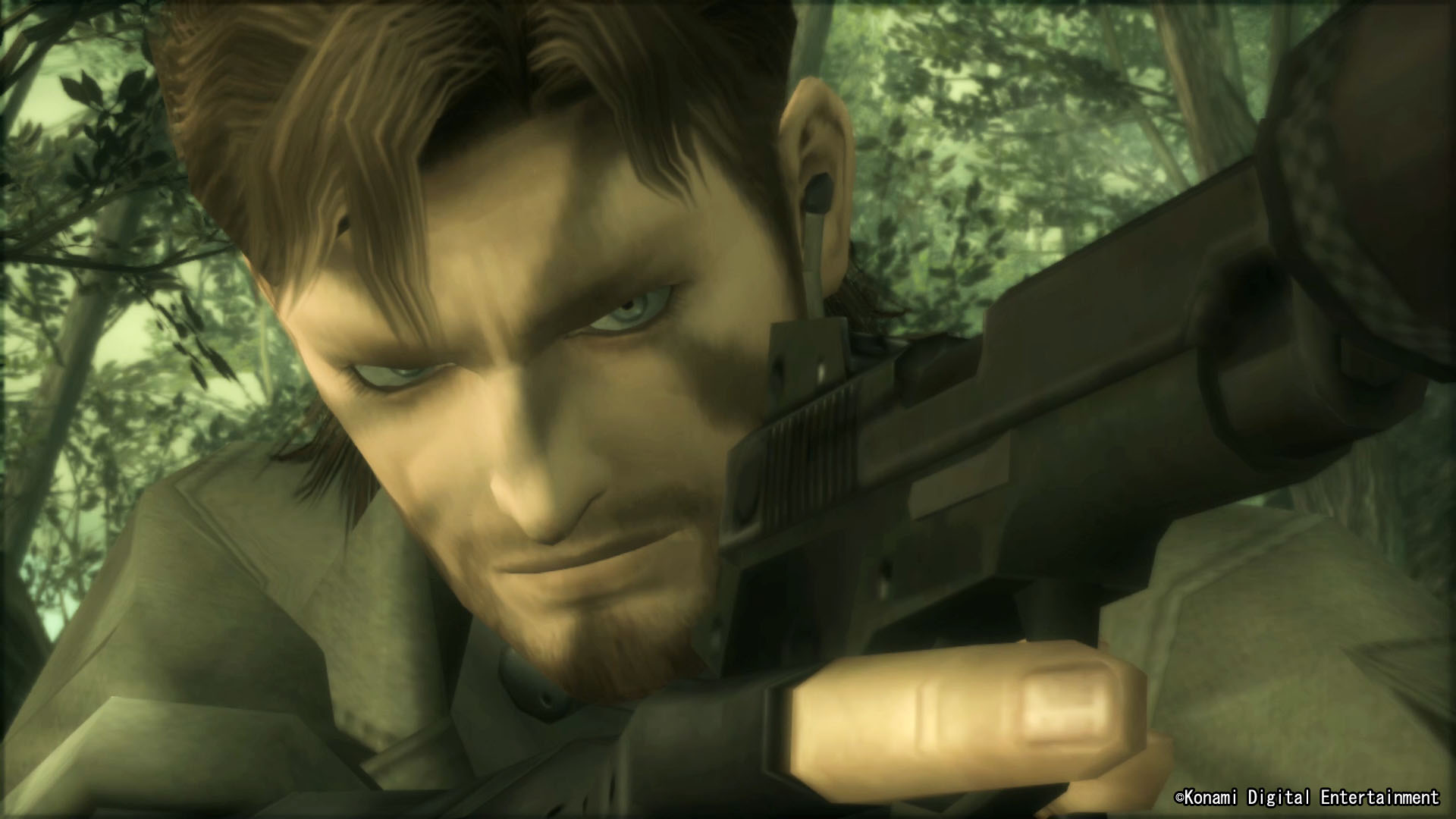
The most annoying drawback with the Metal Gear Solid: Master Collection Vol 1 is that it is obviously a reskin of the PS3/Xbox 360 HD collection from 2010, albeit with Peace Walker swapped out for Metal Gear Solid. The very same HD logo flashes up when loading all but MGS just highlights the lengths Konami didn’t go to when porting the games over. The reason why the collection scores so highly is purely down to the strength of the titles themselves, which are some of the craziest stories I’ve ever had the pleasure of playing.
Even with this drawback, The Metal Gear Solid: Master Collection’s package is impressive, especially when you consider the amount of content you get for the price. The developers could have taken a leaf out of Nintendo’s book and created a 3D All-Stars-type collection with just the games and called it a day, but to their credit, Konami has crammed a lot of stuff into the collection to keep you busy for days. While there are no graphical improvements, they run fine as long as expectations are adjusted accordingly. If you have no way to play any of these games or would like to experience the Metal Gear series for the first time, I absolutely recommend Metal Gear Solid: Master Collection Vol 1. If you already own the originals or the HD Collection, your money is probably best saved for the inevitable remakes.
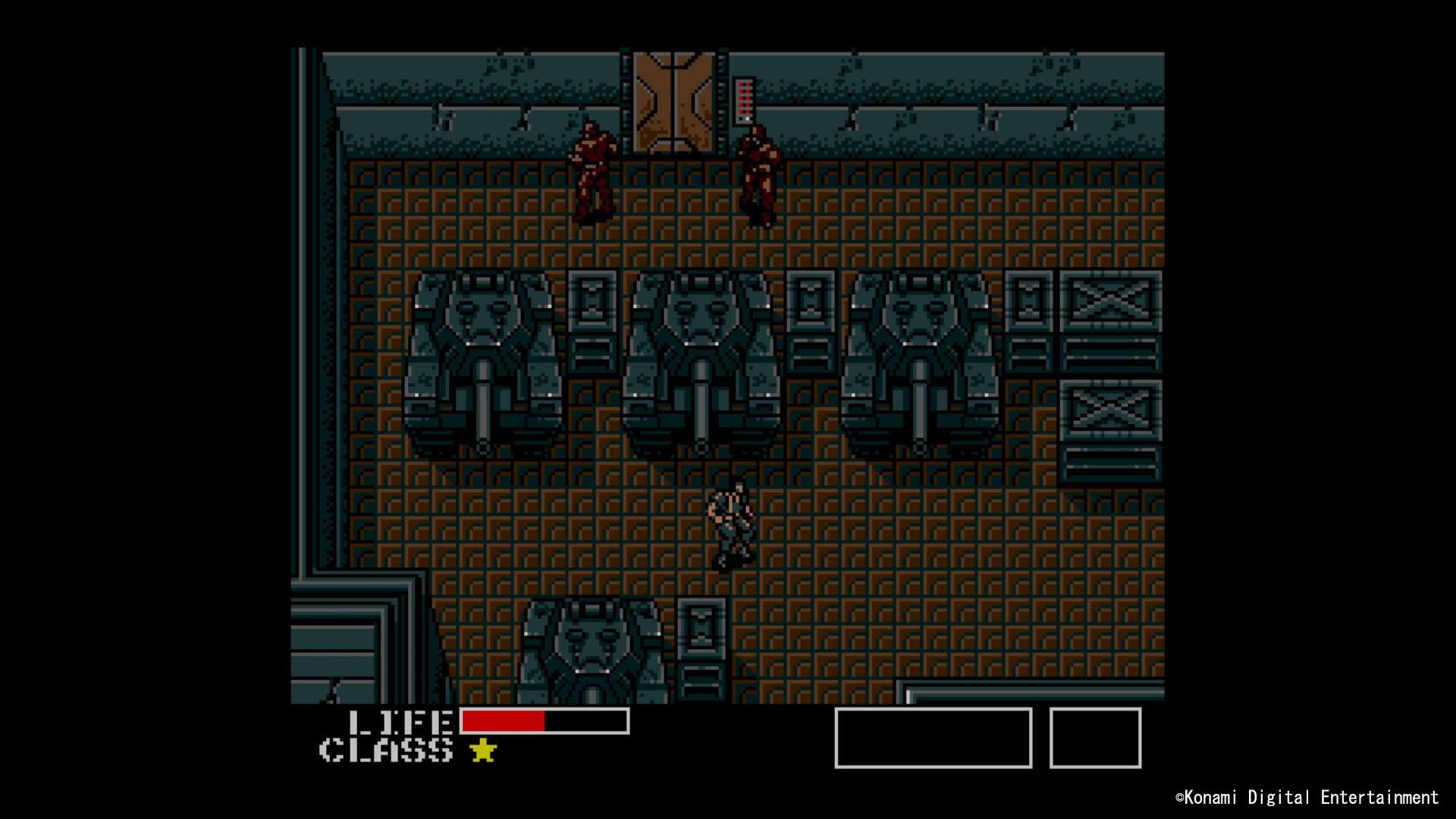
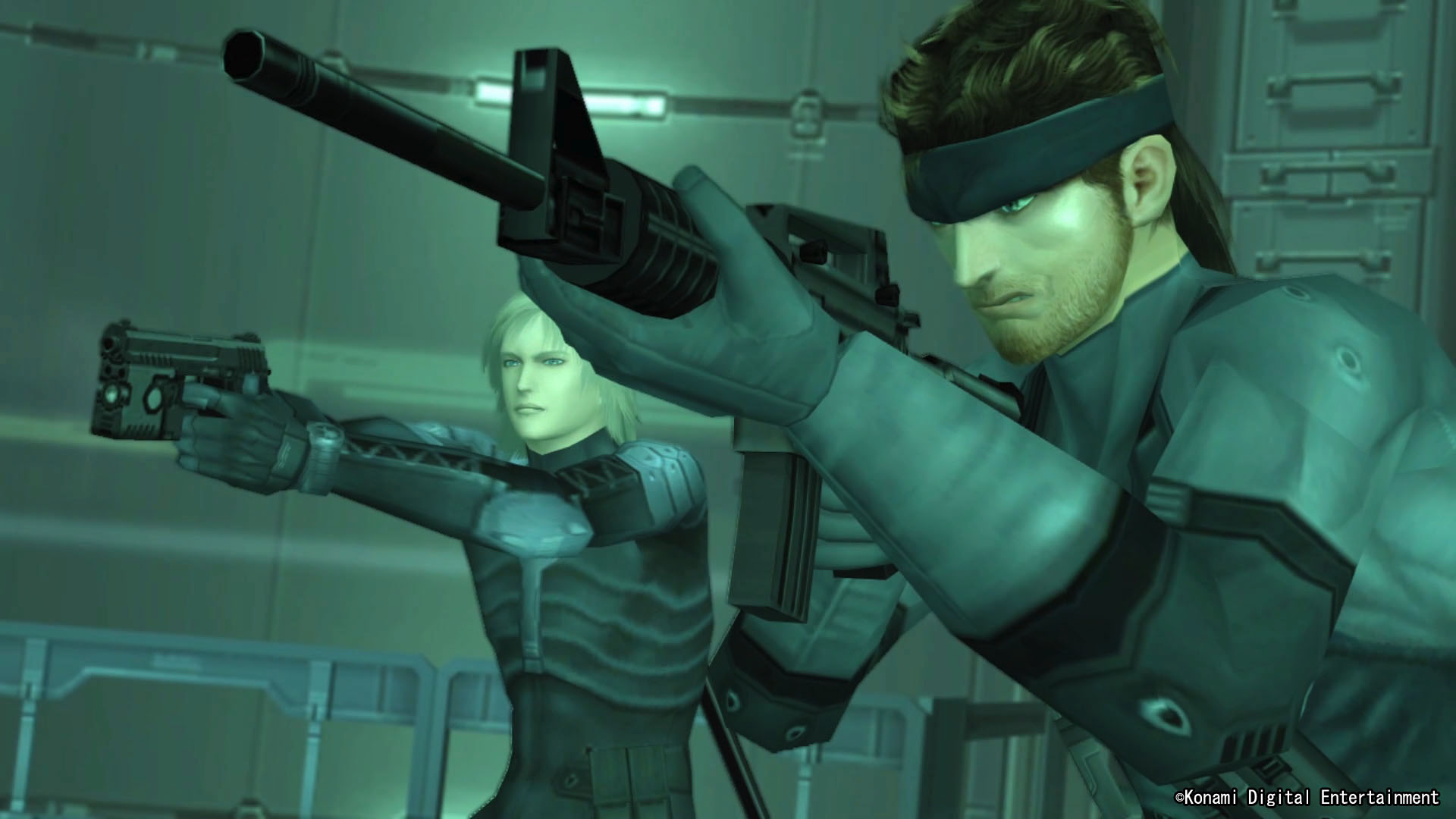
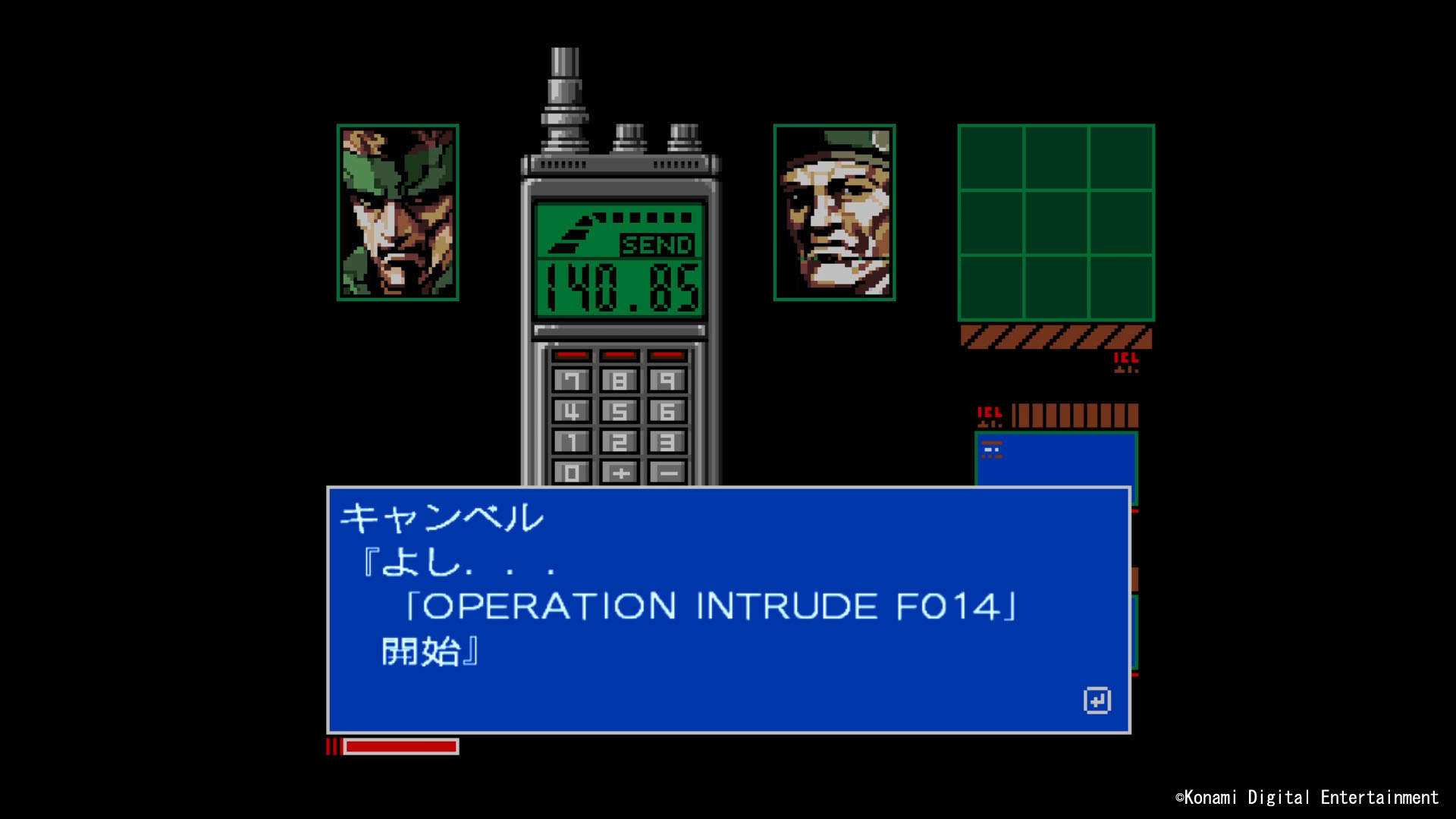


In the interest of full disclosure, VGamingNews was provided with a copy of the game in order to conduct this review.
Thanks for taking the time to read our review. If you’d like to support us further, please consider buying us a coffee!
Hell Pie
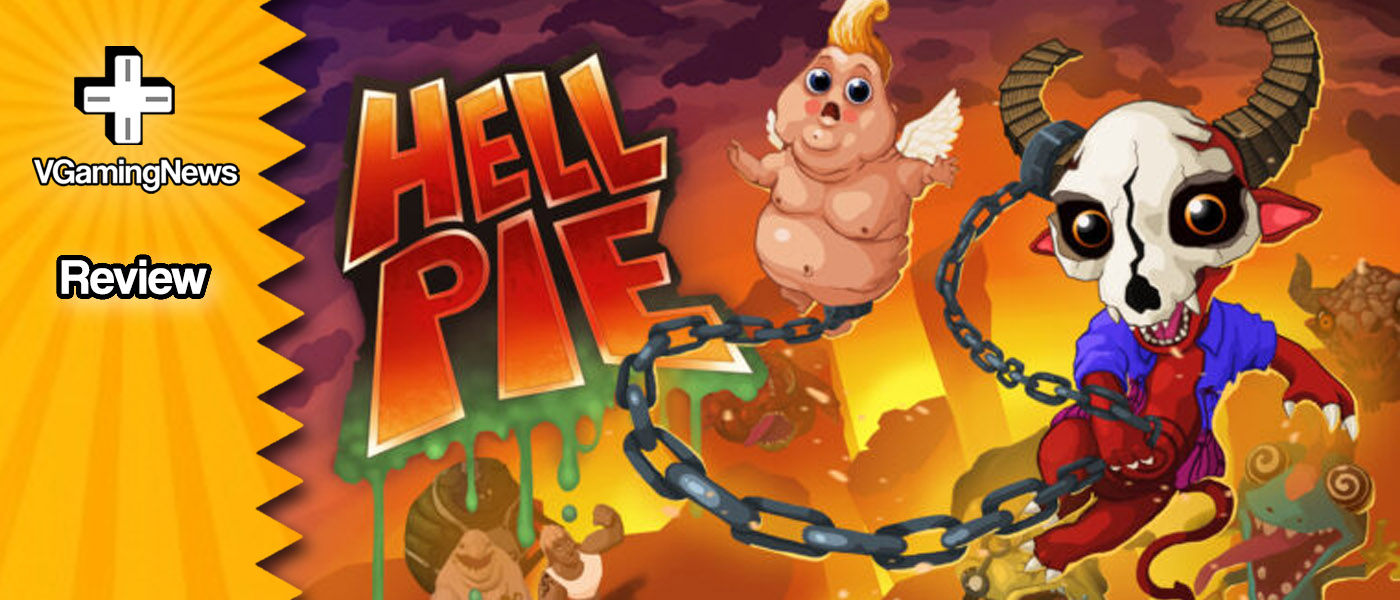

Since humans first sprang into existence, there have been many interpretations of what life could be like once we expire. The Catholic belief I grew up with told us that we’d be clad in all-white garbs, probably playing golf for eternity should our lives be deemed “Good.” This never sat well with me, as no priest or vicar would ever answer the question, “Are there video games in heaven?” The look of disdain that usually followed such an innocent question gave me all the answers I ever needed. While I’m not here to talk about what happens when our physical form craps out on us, I am here to talk about Sluggerfly’s take on the afterlife, as presented in my new bible – Hell Pie.
Hell Pie throws us into the role of Nate, a lowly servant in Hell who works as a pencil pusher in the Bad Taste department of Sin Inc. The details of the little red demon’s job are thoroughly disregarded as Satan calls his line directly to order a pie for his birthday party, and when Nate tries to explain Beelzebub has the wrong number, he’s promptly put in his place. After speaking to Hell’s one and only chef it becomes clear that all the demons in Hell are prone to shirking responsibility, leaving the task of finding the ingredients for a truly awful birthday pie to the small red devil.
At A Glance
Hell Pie 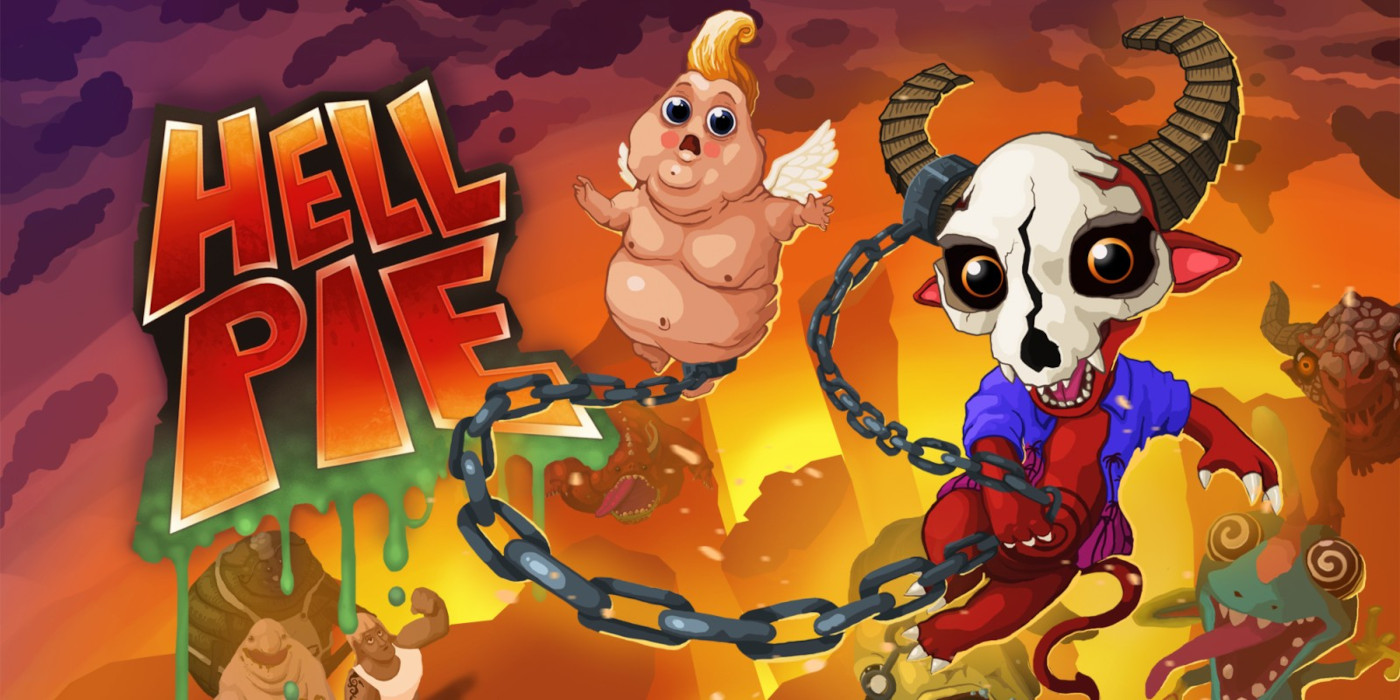 |
|
|---|---|
+ Perfectly sized 3D platformer |
Positives |
Negatives |
– Wonky camera |
Overall |
7 /10 |
Played On |
PS5 |
Also Available On |
Nintendo Switch, PC, PS4, Xbox Series X|S, Xbox One |
After being truly stitched up by the demonic middle management of Hell, Nate sets off to pull the ingredients for Satan’s birthday pie in the first logical place one would go, the supermarket. Along with searching out the first few items on the shopping list, it’s also where Nate learns the ropes of Hell Pie’s 3D platforming mechanics. The game eases you in with the basics; jumping, double-jumping and dashing, as well as the key collectibles you’ll be picking up on your hellish pie-making mission. Nate quickly encounters a cherub who goes by the name of Nugget. This naÏve angel doesn’t realise that his sole purpose is to be Nate’s weapon-slash-tool to perform some of the key moves. The enslaved baby happens to be chained to Nate’s horn and can be used as either a flail-type weapon or as an air anchor, allowing you to swing between platforms.
Whilst in the supermarket, Hell Pie gave me free rein to practice the various jump-dash-swing combos that are needed to succeed. Going wild in the aisles also gave the first glance at how to upgrade various skills. Giving Nugget what can only be described as cat food, opens up a neat skill tree that will unlock additional jumps, extra health, and eventually a fart button. There’s no reason behind the fart button, except to be childish and funny. And it was funny. Every. Single. Time.
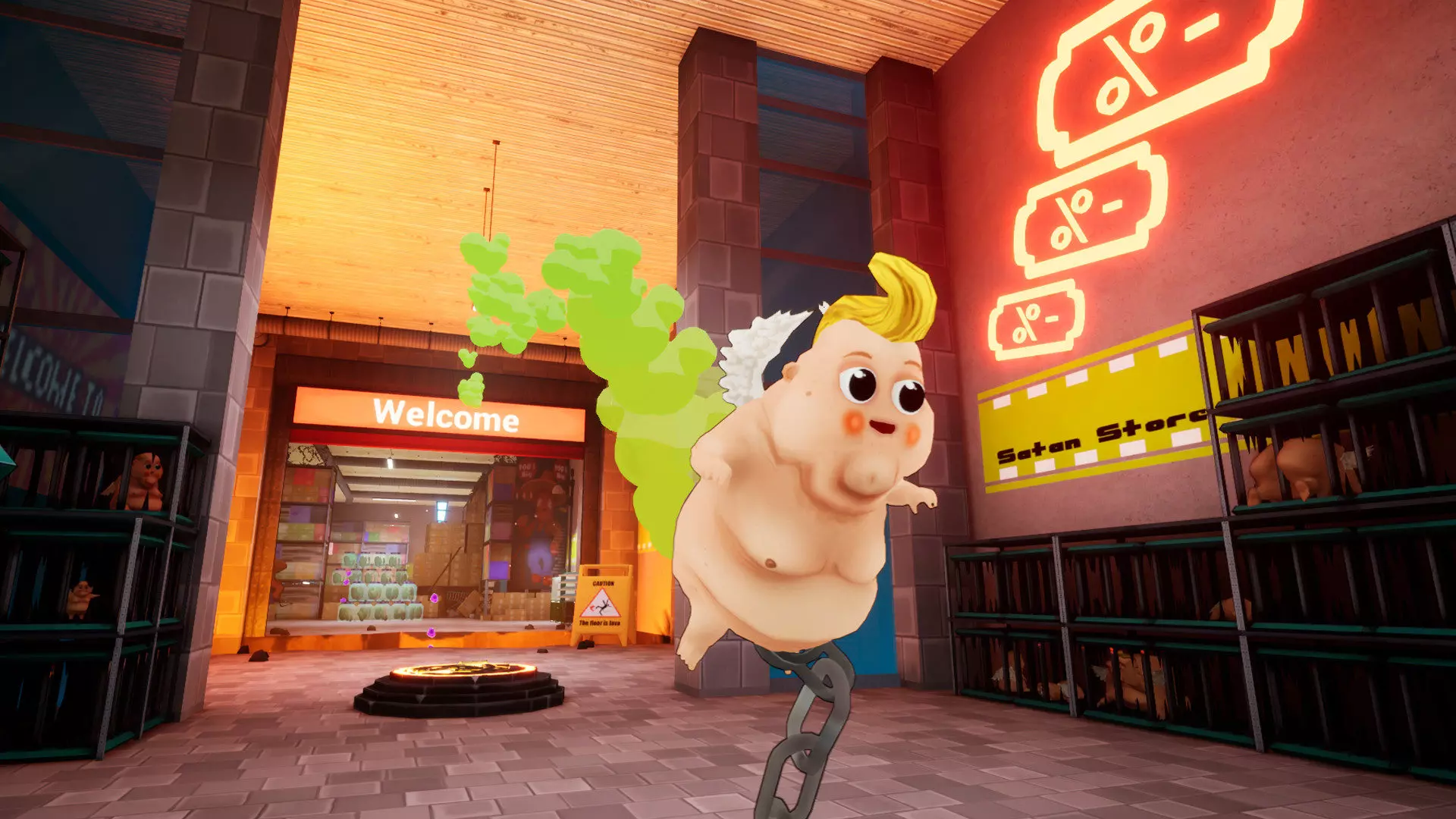
Unfortunately, the supermarket came up short with the list of ingredients, meaning Nate and Nugget were sent out into the wider circles of Hell to hunt down the key items. Five areas gradually open up, four of which are large hub worlds that contain sub-levels to explore. To begin with, you’re presented with an open seaside resort complete with a whaling industry theme, before moving onto a gluttonous restaurant, and a level that puts the ‘jungle’ into Jungle Love. Each world is carefully considered and well put together, and in such a way that Hell Pie took me to an area but it was up to me to discover everything. Each of the four hubs didn’t feel so big that it would be impossible to find everything, nor were they small enough that everything was on Nate’s lap. To plagiarise Goldielocks, Hell Pie’s level design was “just right”, and even kept things fresh by eschewing the established platforming trope of each world having a boss fight waiting for you at the end of it, and focusing purely on the jump-swing-dash rhythm of platforming.
Throughout each level, you’re tasked with not only finding ingredients for the Dark Lord’s pastry but in true 3D platform style, a host of other items to help Nate on his merry way. These include lucky golden cats( which at first seem pointless, until you find the right door back at Sin Inc), and Unilambs. These little unicorn/lamb creatures are quite literally sacrificial lambs which Nate violently de-horns to gain upgrades of his own. The cutscene is deliberately gratuitous, with the cute cartoon lamb having its horn removed in such a way that it made me squirm every time it happened. Mercifully, there are only a handful of Unilamb upgrades available so this section can be quickly glossed over.
If a simpleton chained to a devil that’s on a quest to build a pie isn’t a big enough indicator that the game relies on humour, I don’t know what to tell you. The comedy weaved throughout Hell Pie can only be described as immature bordering on obscene, and I for one gobbled it up. The crafty script leans on both self-deprecating and self-defecating themes that the creators of South Park would be proud of. There are poo jokes, sex references and sendups galore that are peppered throughout the game. From the opening minutes where the sarcastic chef sends Nate on his ‘adventure’, to the closing moments, Hell Pie consistently delivered on drawing an immature titter out of my mouth. (Titter, hurhur.) The biggest laugh came from a section on the second level, where Nate and Nugget had to venture through an oversized restaurant to feed a snooty food critic. The setup starts like Ratatouille, with the seemingly untouchable reviewer that could cause the facility to shut down, but as events spiral it ends up turning into a Monty Python sketch.
The hilarity doesn’t stop at what’s being said by the characters, or how each scene works out, but with the visuals themselves. Sluggerfly has developed a game that looks as crude as the script; the first level for instance, features a sewage section that not only pays homage to Conker’s Bad Fur Day but actively pokes fun at Rare’s 2000 classic. Throughout Hell Pie you’ll encounter various enemies that range from nazi-style faeces that try to smother Nate based on sheer numbers, to phallic scorpions trying to “sting” you. I was struck by how consistently the comedy spread throughout Hell Pie. Often in movies, books, or even video games, jokes are front-loaded so that a player experience’s everything that’s on offer before making it to the end. Hell Pie separates itself from the crowd by being consistent all the way through, leaving me smiling from ear to ear. When I experienced the game’s utterly unexpected ending, I couldn’t help but feel like it was a satisfying end to a genuinely funny experience.
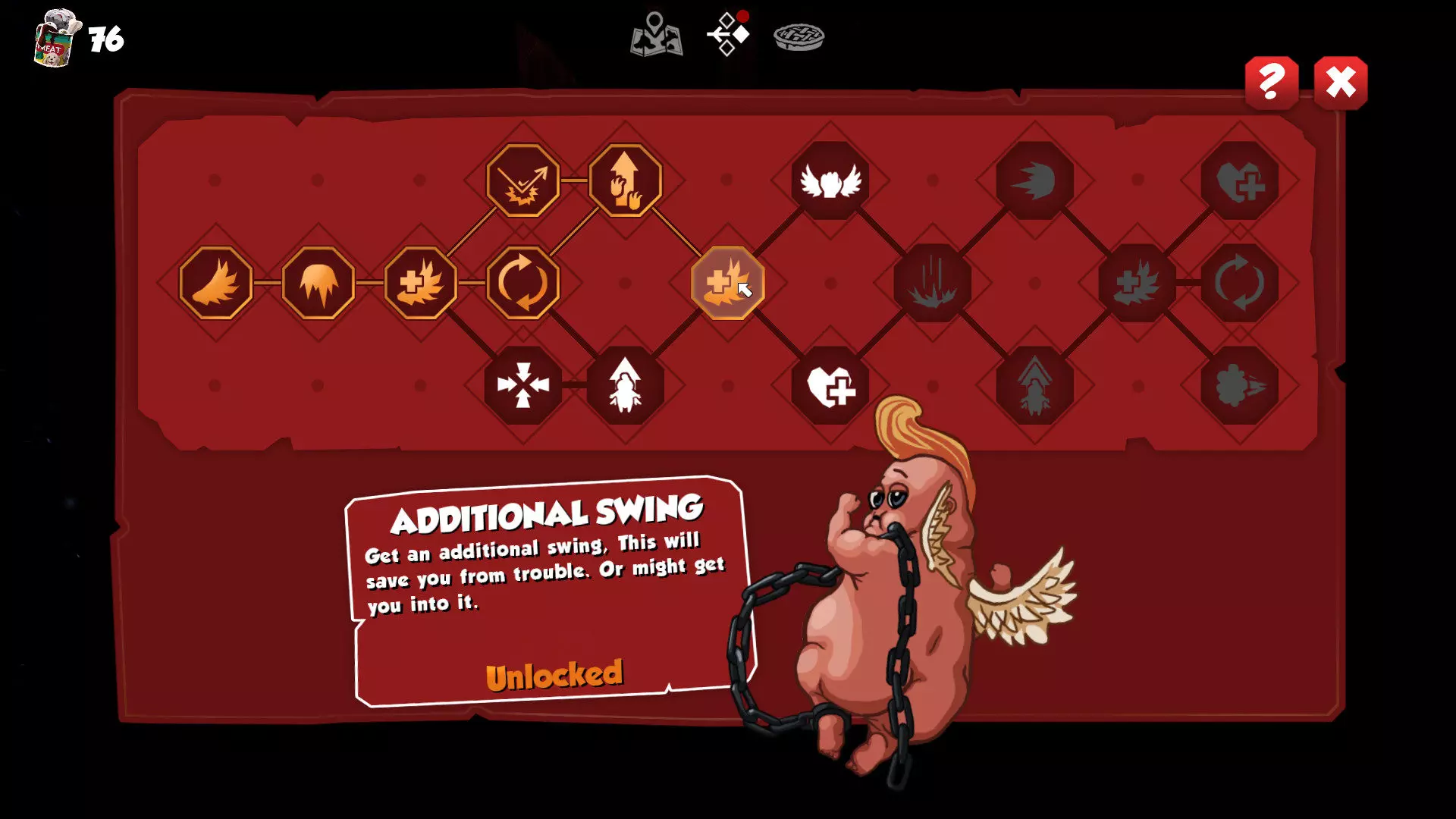
Don’t get me wrong, Hell Pie isn’t for everyone. There will be some people who consider the game to be crass or disgusting, but the childish, immature nature of the game took me back to being a pre-teen laughing at “58008” on a calculator. Hell Pie’s divisive scripting isn’t the only challenge, as a few technical issues distract from the experience. The bothersome camera gave me a headache from start to finish, by zooming so close to Nate, I could feel his breath coming through the screen. If I wasn’t looking up a fiery nose, the camera would snap in the opposite direction I wanted to go. This usually happened when lining up a swing across a giant gap, causing me to land Nate in a questionable river of brown goo. Other issues included button presses not registering at all, and the occasional glitch where I was forced to quit to the main menu. These issues reared their heads throughout the game, but thanks to a quick restart system, I quickly got used to the situation, leading me to think that perhaps Nate and Nugget just wanted to go for an early bath.
Hell Pie manages to be one of those games in which the theme, humour and gameplay are consistent from start to finish. I never tired of the sarcastic comments from the NPCs, or Nugget’s daft commentary throughout the 17 hours it took to complete the platformer. It’s a shame that technical issues plague Hell Pie, with the primary culprit being the camera. Still, even with those issues, I’ve not experienced such a succinct platformer in a long while. There was not one point in Hell Pie where I felt the game suddenly jutted out of line, gave you too much to do, or fell flat in the comedy department. Even in the later levels, like when Nate and Nugget found themselves at the Pearly Gates, the platformer still felt the same game as when I first tapped the Cross button to begin the adventure.
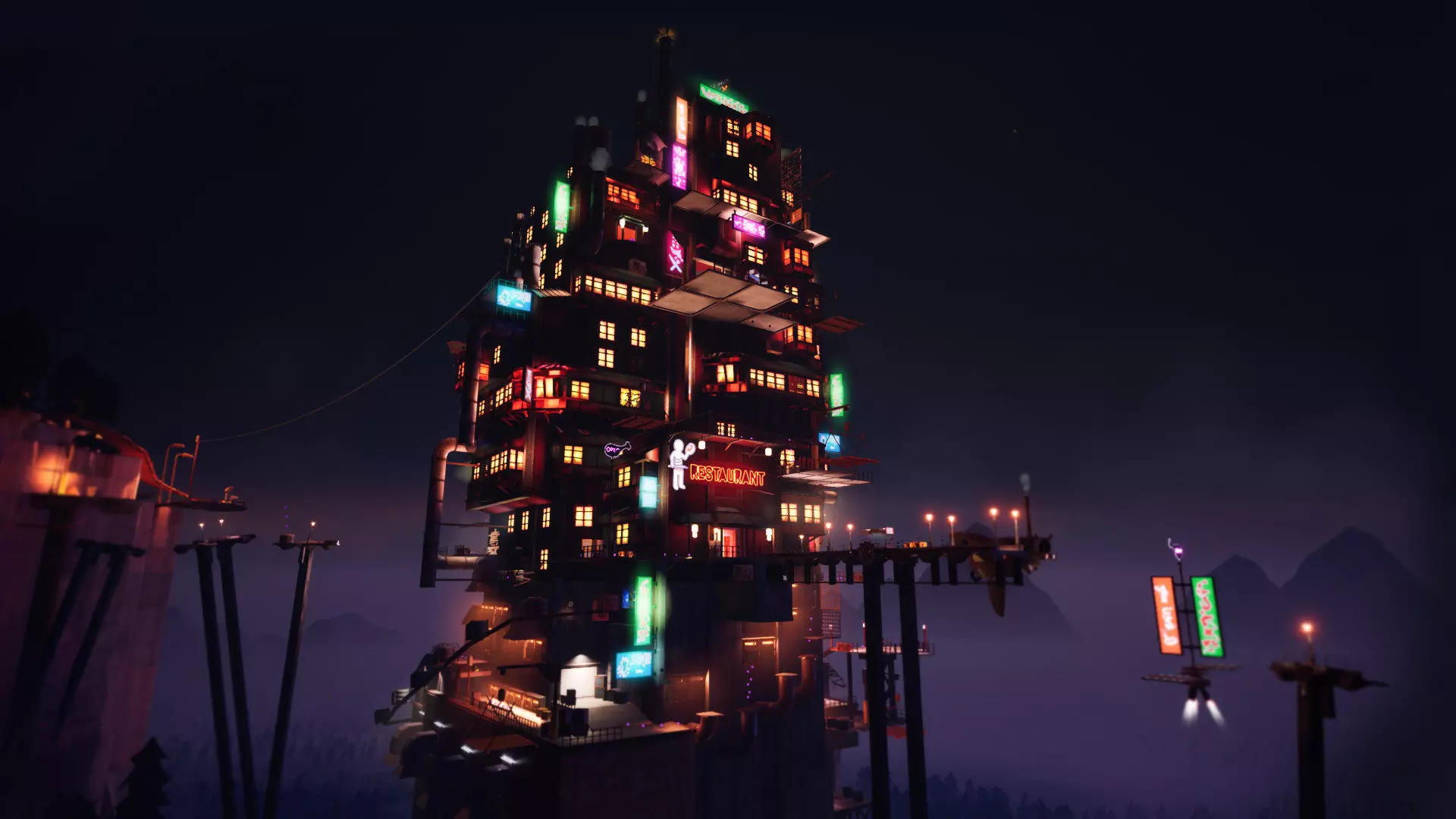

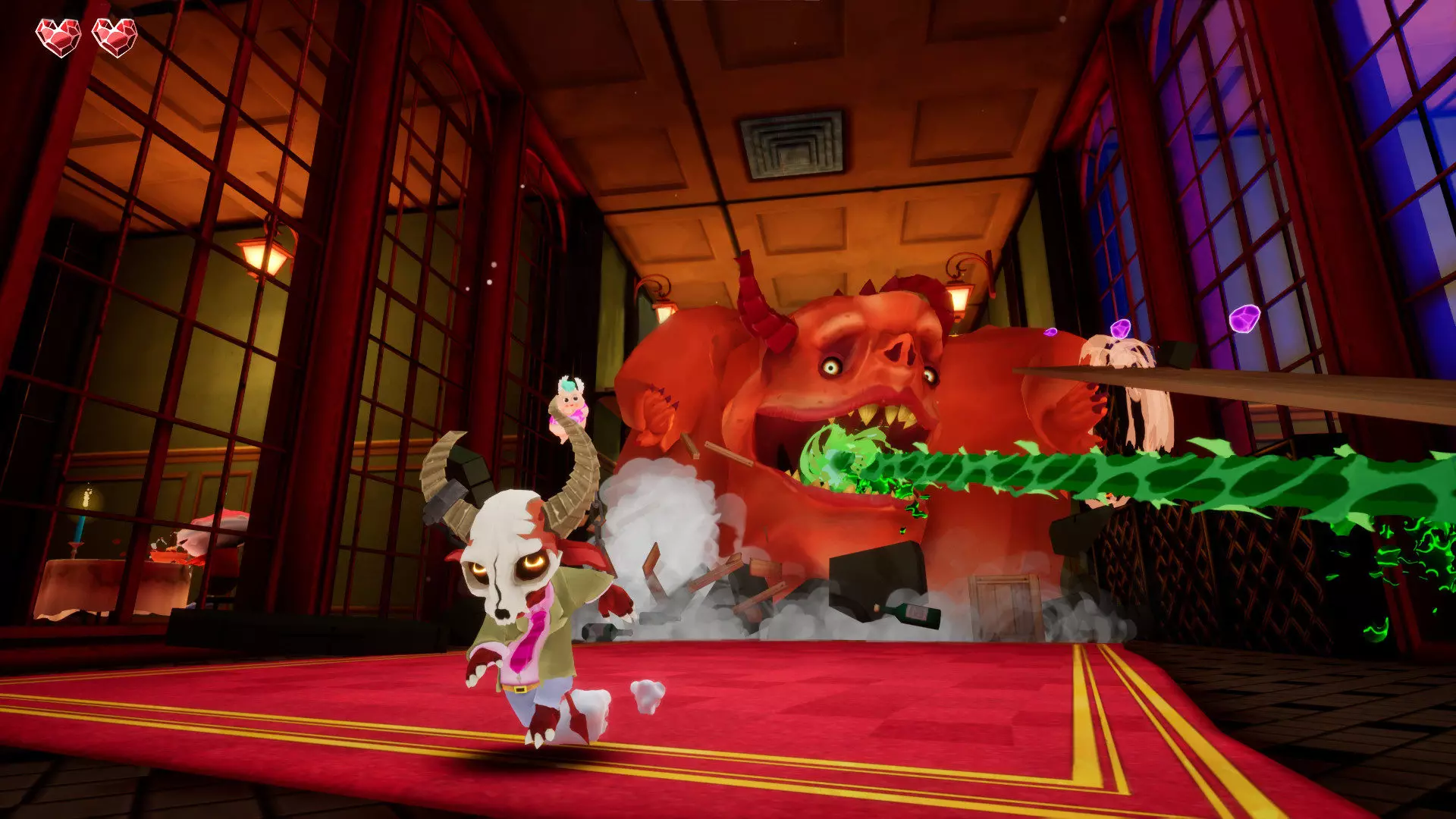
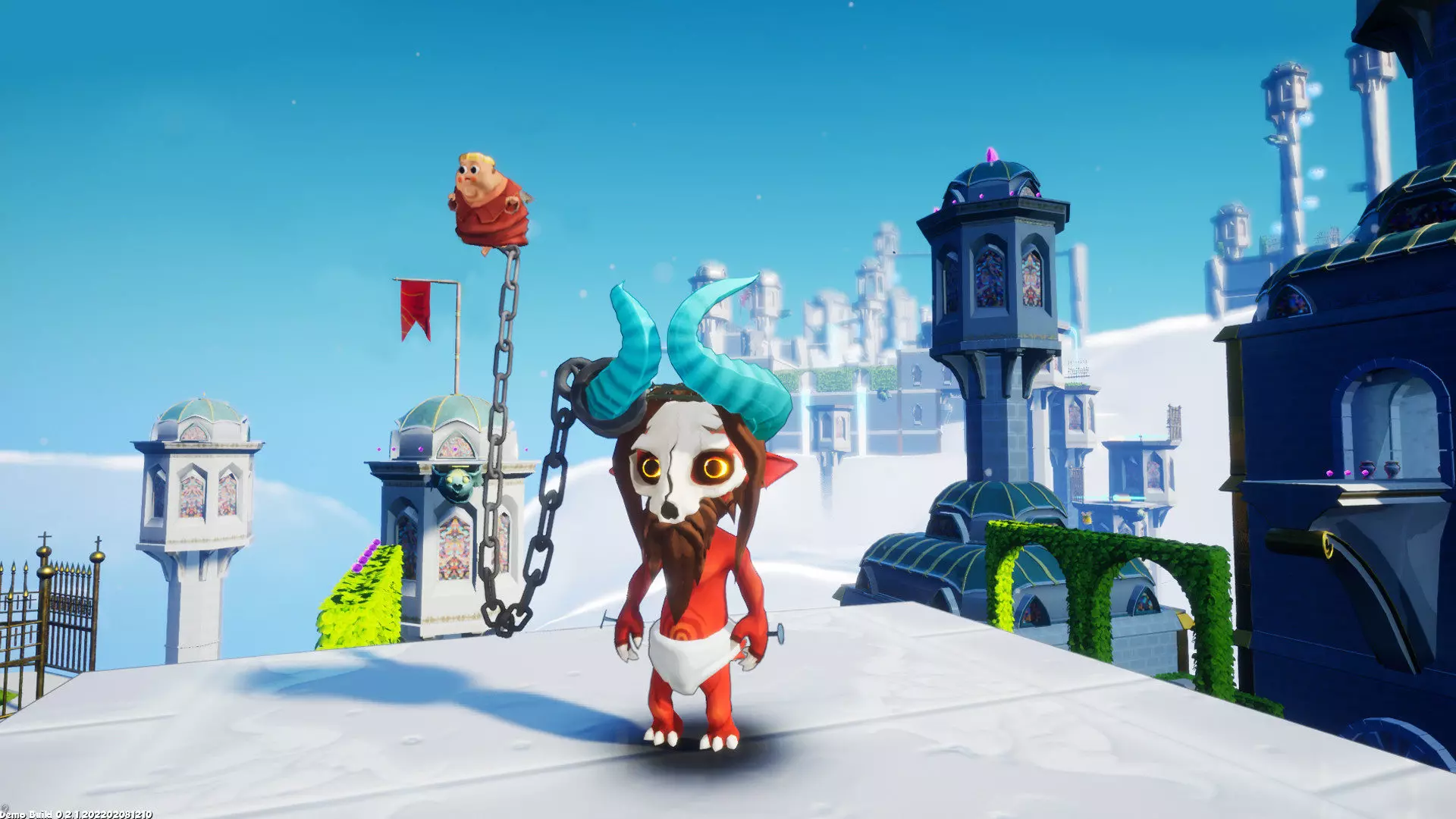
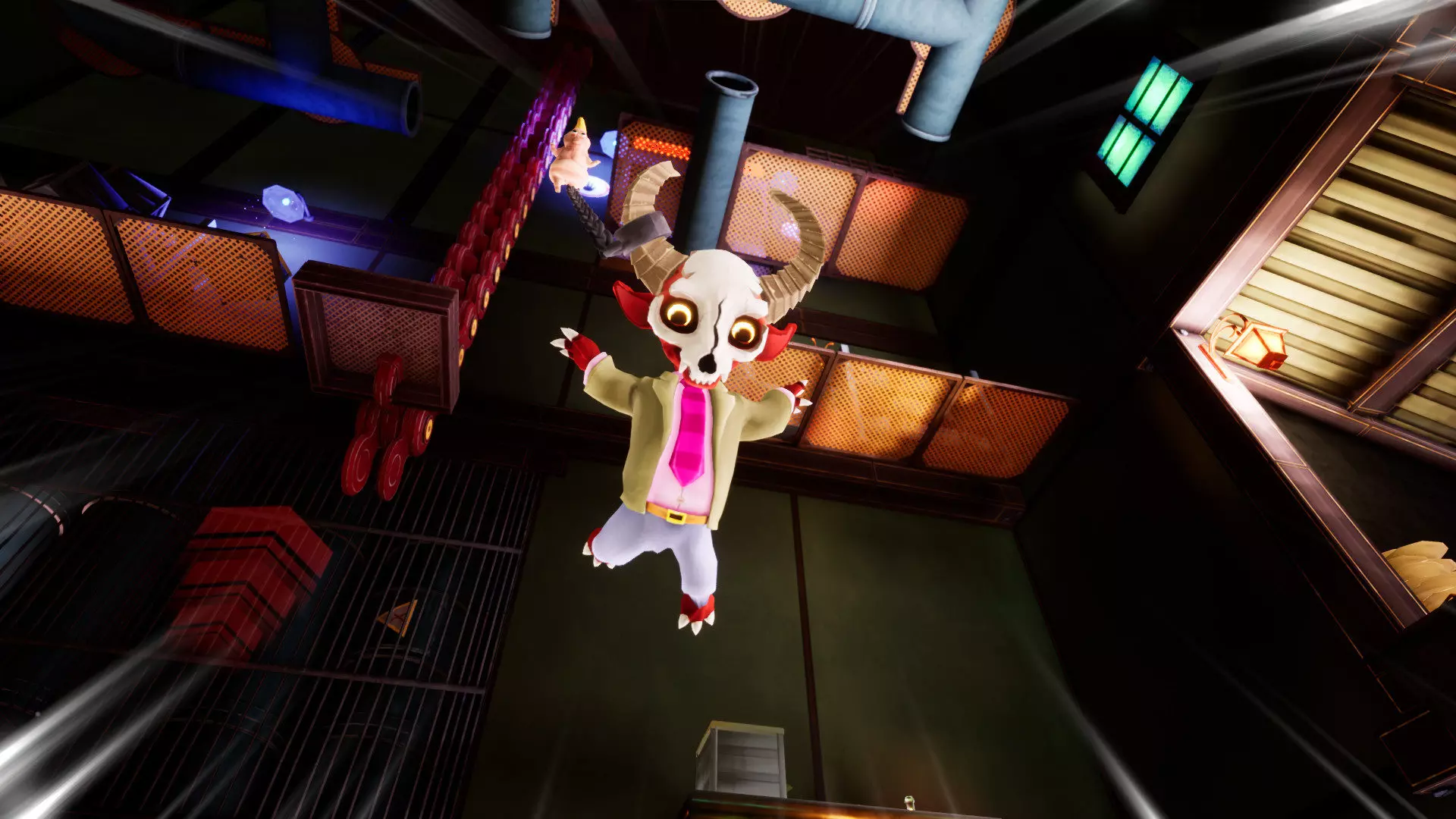

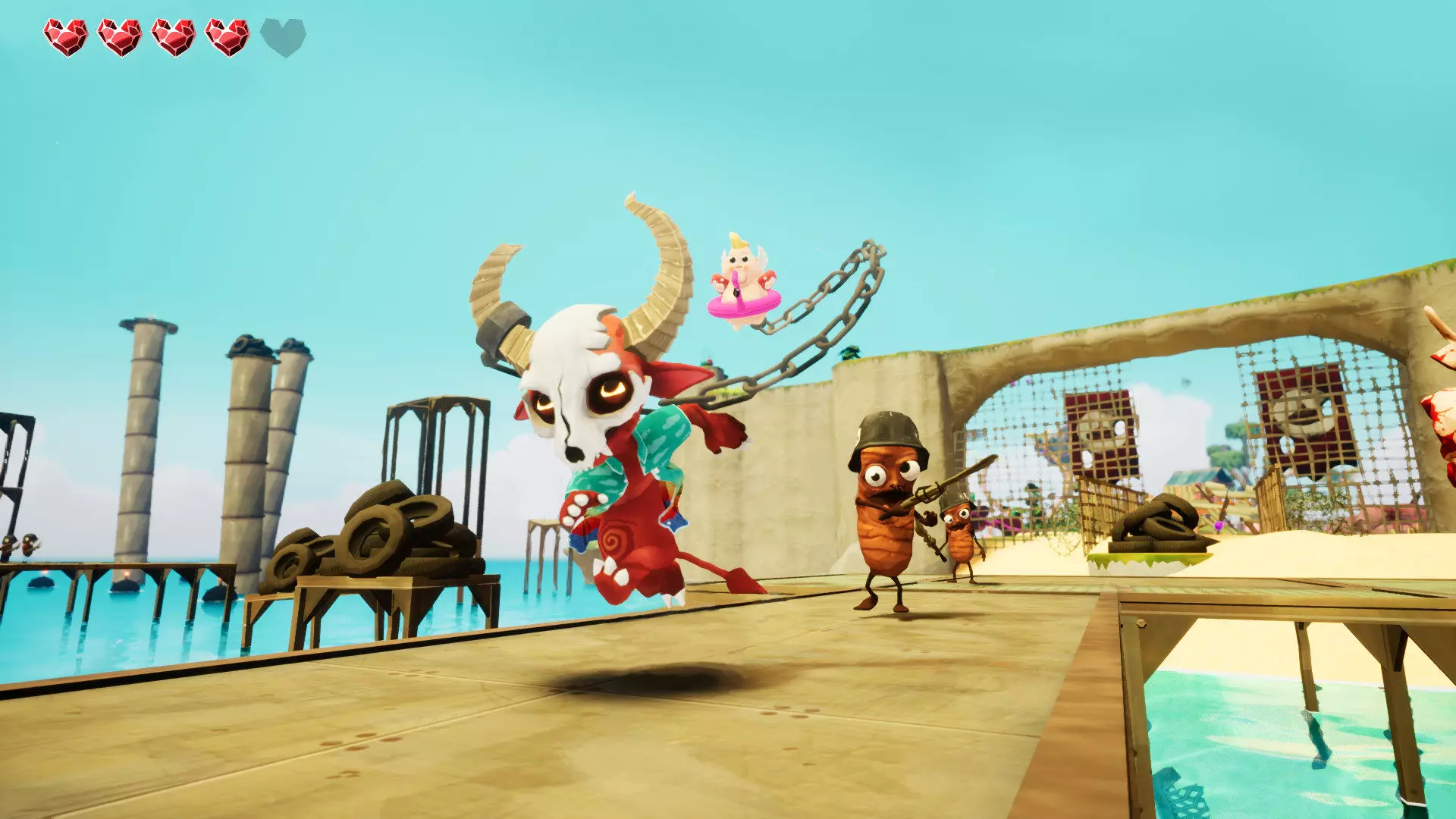
In the interest of full disclosure, VGamingNews was provided with a copy of the game in order to conduct this review from Super Rare Games. A limited number of units may still be available.
Thanks for taking the time to read our review. If you’d like to support us further, please consider buying us a coffee!
Destiny 2 – Shadowkeep
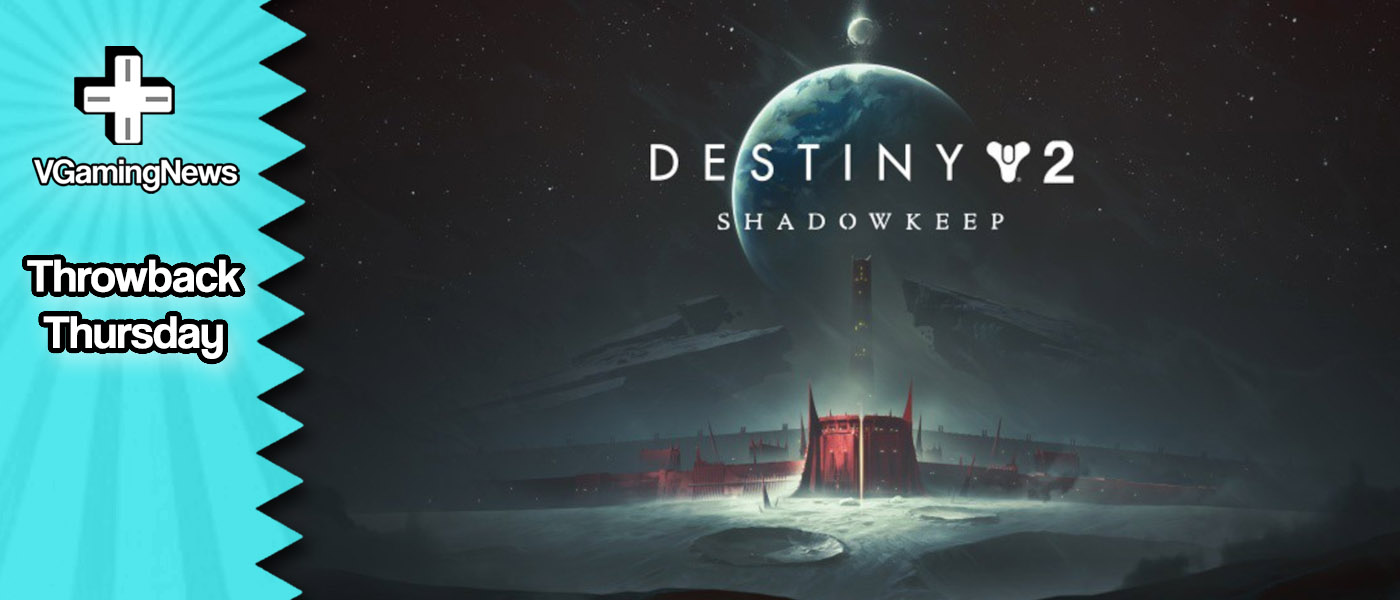

The Destiny 2: Shadowkeep holds a lot of firsts for Guardians. It was the first expansion Bungie self-published after its split from Activision, it is the first release for what is the current free-to-play base game, and it introduced several gameplay mechanics like finishers, Nightmare Hunts, and a reworked armour system. While things have certainly changed since the 2019 expansion first came into being, Shadowkeep is an expansion that deserves some attention, even if it is starting to show its age.
Note from the Editor: As Destiny 2 is a live service game, we’ll be reviewing all of the expansions and what they mean to the overall game. Current reviewed expansions are found below:
Shadowkeep sees the return of Eris Morn who hasn’t been seen since the original Destiny. The powerful witch has discovered that a mysterious Pyramid ship has managed to bury itself under the surface of Earth’s moon. Morn accidentally activates the ship which not only powers up the invading Hive forces but releases the ghosts of her old fireteam. This results in the ever-reliable Guardian being called in to perform a space exorcism across the lunar surface.
At A Glance
Destiny 2- Shadowkeep 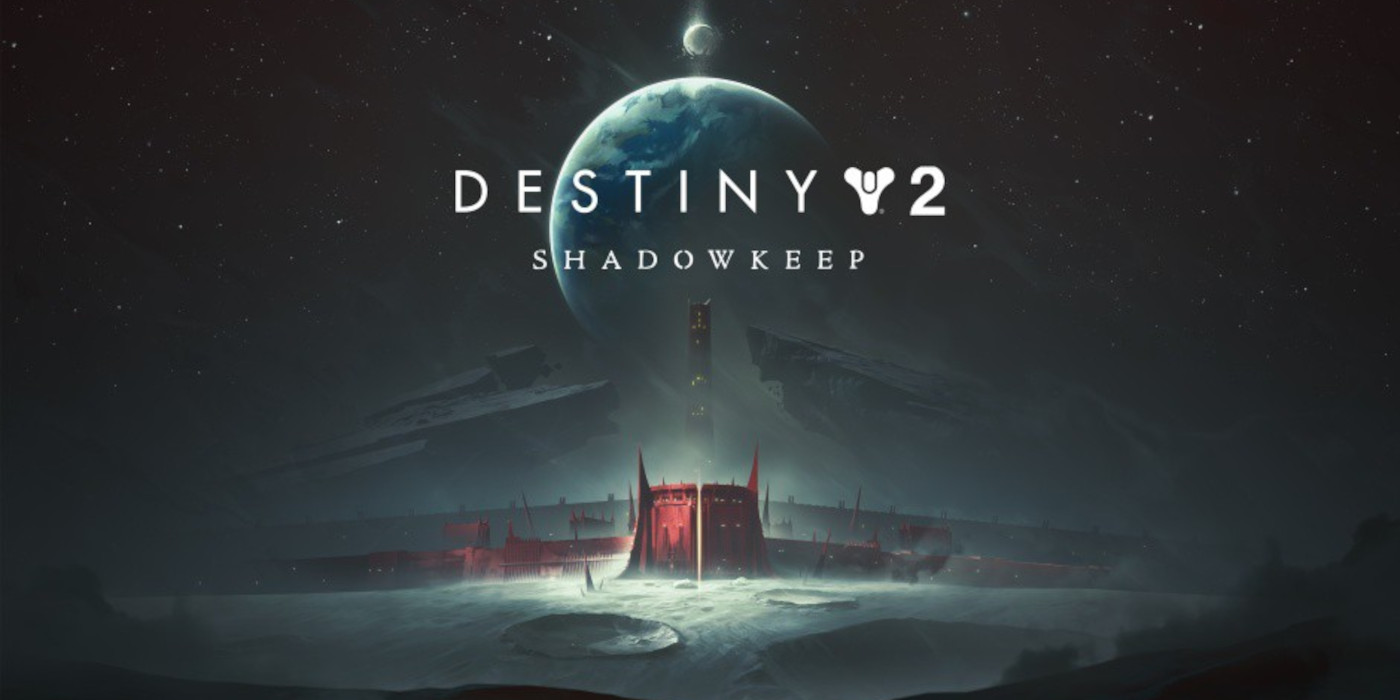 |
|
|---|---|
+ Creepy story that differentiates from the usual plot + Big, expansive dungeons + Tough enemies |
Positives |
Negatives |
– Repetitive back-and-forth admin ‘missions’ – Relatively short – Story expanded into no-longer accessible seasons |
Overall |
Recommended as part of the Legacy Pack |
Played On |
PS5 |
Also Available On |
PC, PS4, Xbox Series X|S, Xbox One |
As soon I was given the instructions to explore the area where the pyramid was hidden, dubbed the Hellmouth, I knew this expansion would be a dark and creepy exploration of Destiny’s darker side, and boy, I wasn’t disappointed. During the campaign, I had to crawl through tight spaces, fight in almost darkness and experience some trippy cutscenes that centered around Eris’s battle with her dead teammates. To say more than this will venture into spoiler territory but I will say that plot-wise, Shadowkeep’s venture into Hell feels like one of the more engaging expansions to Destiny 2.
This in part is due to the enemies Bungie has thrown at me – The Hive. These scuttling critters, who also play a big part in The Witch Queen DLC, lend themselves to the lightless areas of the moon. Thanks to their proximity to the pyramid, these particular Hive have evolved into powerful Red Hive. The Alien-inspired baddies manage to attack in large numbers and can overwhelm battle arenas quickly, coupled with the lack of light, this left me walking around enclosed areas with nothing but the light from my gun keeping me safe. It was a blast having to play through the expansion with a fear of being jumped at any moment, the lengthy levels only added to the tension as the baddies slowly got stronger and more menacing.
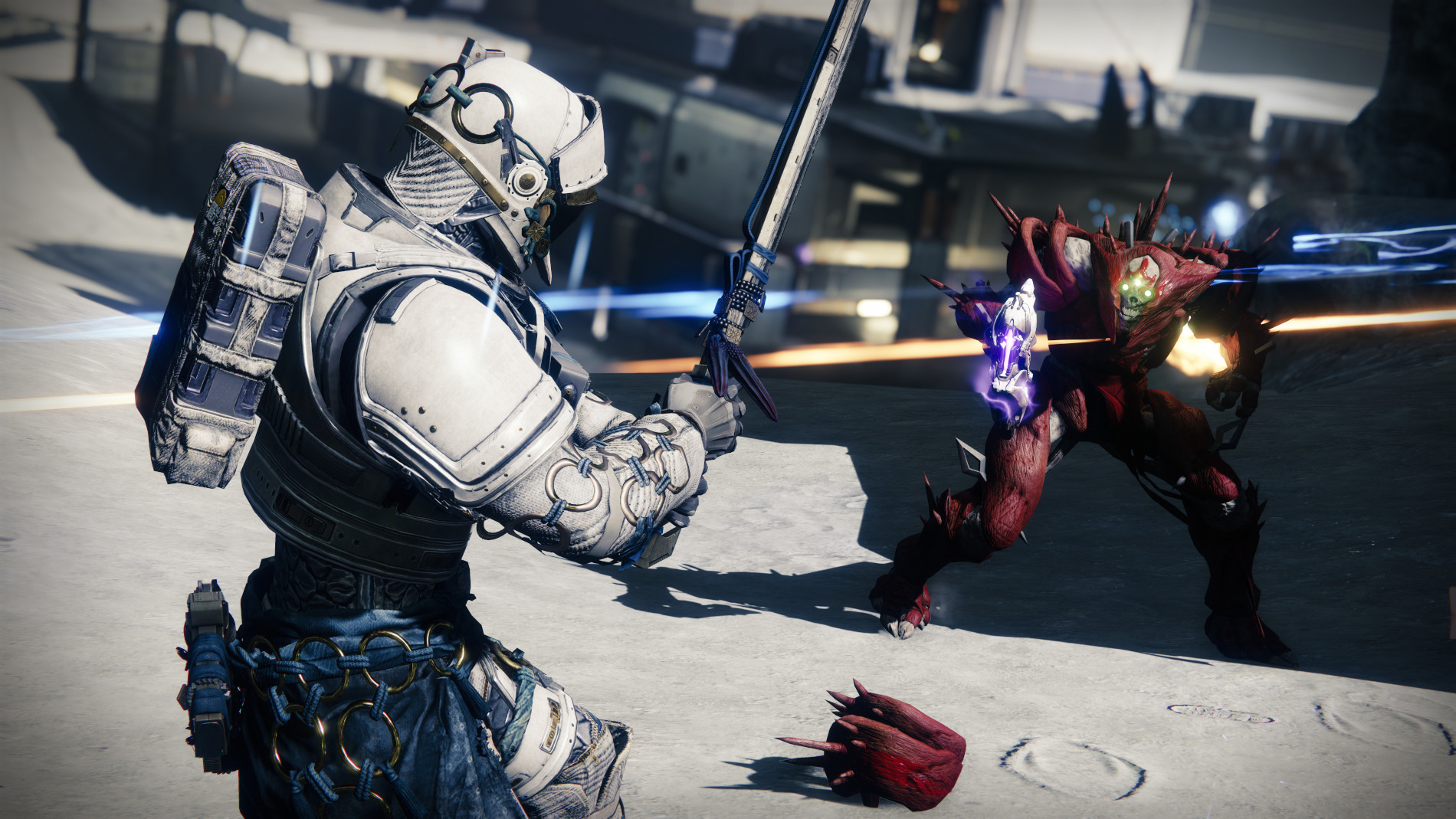
The story properly introduces Nightmare Hunts, a public event that’s available to all players who decide to visit the Moon, even without having purchased Shadowkeep. The hunts revolve around trying to stop the Hive from activating an alter of power and summoning a powerful demon. The lengthy battles last around 20-30 minutes depending on the number of players online. Cutting through waves of enemies, in what is effectively a hoard mode, is fun enough but finishing each hunt will net something Destiny 2 is known for – loot.
Like every other expansion Bungie has put together, Shadowkeep has weapons, amour and vehicles in spades. Like a kid looking to smash as much pick ‘n’ mix in a bucket as possible, there are hundreds of guns, bows and swords to get your teeth into and each one has its uses. I particularly found the exclusive Shadowkeep story armour complimented my Titan build rather nicely, and after it was given a splash of green paint, has become my go-to look.
While it was fun cutting through strong hoards of Hive beasts, and exploring what amounts to Bungie’s version of Hell, there are some issues with Shadowkeep. The main bone of contention comes with the majority of the missions being “Return to talk to Eris,” followed by “Attune at the table next to Eris.” When the plot is spread over 19 missions, these little back-and-forths quickly add up, and the situation isn’t made any better when part of the story is told during seasons that are no longer accessible in 2023. After clearing through the Hive, and slowly sorting out those ghastly premonitions, the story simply ended with nothing more than a pat on the back from Eris Morn.
Shadowkeep was released at the same time Destiny 2 introduced the battle pass setup and Bungie wanted to ensure players remained committed to the MMO for the year. While the seasons have since been amended to only include additional stories that don’t impact the expansion, at the time this wasn’t the case. This left Guardians having to explore the consequences of Shadowkeep’s ending through lore books rather than having access to play catch up through gameplay. With so much content available, this could be seen as a good thing, skimming books is quicker than shooting through numerous missions, but is it as fun? The answer is always no, but I will say that where Destiny 2: Shadowkeep ends is at a sensible juncture, and if you were to move onto the Beyond Light campaign, the important gaps would be filled in for you.
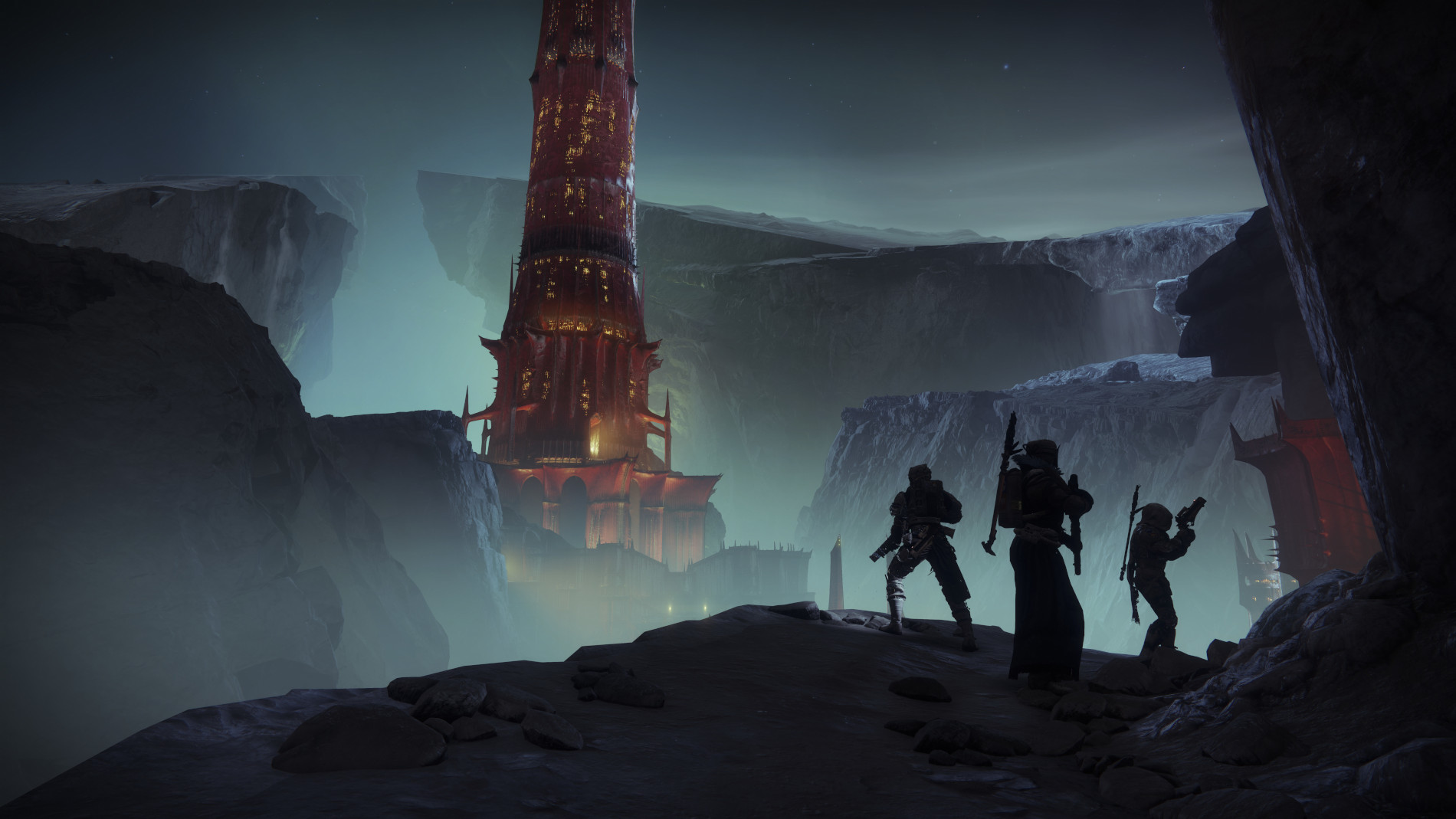
Shadowkeep is already a relic of the past and while the new areas are quite lengthy, the story can be blasted through in a few hours thanks to the repetitive “Go to the table and then speak to Eris” schtick. Bungie’s foray into seasonal content does mean the year-long season arc, which is no longer accessible, leaves players to fill in the gaps by reading copious amounts of lore books. Shadowkeep is the black sheep of the Destiny 2 experience and while it doesn’t exactly enhance the Light vs Dark story, it is a nice break from the traditional gameplay and is worth exploring, even if you’re only in it for the gear.
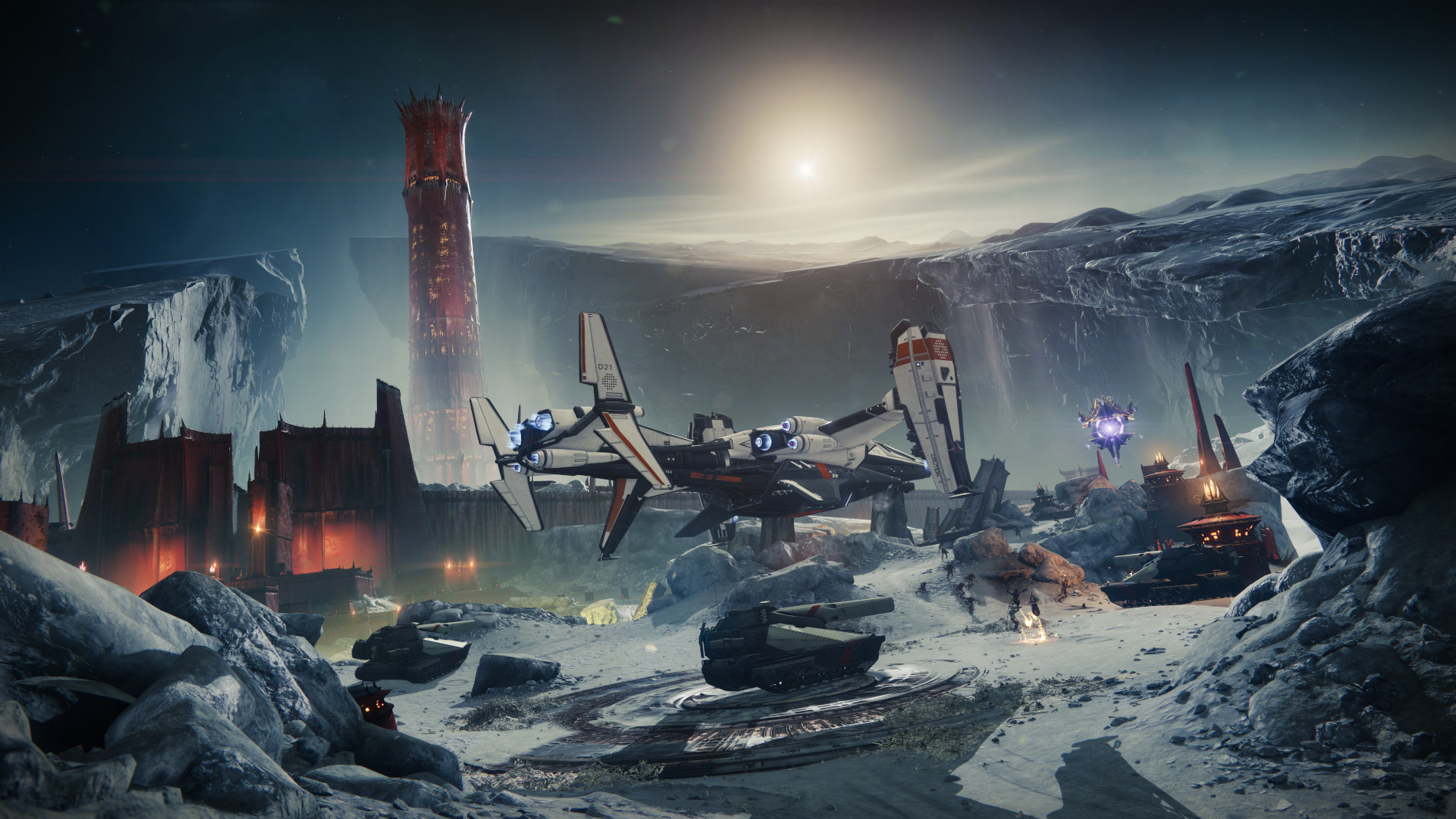

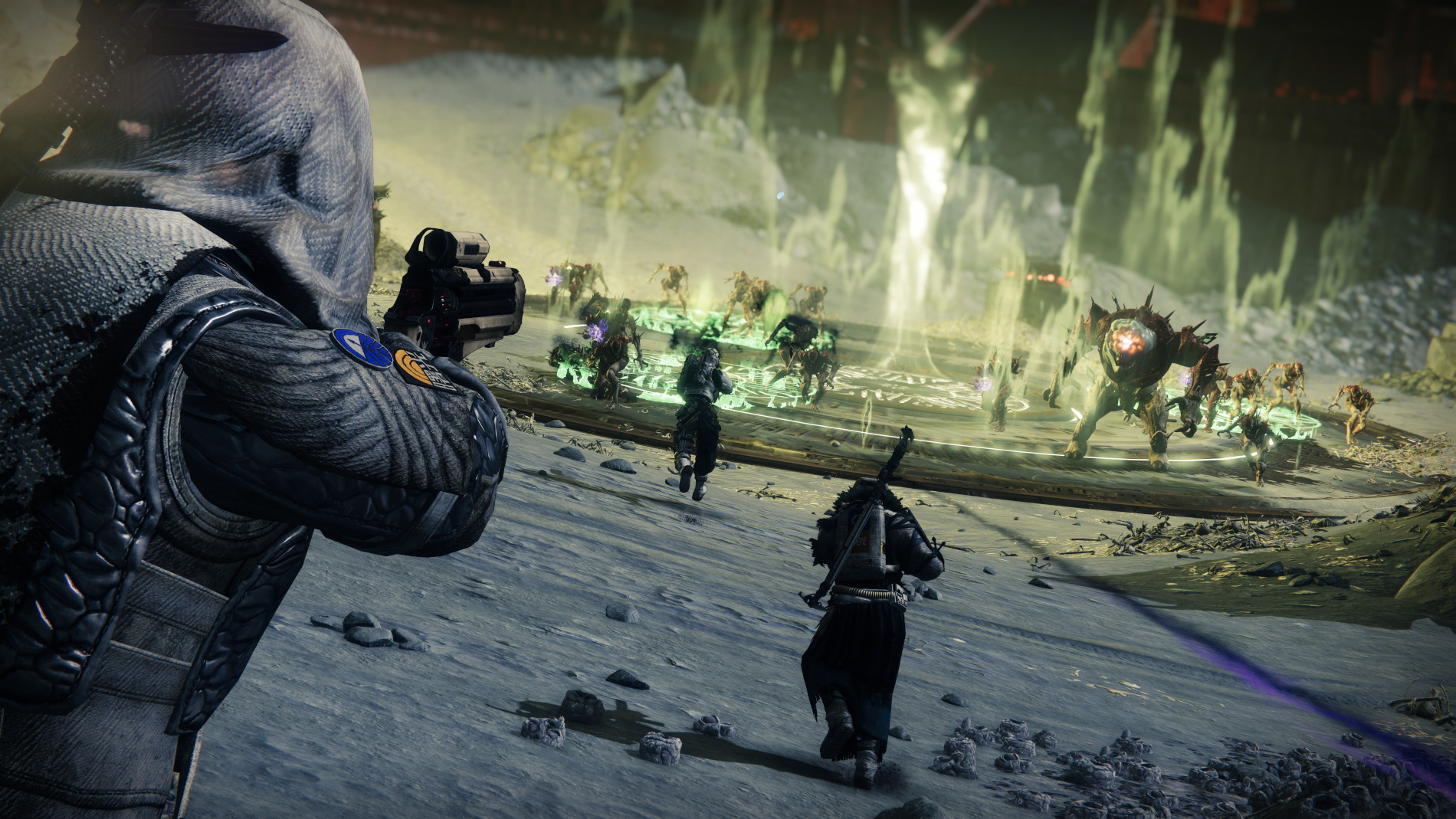

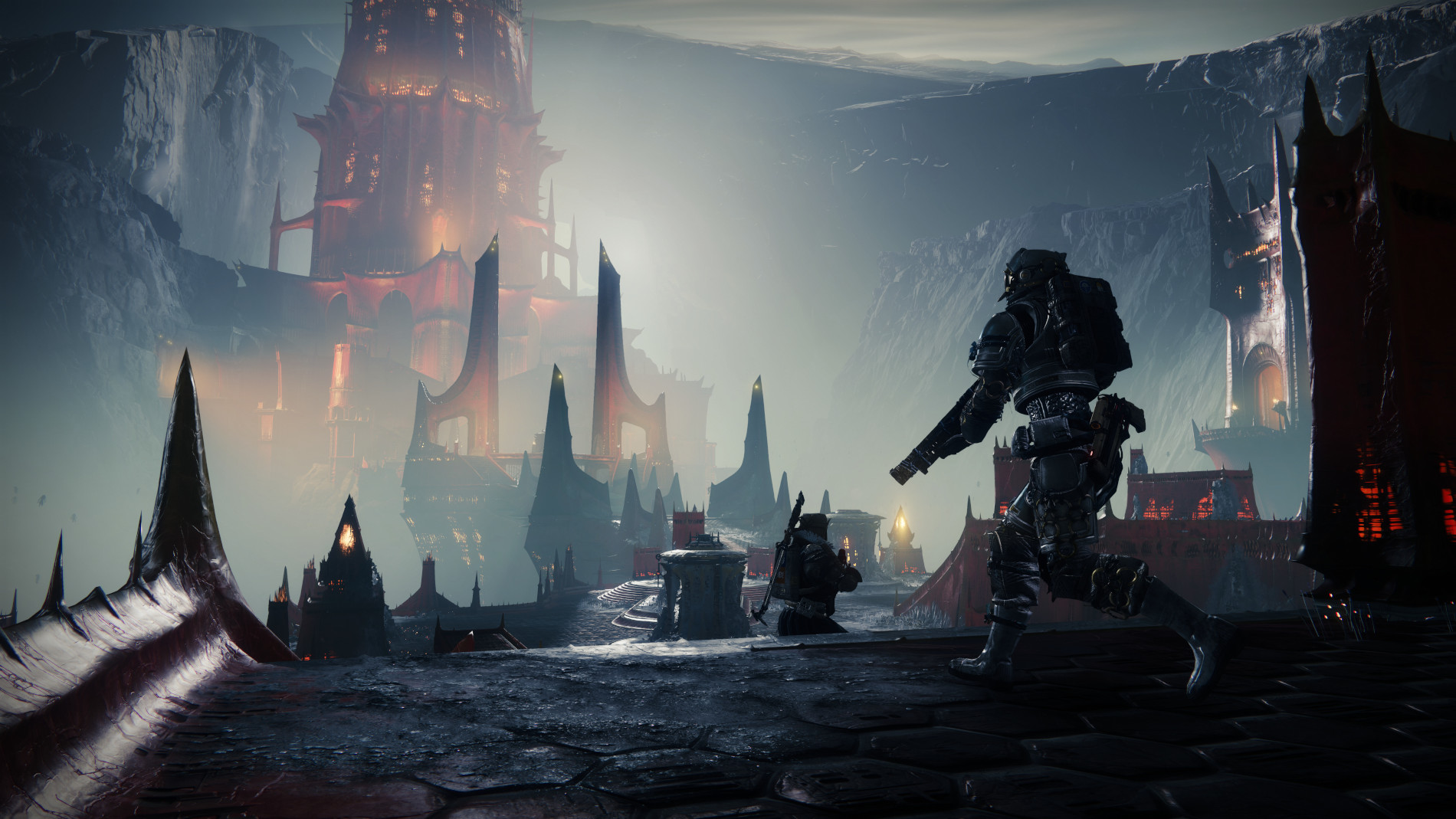
Thanks for taking the time to read our review. If you’d like to support us further, please consider buying us a coffee!
Post Void
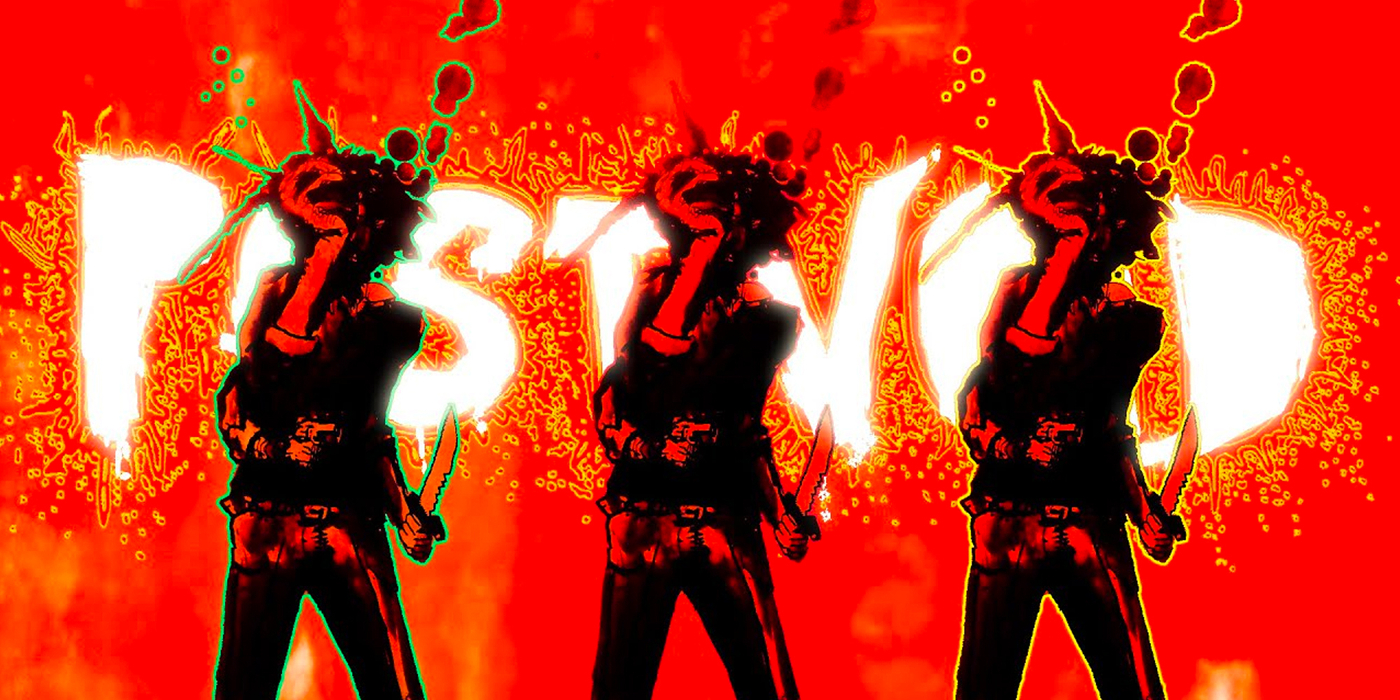

I’ve never taken drugs. I know the dangers and side effects of that scene, but the true reason is I’m scared I’ll get hooked. I know what I’m like with a strong coffee, let alone taking something designed to mess up my noodle. This applies not only to the hardcore stuff but also to paracetamol. I’ll only take something if I can’t shift an illness after six days, and even then my wife has to practically force the pills into my body. So when someone says, “Oh, this is a drug trip,” I automatically assume it’s popping a couple of Tesco’s own-brand Ibuprofen to take something for a sniffle. But after seeing thirty seconds of Post Void I’m inclined to believe that this game is what it’s like to experience a drug trip.
The thought of experiencing something I would associate more with whatever lives in Rob Zombie’s head at any one time. Within the first 30 seconds of launching the game, YCJY Games hits you right in the face with Post Void’s strobe lighting and graphic images that depict a truly violent version of hell. As you power through the Void and break out of whatever purgatory you’re in, you have to avoid unholy creatures that are looking to end you, whilst also protecting your life force, which has been decanted into a cracked idol and is dripping on the carpet.
Before I carry on with the rest of the review, I will say that you can easily pick up Post Void from wherever you buy your digital games. I do, however, have to give a shout out to the work Super Rare Games has put into creating the physical edition. More specifically, the included art book forgoes the standard instruction manual. It showcases the warped ideas that YCJY Games incorporated into Post Void, including the story of how the game took shape. I don’t want to labour the point too much, but nothing beats having a tangible book included with your game, and while I understand the reasons we no longer enjoy instruction booklets, it’s a shame they’re a dying breed.
Anyway, back to it. In terms of story, YCJY Games simply wraps a wafer thin plot to explain the gameplay and visual presentation of the game and it makes no bones about leaving you to have fun. The first-person shooter is a straightforward dungeon-crawling-roguelike that plops you into a procedurally generated level and tells you to get to the end before your health runs out, or an enemy steals your life force. When this happens, you’re kicked back to the start of the game where you dust yourself off and try again. Since I died a lot in Post Void, I was thankful that each run was as seamless in loading as continuing onto the next level. This arcade style of gameplay created a “one more go” approach that sucked me in for hours at a time.
At A Glance
| Post Void | |
| Positives | + Fast-paced shooter + Hyperviolent graphics + Tough gameplay |
| Negatives | – Barebones powerups – Headache inducing – Epically short |
| Overall | 6/10 |
| Played On | PS5 |
| Also Available On | Nintendo Switch, PC, PS4, Xbox Series X|S, Xbox One |
| Find out about our scoring policy here. | |
When I battled through the bright lights and striking visuals I was left looking at a game that was difficult to describe. At its core Post Void is a 2D game, built in a 3D space much like the original DOOM or Quake. Objects such as tables, chairs and bookcases are pressed to the wall, while the slew of two-dimensional creatures that stop at nothing to end your run. Enemies are designed in a similar 2-dimensional way and are surprisingly varied throughout the game. In the early levels, the creatures start off disgustingly enough with a humanoid shape with a mouth for a face, albeit dressed in a three-piece suit. As I progressed, different creatures started occupying the space, with eyeless gremlins that would bowl up to me and nibble my ankles, or a swarm of bee-sized helicopters that had gatling guns attached to them. Each one has different ways to be killed, but as time was a constraint, I hit them with a couple of shots to move them out of the way and just kept running.
The issues with Post Void aren’t so much the gameplay or the number of levels, but rather how the graphics are presented to you. Before the game reached its title screen, a huge epilepsy warning was plastered across the TV. Seasoned gamers have come to recognise such warnings with any video game, but this one carries some weight. The bright and flashy graphics hit me round the face like a steamroller steamrollering over a lumpy bit of tarmac. The amount of flashing in Post Void rivals a 1980s Japanese anime and even after just 10 minutes of play, I was rooting through the options to help calm down an oncoming headache. Thankfully YCJY Games have included several accessibility options to tone down the experience, although those more prone to such problems may still struggle with the game.
As everything is to the extreme with Post Void, you might be forgiven for thinking this is one game that keeps you from completing it. After all, if you don’t keep moving, you die. If you don’t kill enough enemies to fill your vessel, you die. The game might only have 11 levels that last anywhere up to three minutes each, but with only a few hits until the vessel is empty, there is a lot of restarting. This might seem like a problem but this is one of the fun things about Post Void because the first-person shooter restarts as quickly as if you were slotting another 50p in an arcade machine, ready to beat your score. The only real downside to the fast-paced shooter is that the randomised levels have an uncanny knack for spawning enemies at the start point, meaning a run could be over in three seconds or less.
The best way to sum up Post Void in any meaningful way would be ‘if Quentin Tarantino had somehow developed Doom instead of directing films’. The game has all the hallmarks of the director’s early works; it’s ultra-violent, hyper visceral and littered with barefoot baddies in sharp suits. The arcade style of short, sweet and brutal gameplay, rather than producing a lengthy campaign is a bold choice, and while your mileage may vary, I felt Post Void was the perfect bite-sized shooter that offered up a lot of fun despite its short runtime. The gameplay is engaging and snappy enough to the point I didn’t care about the game only being an hour long, or the repetitive soundtrack pumping in my ears like a German discotech. All I wanted to do was run through the myriad of creatures with a shotgun and make it as far as possible before being sent back to the beginning. Even now I can feel myself being drawn back for just one more hop through Post Void’s grotesque world…
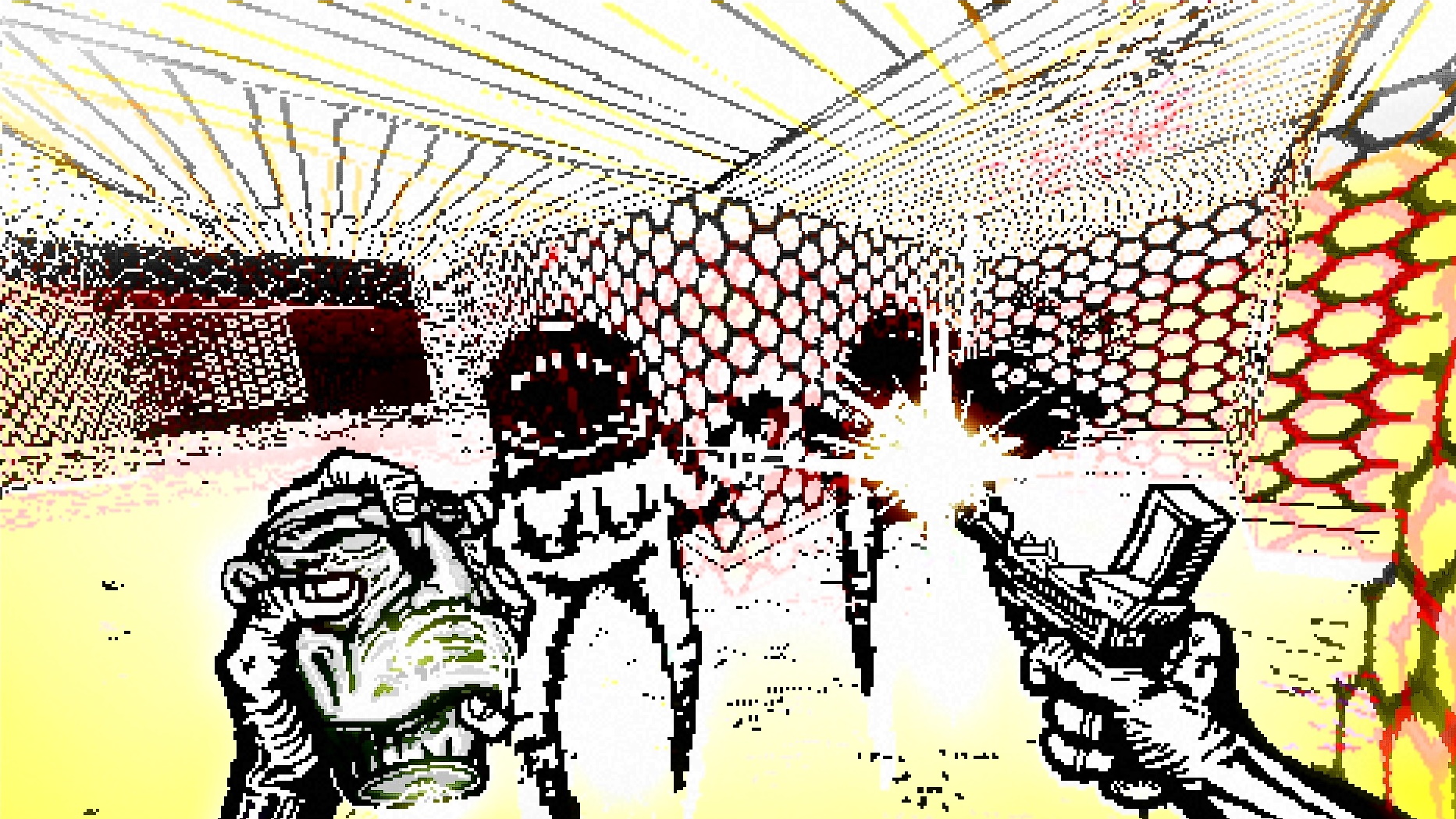
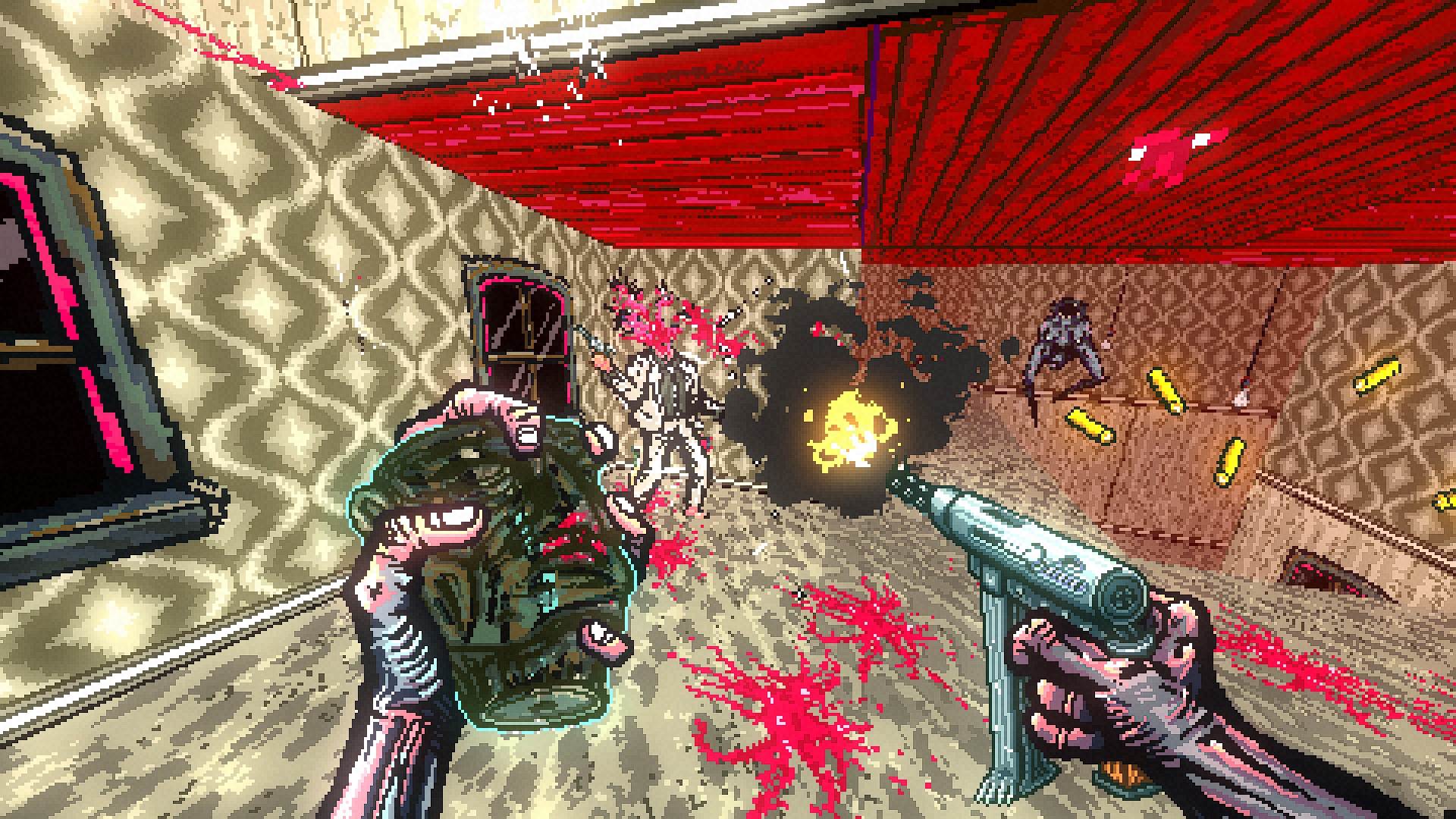
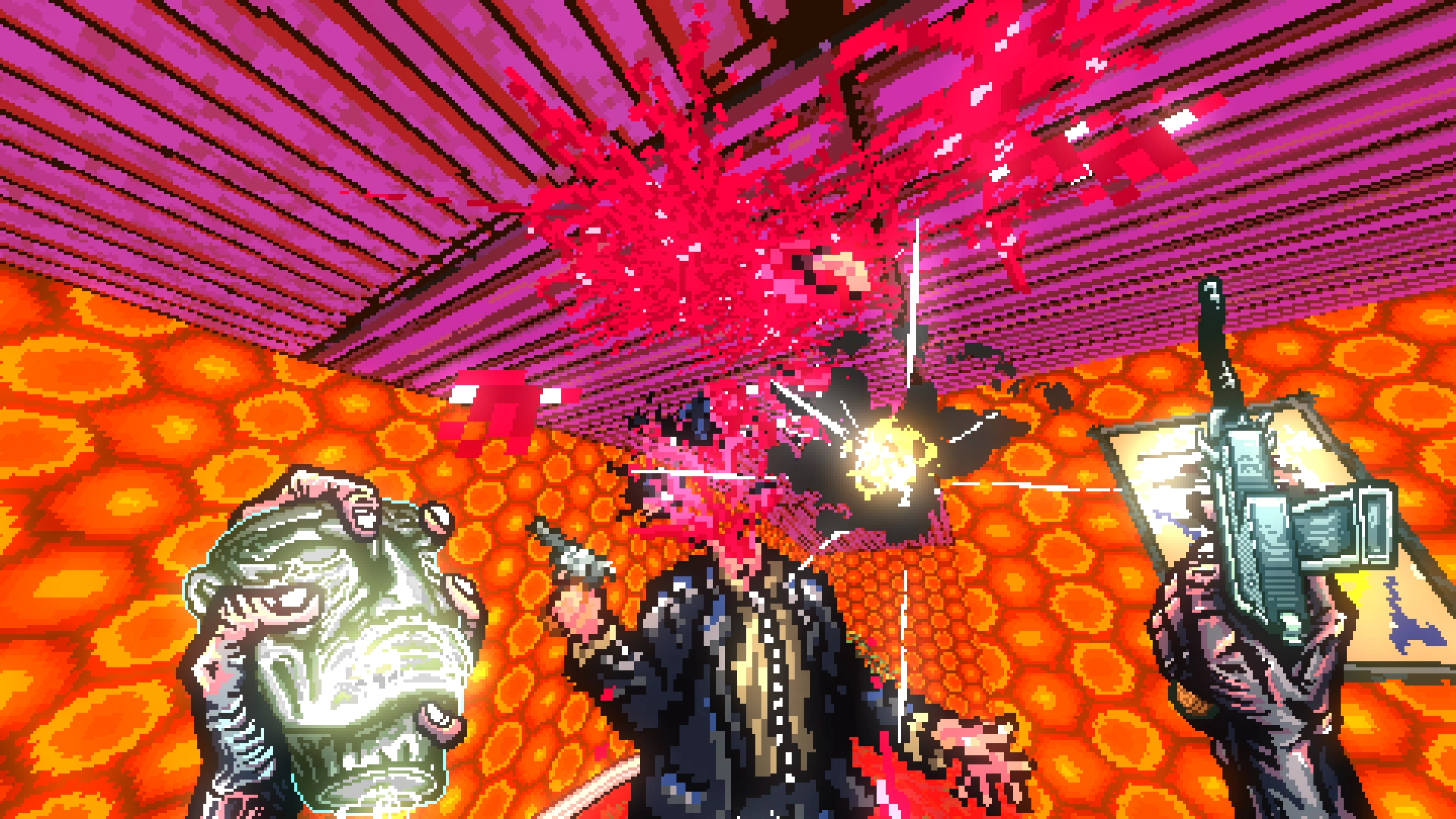
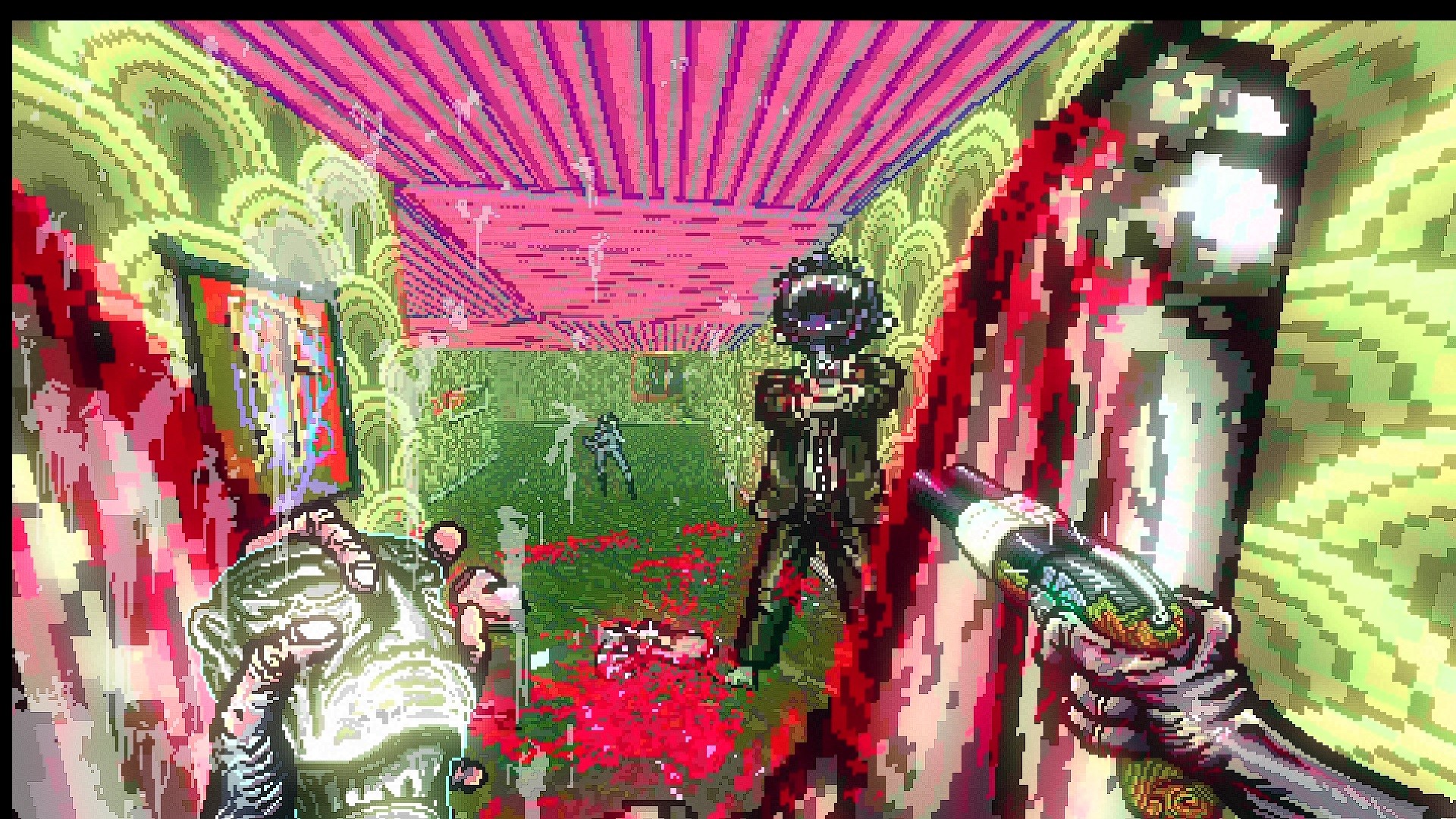
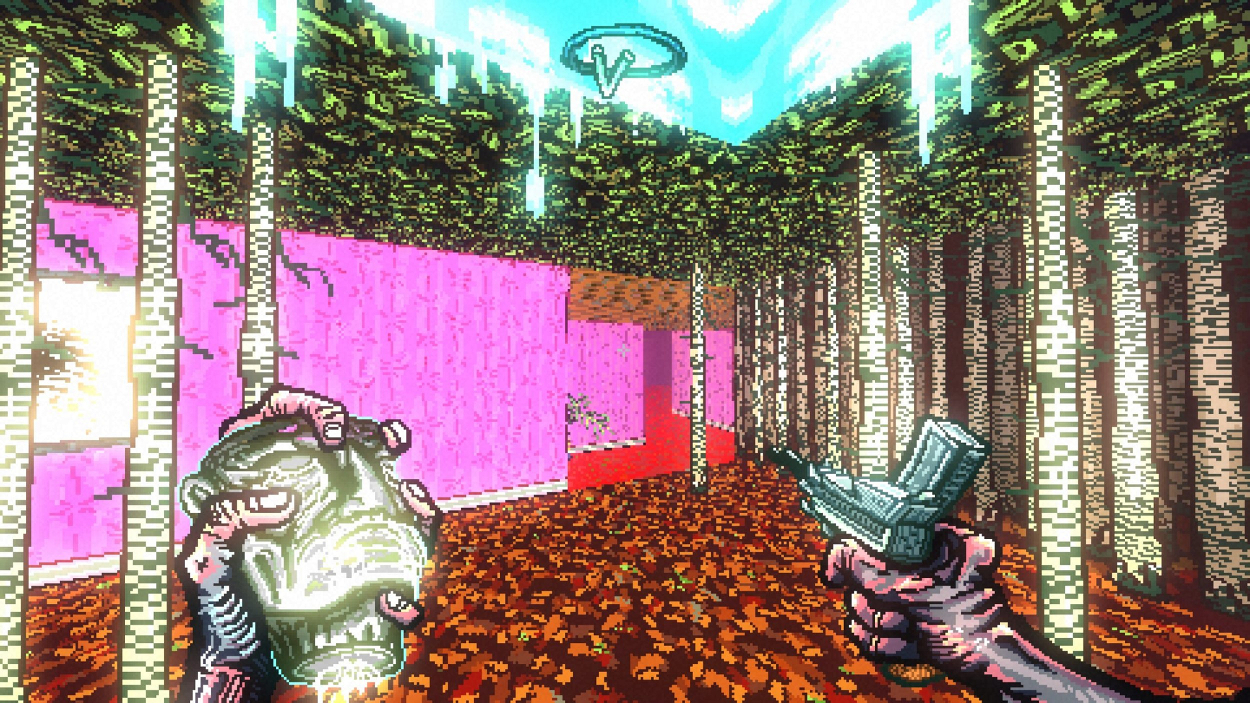
Thanks for taking the time to read our review. If you’d like to support us further, please consider buying us a coffee!
Destiny 2 – Lightfall
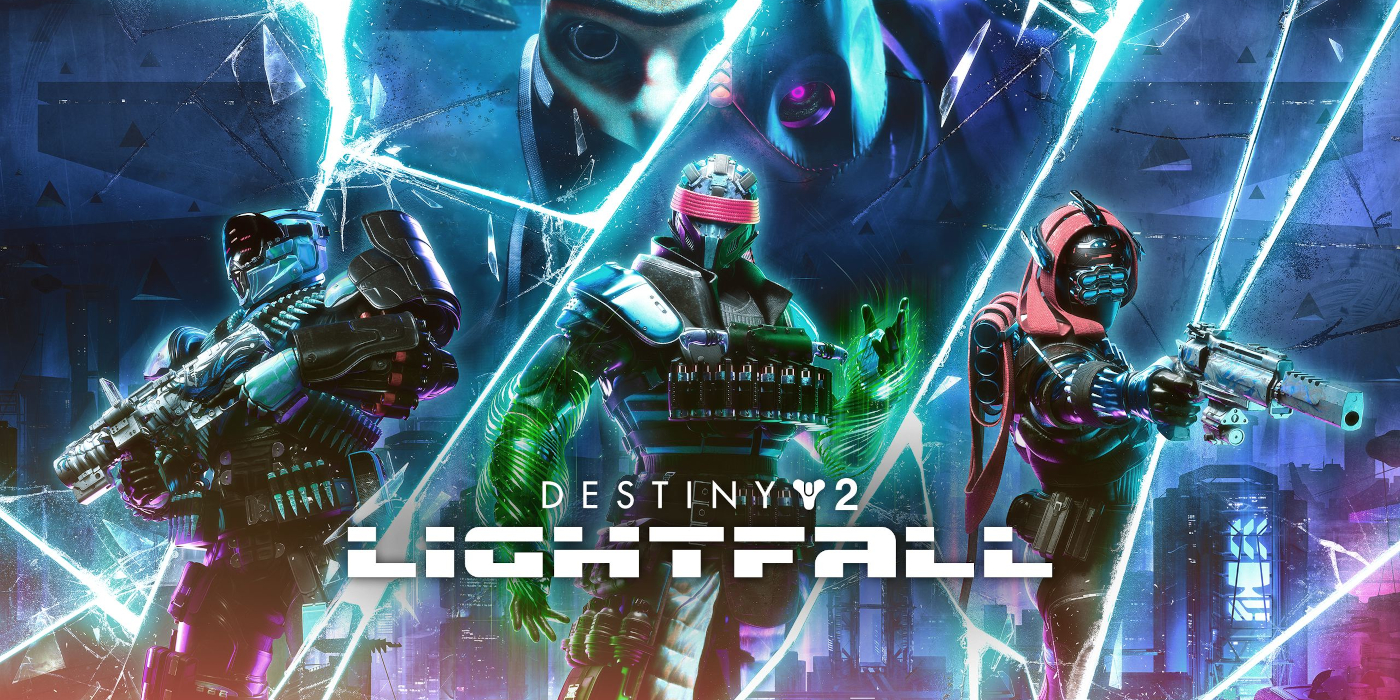

After the events of The Witch Queen and the Guardian’s long fight against Savathun, Bungie has lifted the lid on Destiny 2’s next big bad, The Witness. Lightfall is set to be the penultimate expansion in the Light and Dark war that has been building since the first game was released almost 10 years ago. The revelation that The Witness has been the mastermind behind almost everything in the last decade has had fans salivating at the prospect of facing off against the cloud-headed menace, but before that, we have new powers to get our hands on.
Note from the Editor: As Destiny 2 is a live service game, we’ll be reviewing all of the expansions and what they mean to the overall game. Current reviewed expansions are found below:
Destiny 2 – Lightfall begins where The Witch Queen left us last year, with The Witness and his forces finally arriving in the solar system. As Earth’s forces throw everything at this new interloper, the command centre is quickly overpowered and scattered to the various worlds that have been well-trodden over the years. The Witness disappears into the heart of The Traveller and… that’s it. The opening cutscene is all we see of this big imposing doom monger, as apparently, the Guardian has bigger fish to fry; dicking about with a new Tarzan-like ability.
After the bombastic opening and a short mission that involved running around on an enemy spaceship, I arrived in Neomuna, a vibrant city in the heart of Neptune that has somehow avoided all of the shenanigans that The Witness and the Black Fleet have brought to the solar system over the last few hundred years. That was until I arrived, where I was quickly given a gun and told to sort out the mess I specifically had made. The first step in this new cause is to obtain Strand Energy, a wobbly green beam of energy that can be used as a means to swing around certain areas or to lasso enemies like an armoured Indiana Jones. This is the first new power since Beyond Light so Bungie was keen to make this the sole focus of Lightfall.
At A Glance
| Destiny 2 – Lightfall | |
| Positives | + Vibrant new world to explore + Great supporting cast + Strand energy is pretty fun |
| Negatives | – No real plot development – Dull missions – Big advert for next year’s Final Shape DLC |
| Overall | No Score |
| Played On | PS5 |
| Also Available On | PC, PS4, Xbox Series X|S, Xbox One |
| Find out about our scoring policy here. | |
To this end the new location of Neomuna is built for the use of this new power and is a far cry from the ruined environments of Earth, or the dark nests of Hive forces we’ve become accustomed to over the years. Neomuna is a lively place full of tall skyscrapers, fluorescent lights, and brimming with technology that is untouched by a brutal war and just wandering around the city is unlike anything Bungie has created in Destiny so far. Once you unlock the Strand ability outside of the campaign, you’re free to swing through the futuristic city like Peter Parker with a laser cannon.
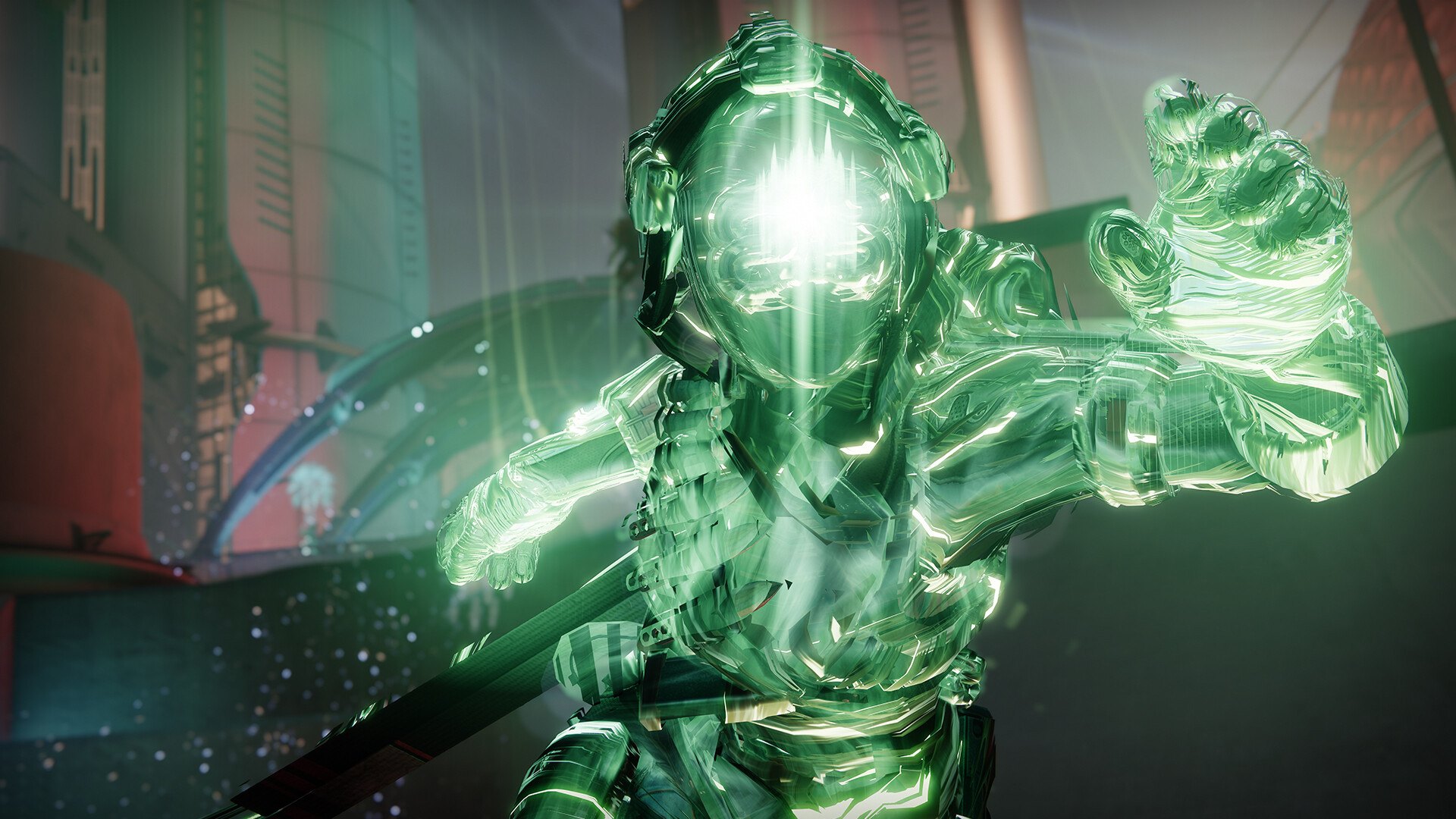
Once the abilities have been unlocked, traversing Neomuna becomes a genuinely fun experience that reminded me more of Mirror’s Edge rather than the first-person shooter I’ve become acutely aware of. In battles, the sword beams which you could shoot by hitting the shoulder buttons allowed me to cut down enemies with gleeful abandon, but taking the powers back to the rest of the solar system felt a little off. Neomuna is full of large gaps and tall buildings, meaning it is the perfect playground to fly from point to point, showcasing my new skills but once I left the planet, I quickly swapped back to my trusty Void build as the other planets are painstakingly flat in comparison so I couldn’t get much airtime. It’s a shame that I quickly defaulted back to my trusty build, but with Destiny 2’s 2023 update at least I can now save specific loadouts so I could sort out a few setups and quickly swap them on the fly.
With the Strand ability being the primary focus of the 2023 Destiny 2 expansion, this does mean there’s a wealth of new gear to plunder throughout the solar system. The weapons introduced are remixes of what’s come before and unlike 2022’s Witch Queen expansion, there are no new weapon types this time around. That being said, Hand Cannons, Auto Rifles and Grenade Launchers can now be infused with Strand abilities to smash through enemies. While I understand that Bungie couldn’t add in a whole new weapon type to play in every new expansion, it did leave me feeling that Lightfall is just more of the same ground we’ve covered before, albeit with guns covered in green light.
As there is only one officially announced expansion left on the horizon for Destiny 2, this add-on was always going to be a hard sell. Lightfall is purely there to make sure all the pieces for 2024’s Final Shape are where they should be and compared to the incredible story, setting and content that was added in with last year’s expansion, I was left feeling like Lightfall would have been better served if it came before The Witch Queen. It is frustrating that this is the case as the new city of Neomuna is full of colour and life and is one of the most engaging environments I’ve explored in all of Destiny to date.
Thanks to its focus on the new powers, rather than progressing the story in any meaningful way, Lightfall ends up being a flat experience that leaves you wanting more. It doesn’t help that the Light vs Dark story, which has been building for the best part of a decade, is in its endgame. It also doesn’t help that the expansion has to live up to the incredible add-on that was released the year prior. There are good points to be found in Lightfall like the setting and the new Strand ability but as far as it being essential to the story, I’m not so sure. I’d only recommend Lightfall to the dedicated Destiny 2 players, or when it is inevitably rolled into the expansion collection when The Final Shape arrives.
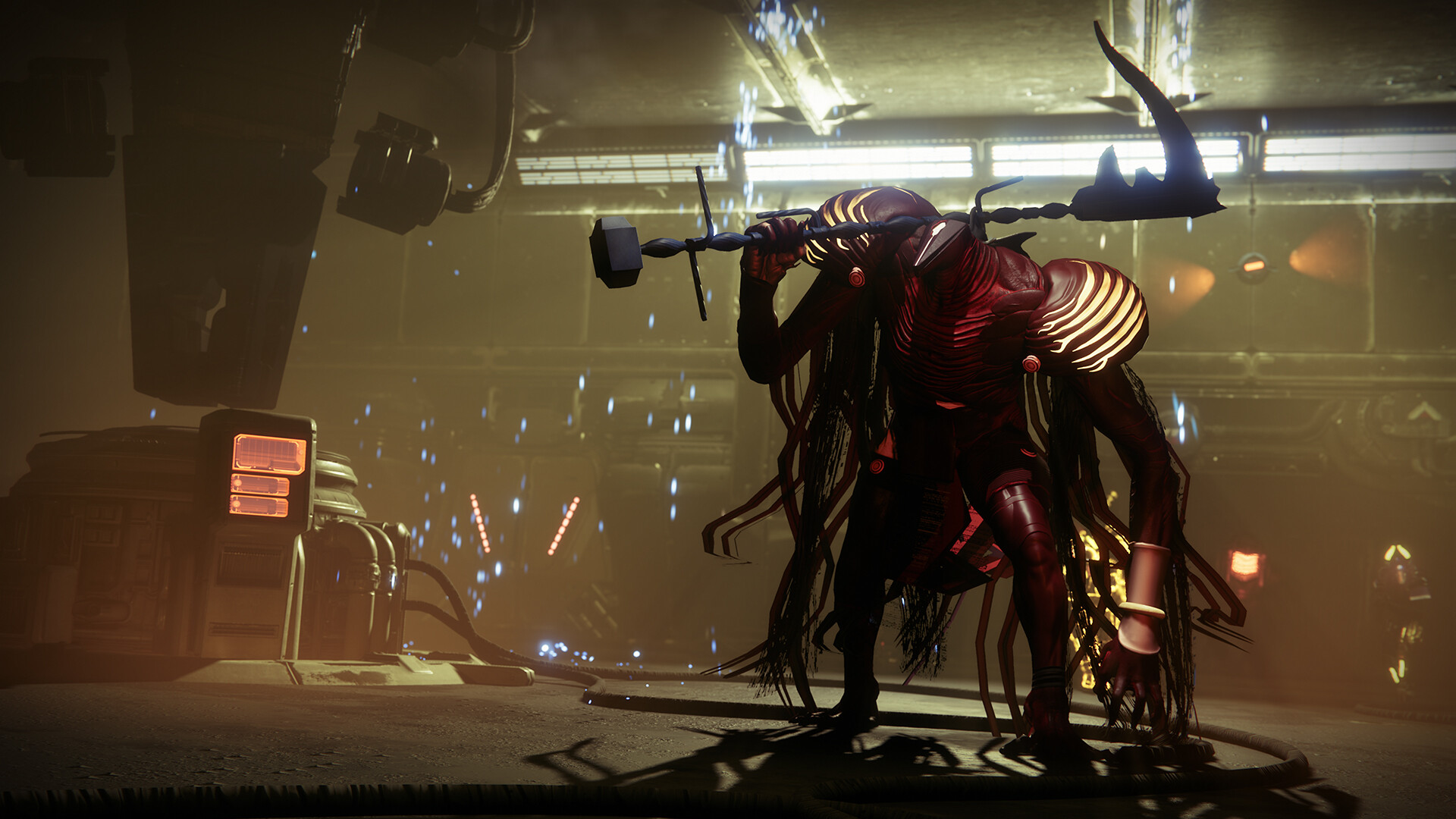
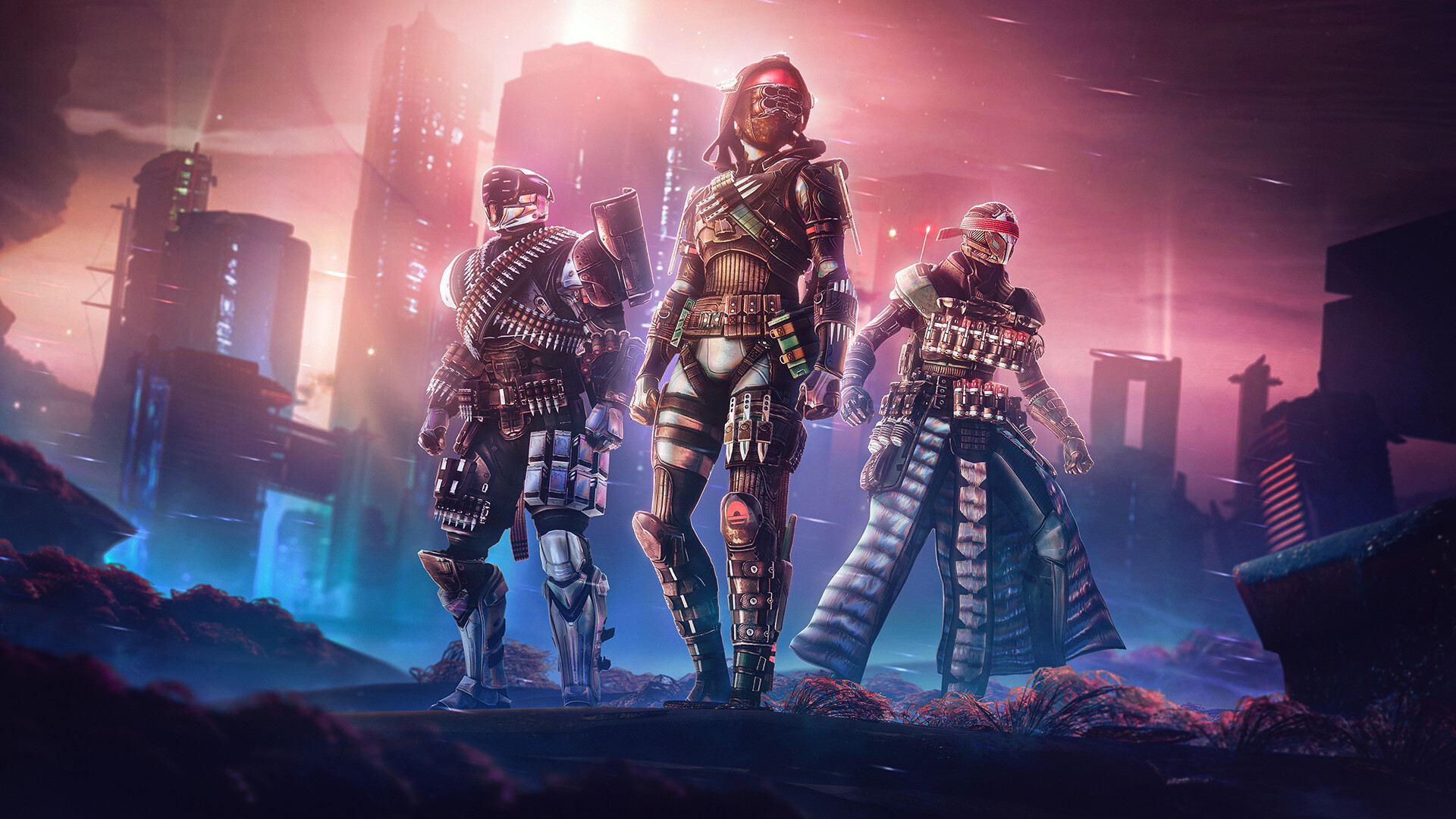

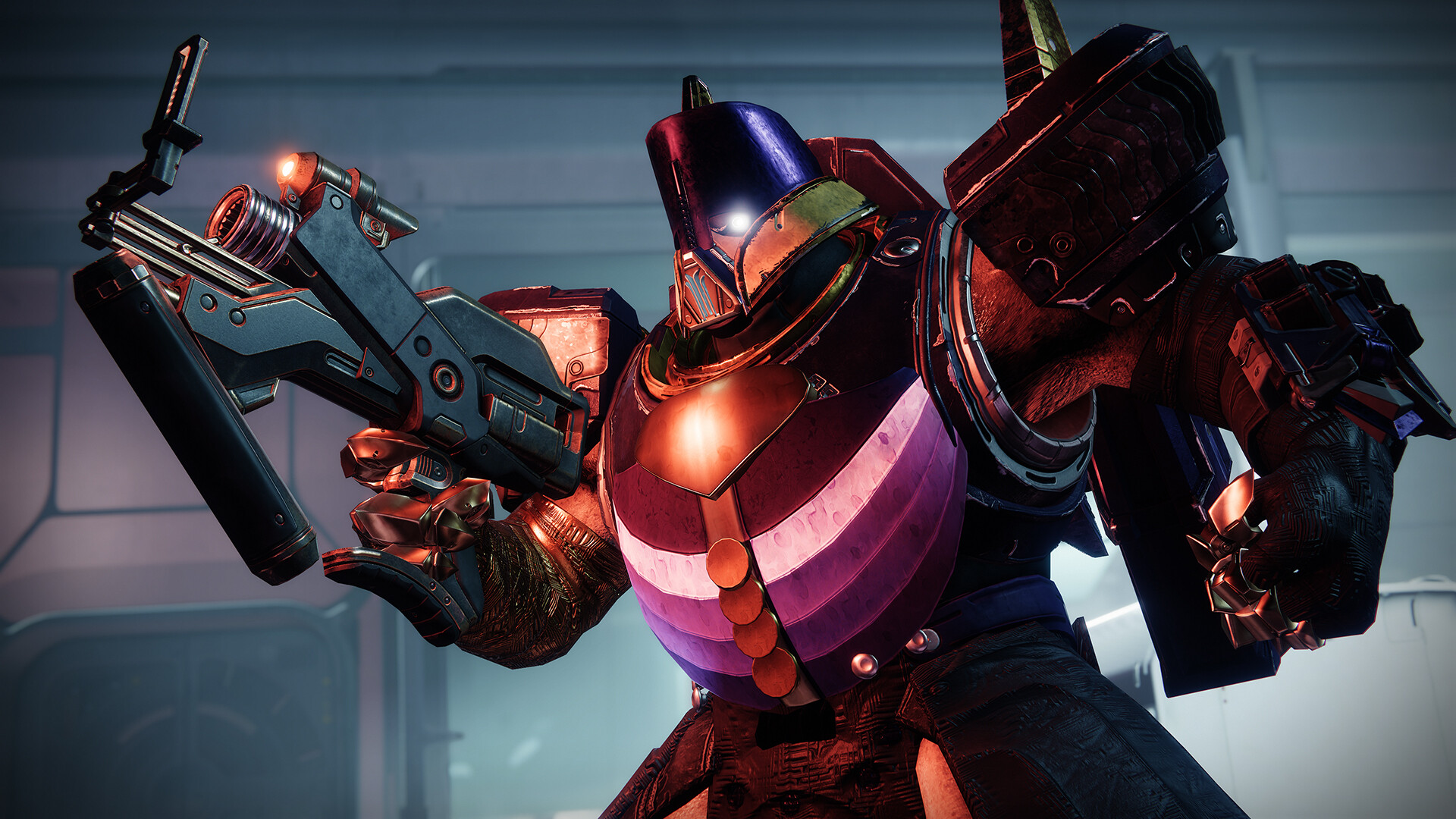
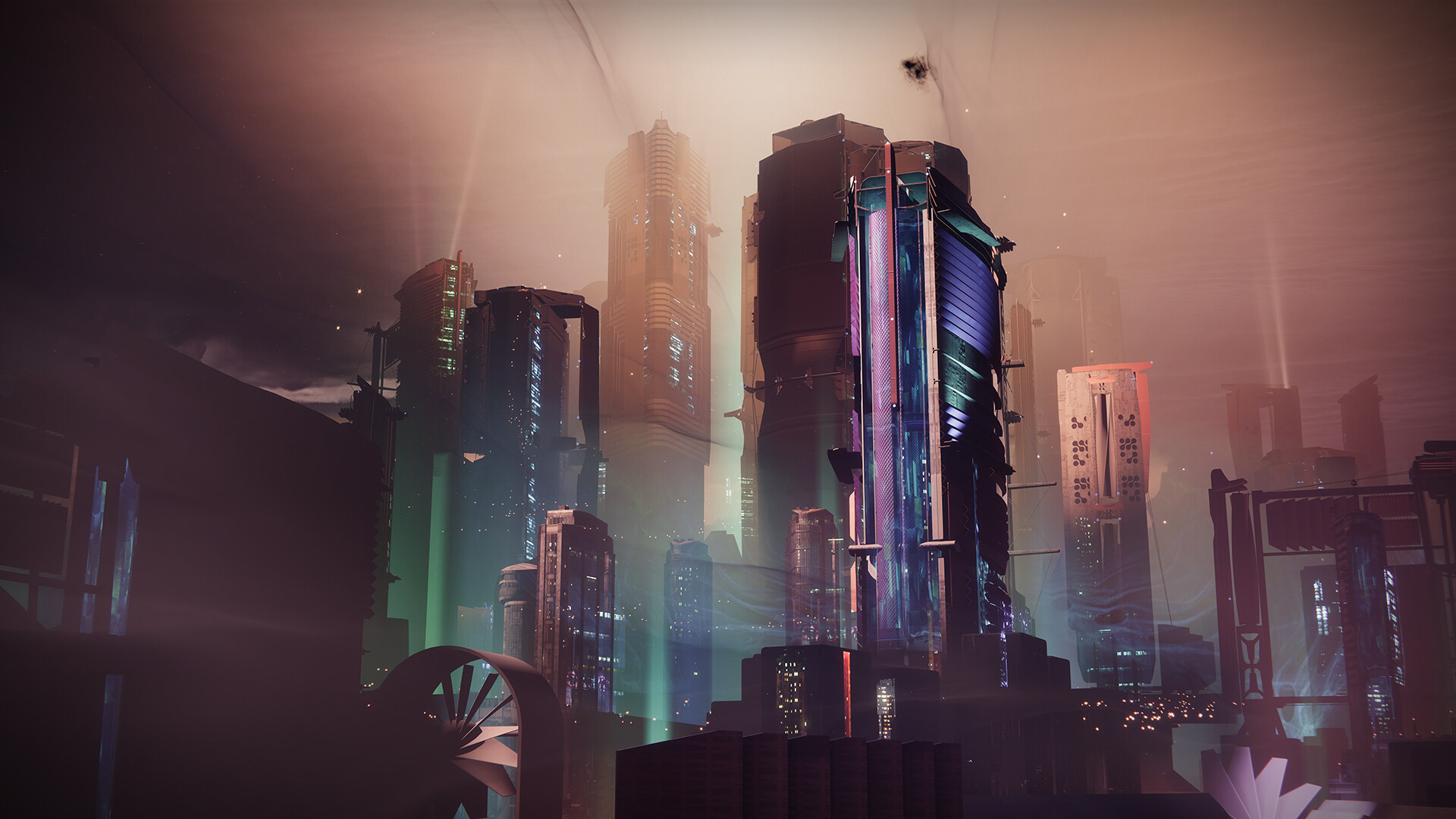
Thanks for taking the time to read our review. If you’d like to support us further, please consider buying us a coffee!


